Master loom weaving basics, explore patterns and textures, create contemporary tapestries with advanced design techniques
Dive into the world of textile art and master the essentials of loom weaving. Begin your journey with basic techniques, learning essential stitches, materials, and tools to create beautiful woven pieces. Explore hand weaving methods to craft decorative textiles, focusing on texture and unique design elements. Enhance your skills by designing and weaving intricate patterns on a frame loom, adding complexity to your creations.
Advance to the colorful realm of circular loom weaving, where you’ll explore vibrant compositions and color theory. Elevate your work with advanced wool tapestry techniques, incorporating relief effects, fringes, and varied textures. Finally, blend traditional and modern approaches in contemporary tapestry creation, allowing your personal style to shine. Guided by Lucy Rowan, Cassandra Sabo, Rachel Snack, Jen Duffin - Nova Mercury, Allyson Rousseau, and Marion Weymes, this comprehensive specialization equips you with the skills and knowledge to create a cohesive tapestry collection. From foundational skills to advanced techniques, you’ll develop a professional portfolio ready for exhibition or professional practice.
What will you learn in this specialization?

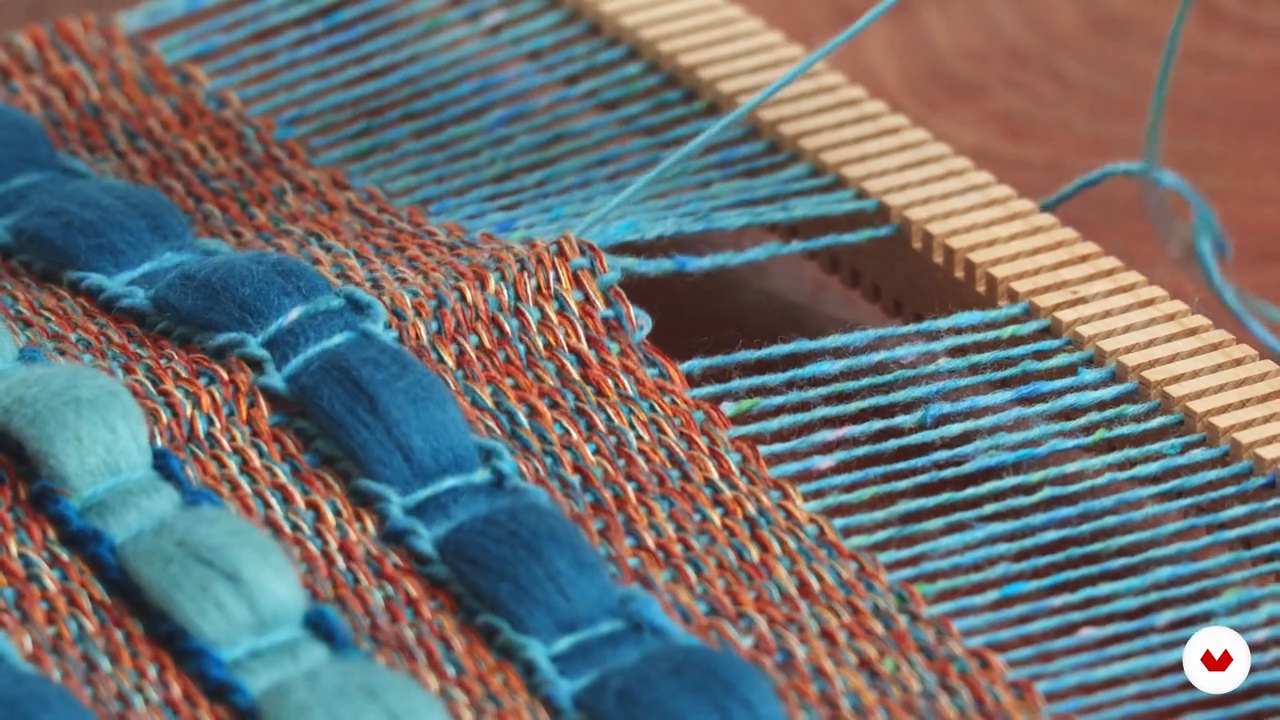
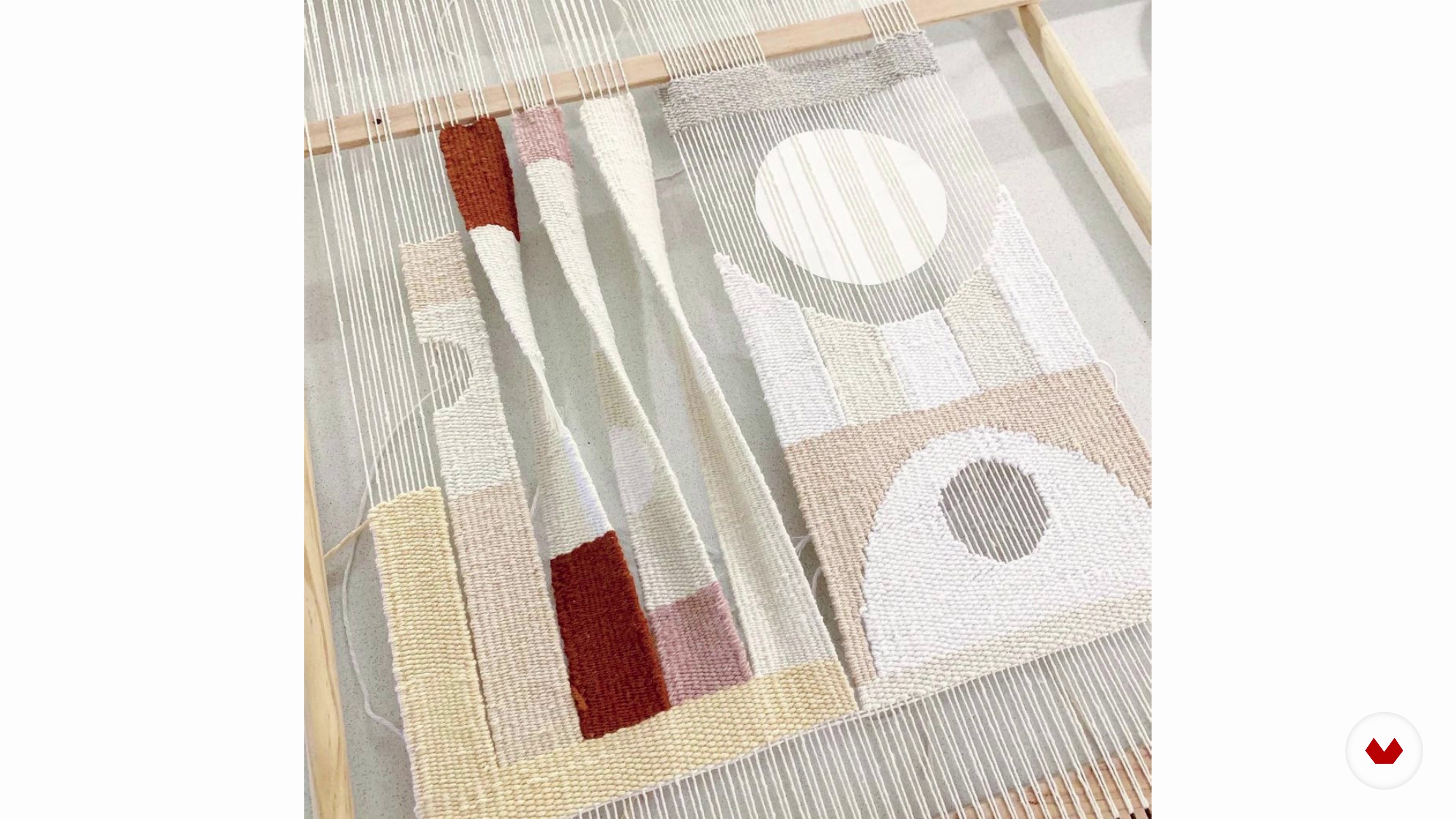
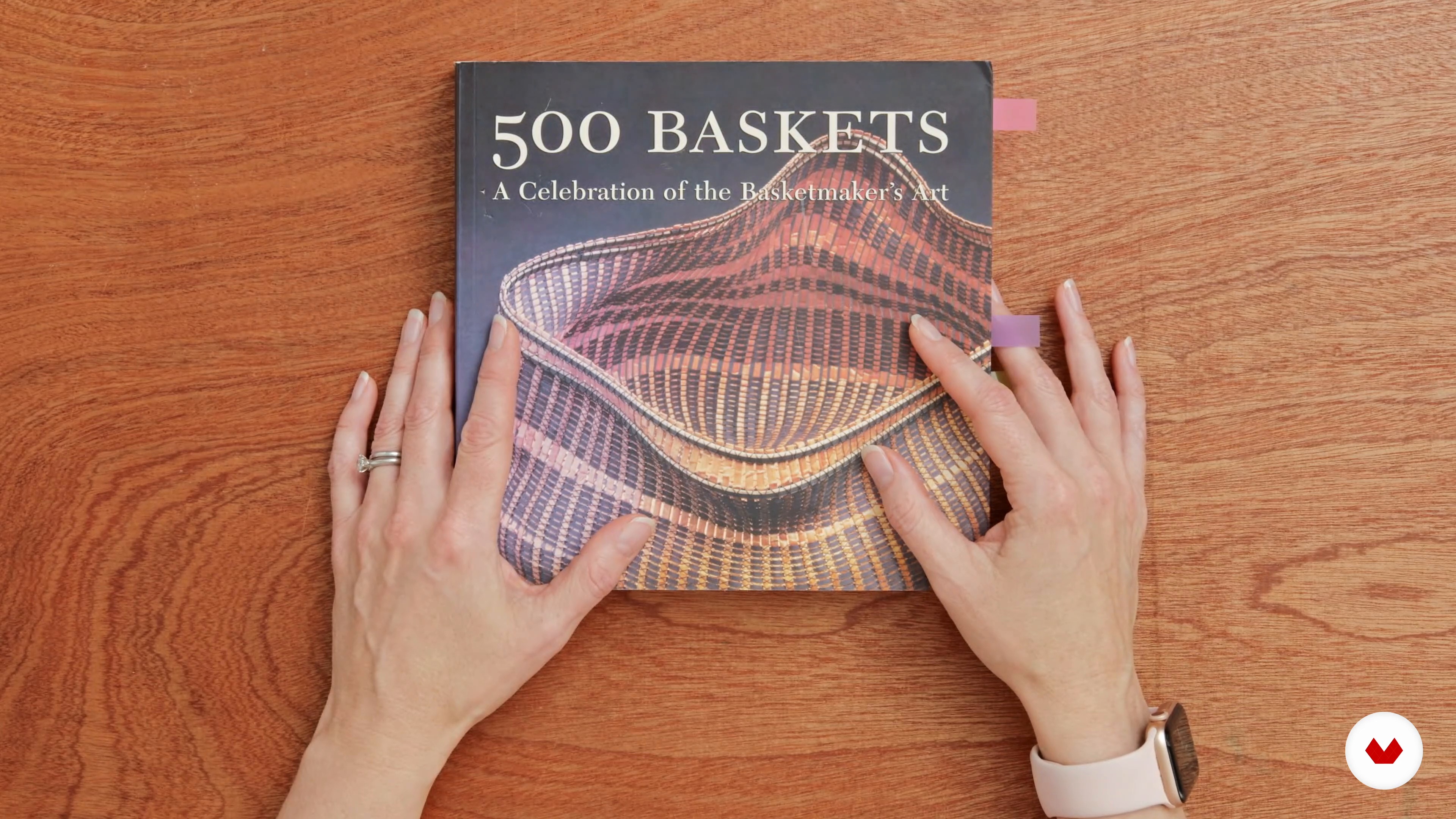
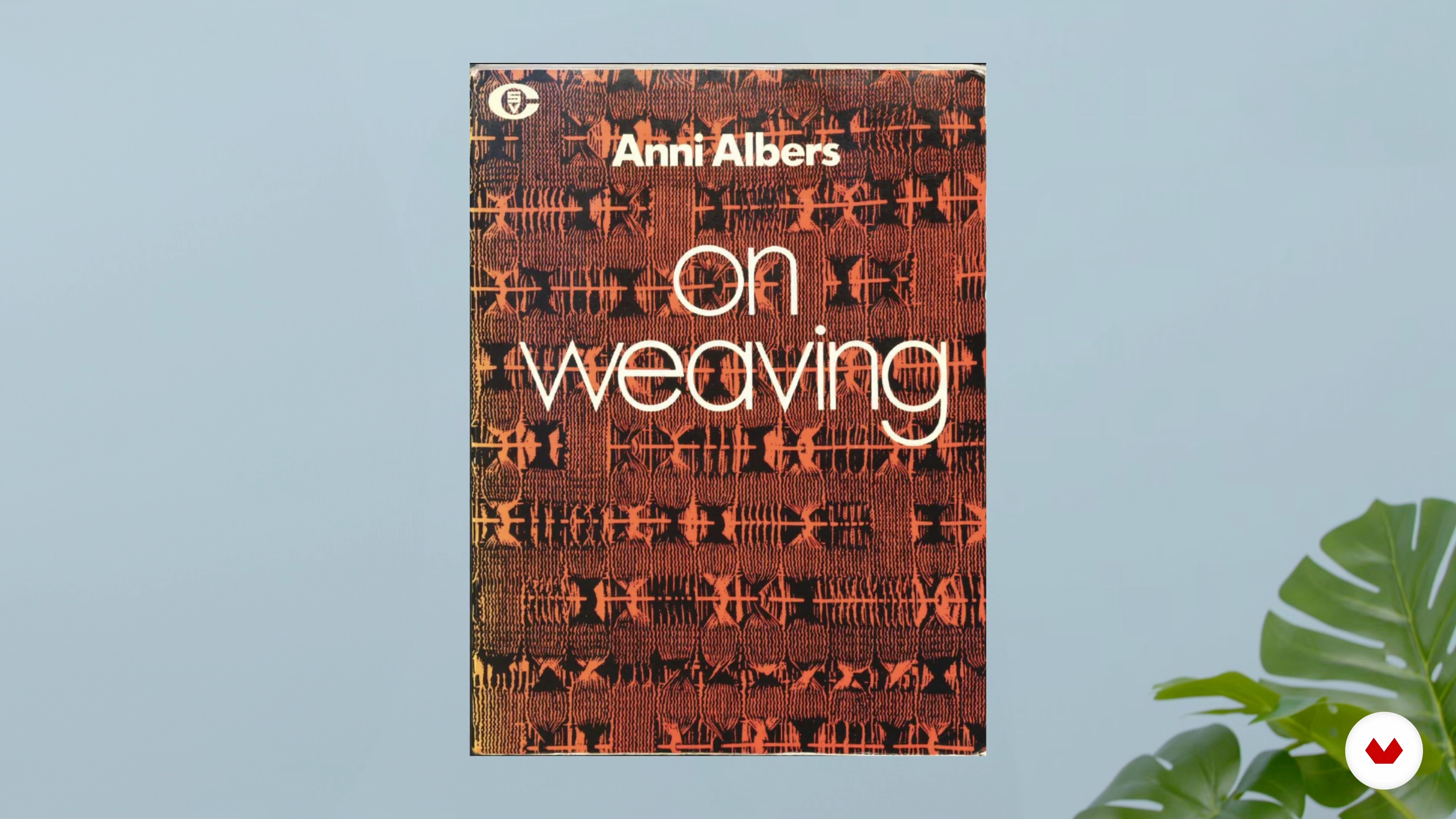

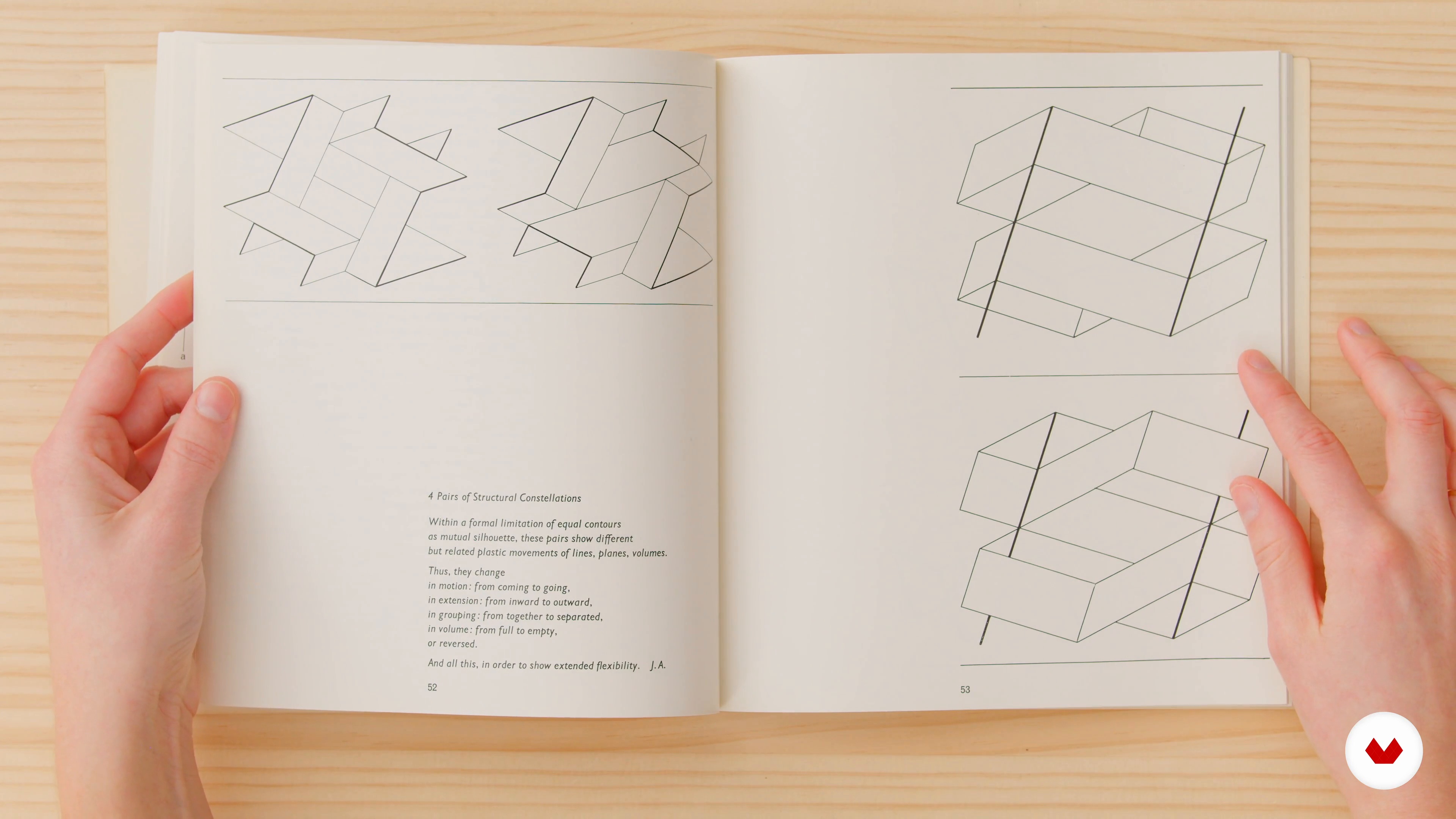
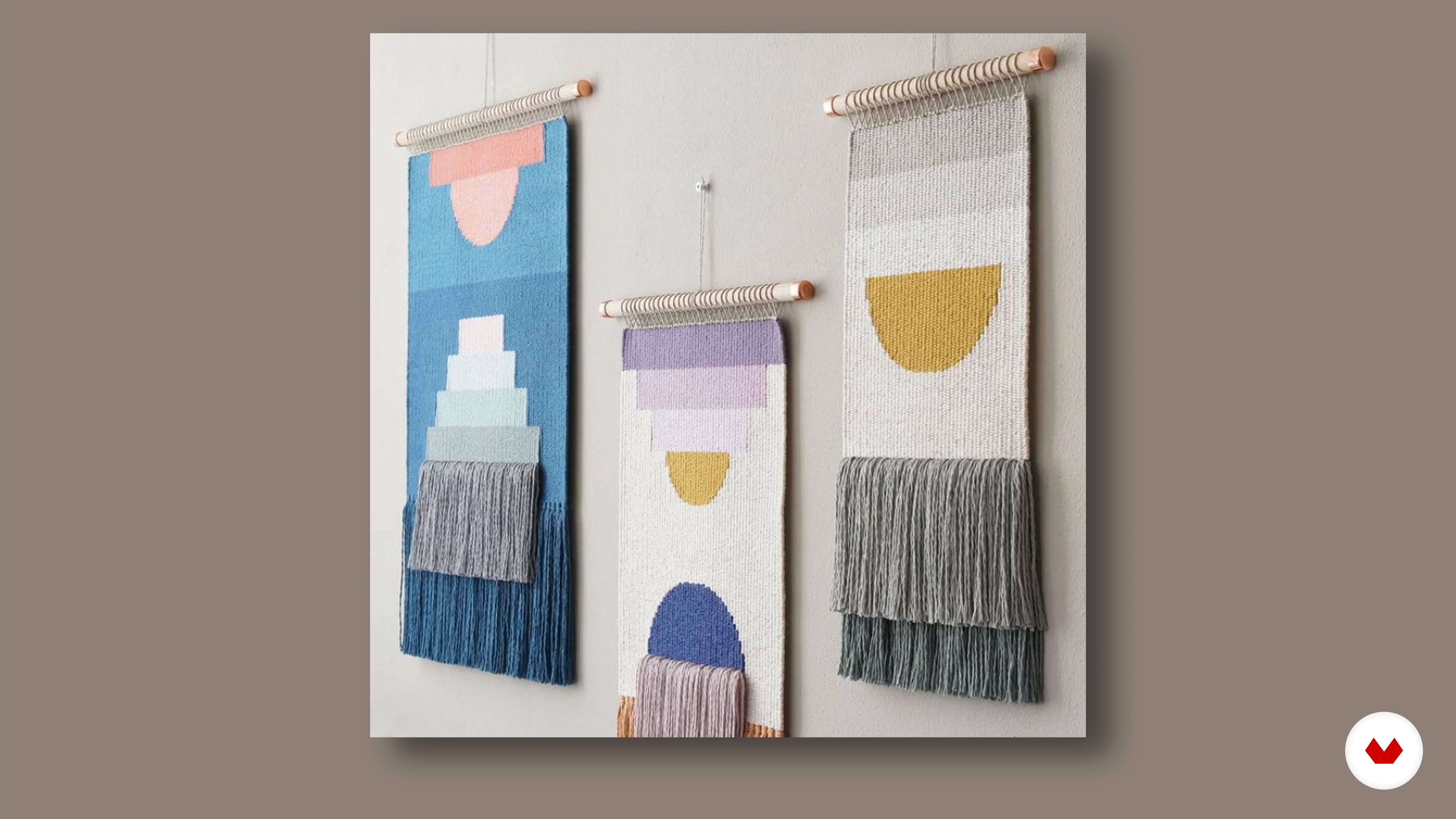

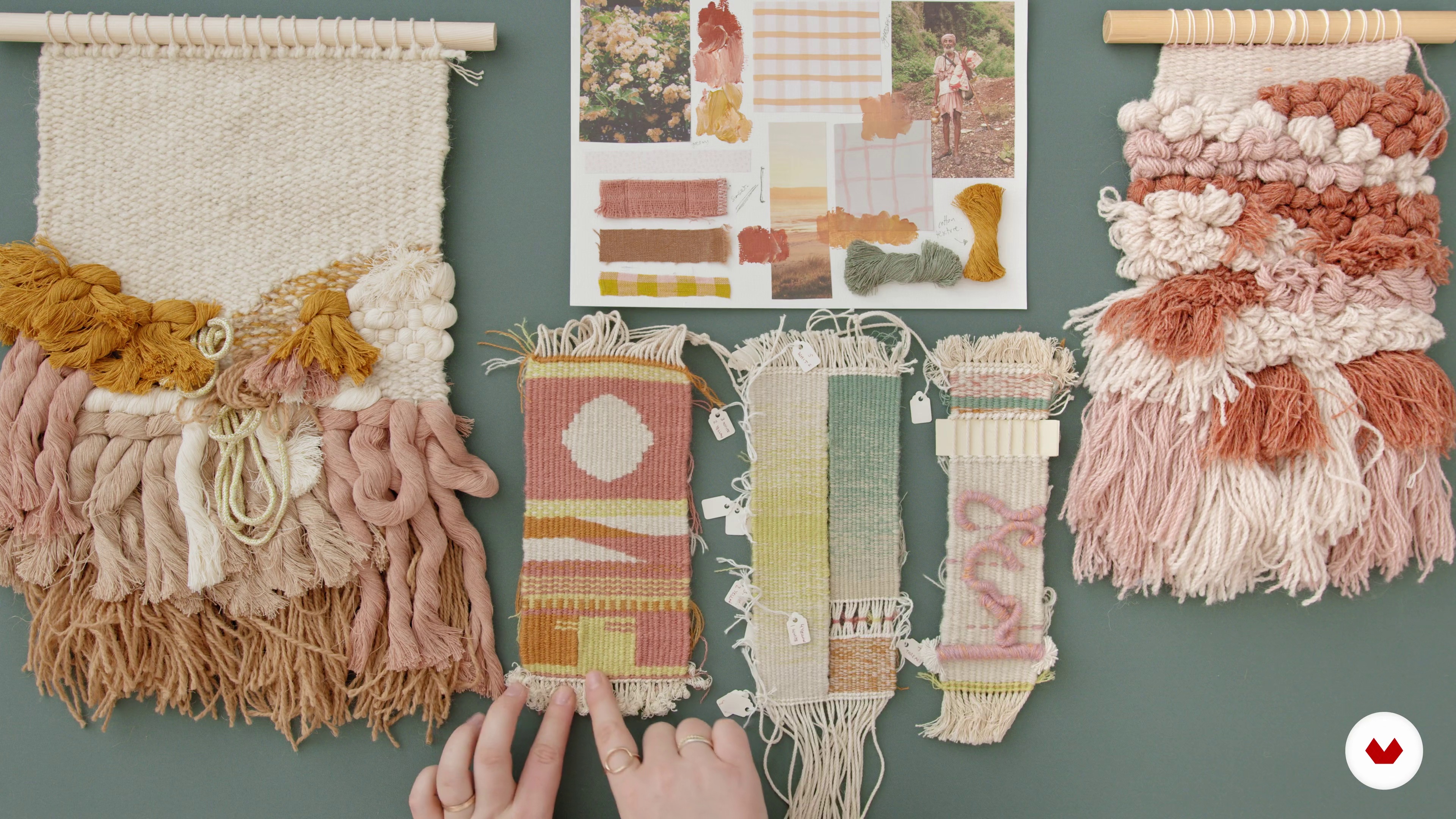
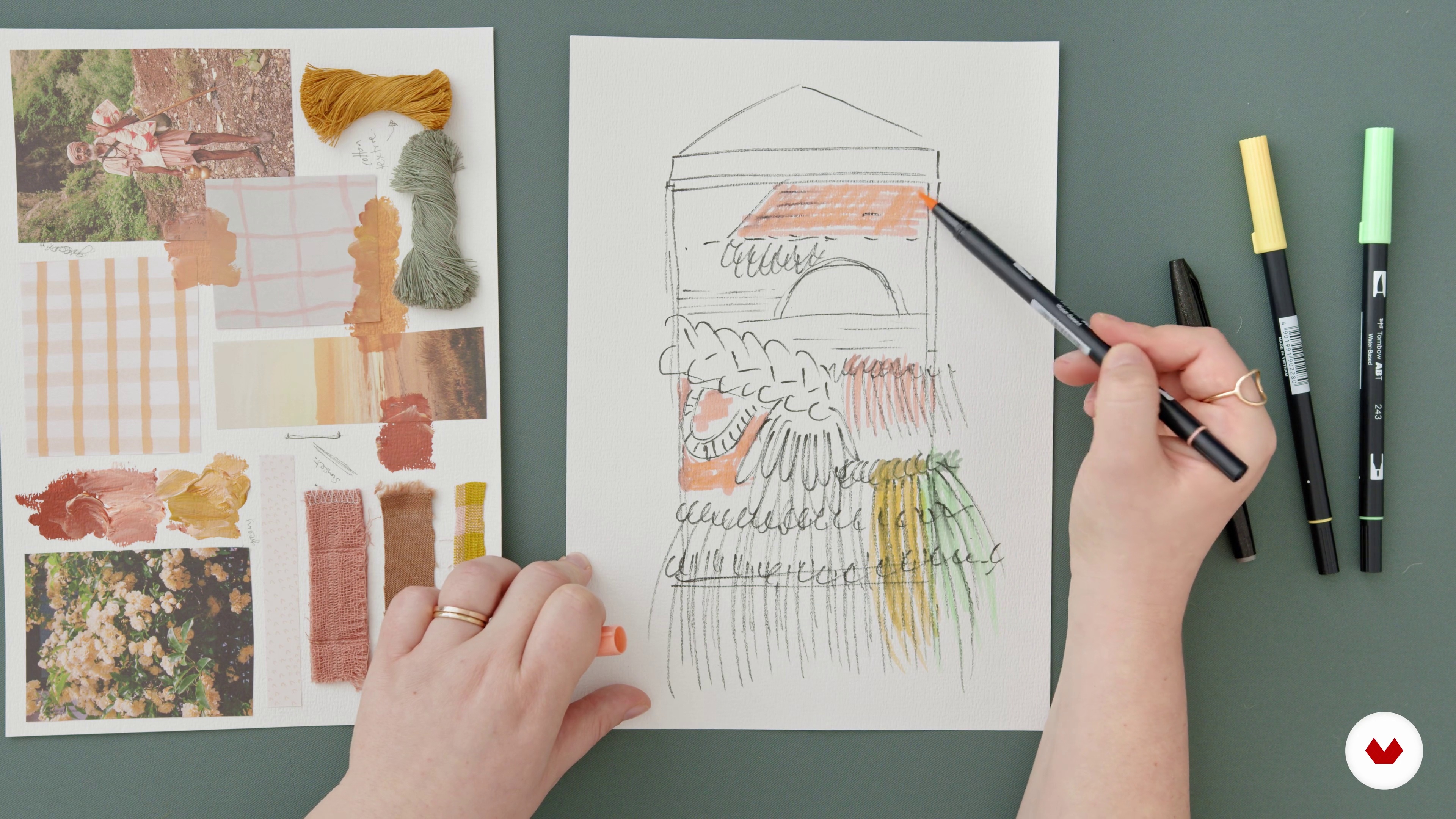
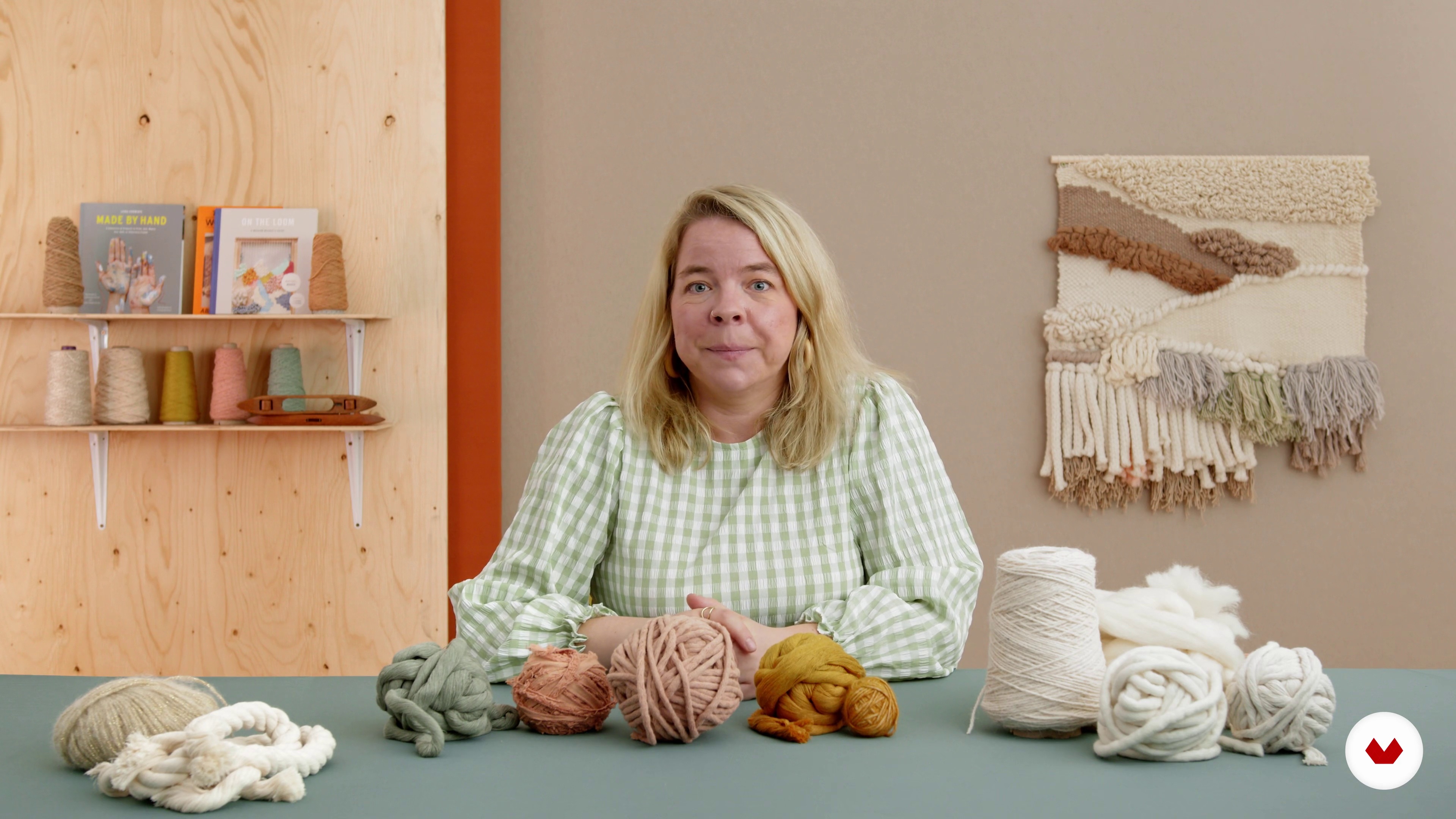
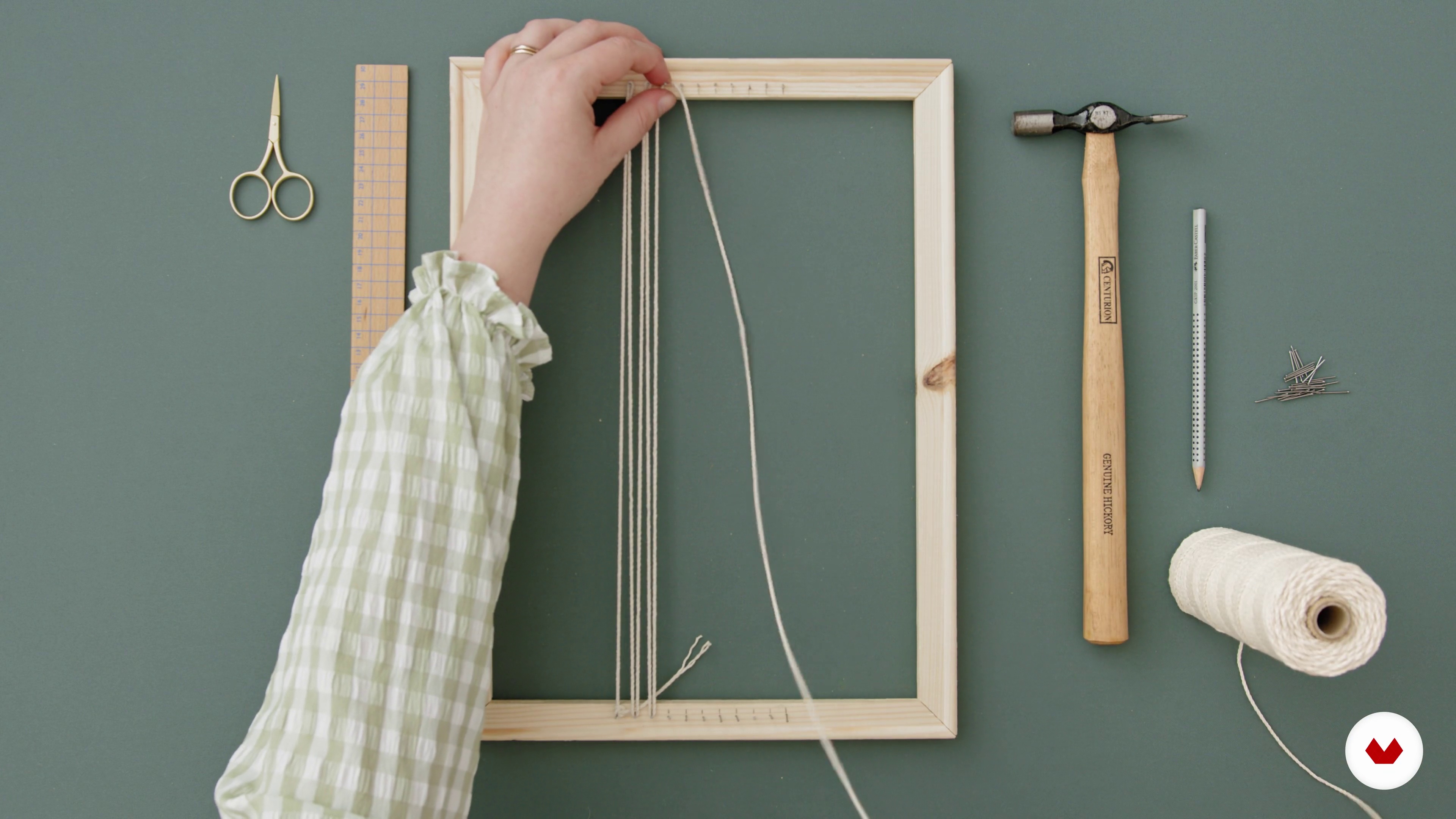
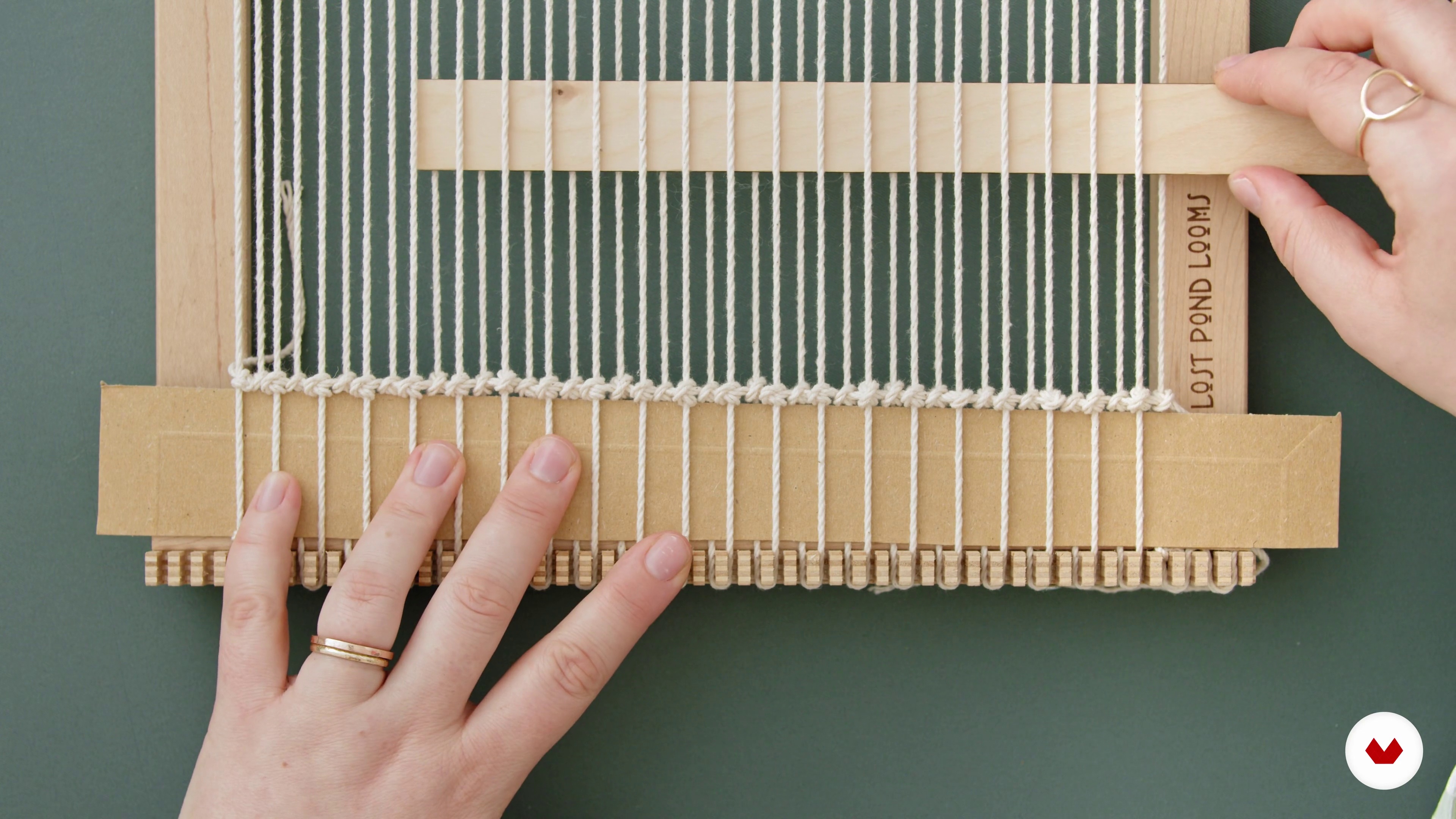
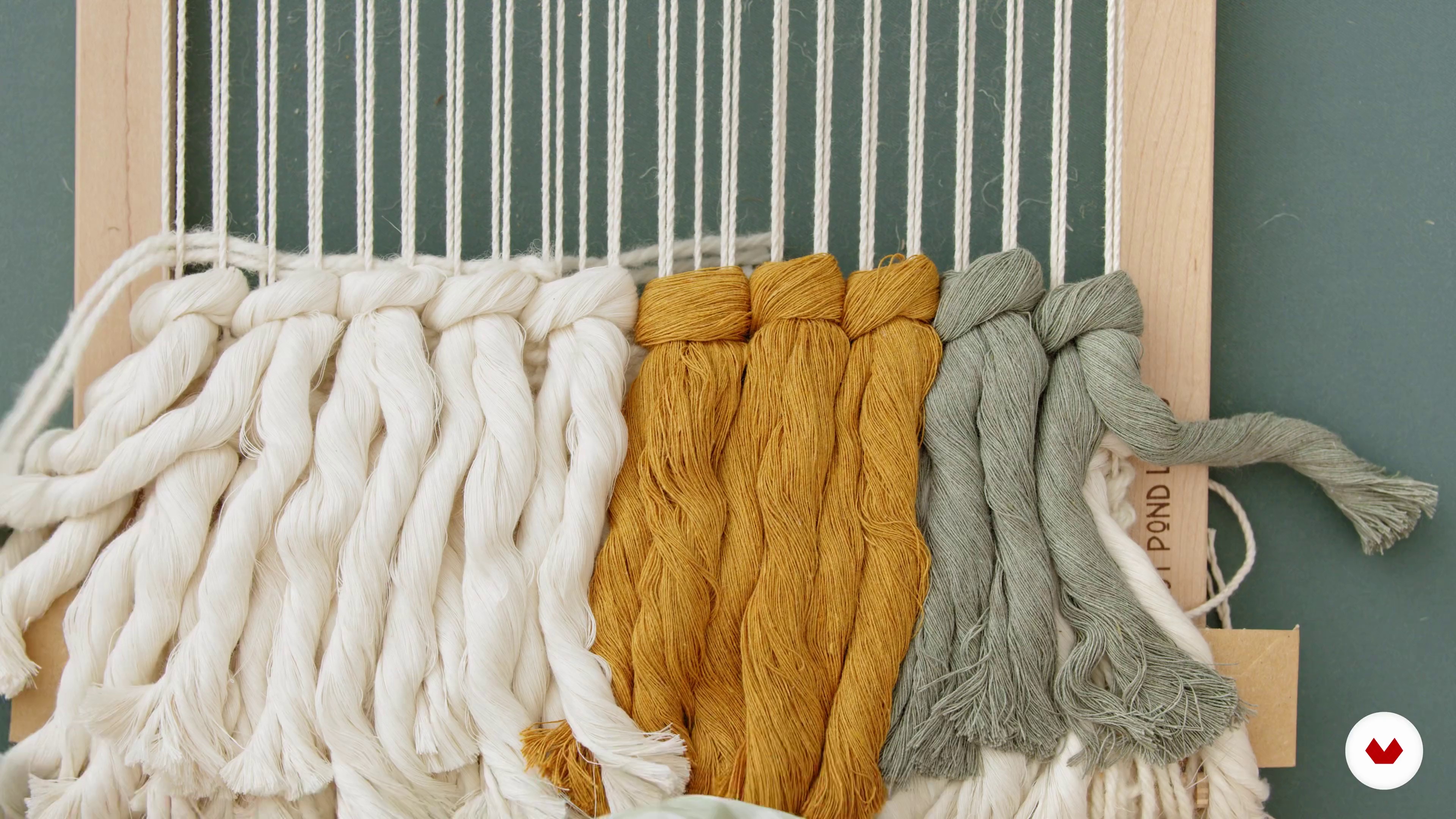
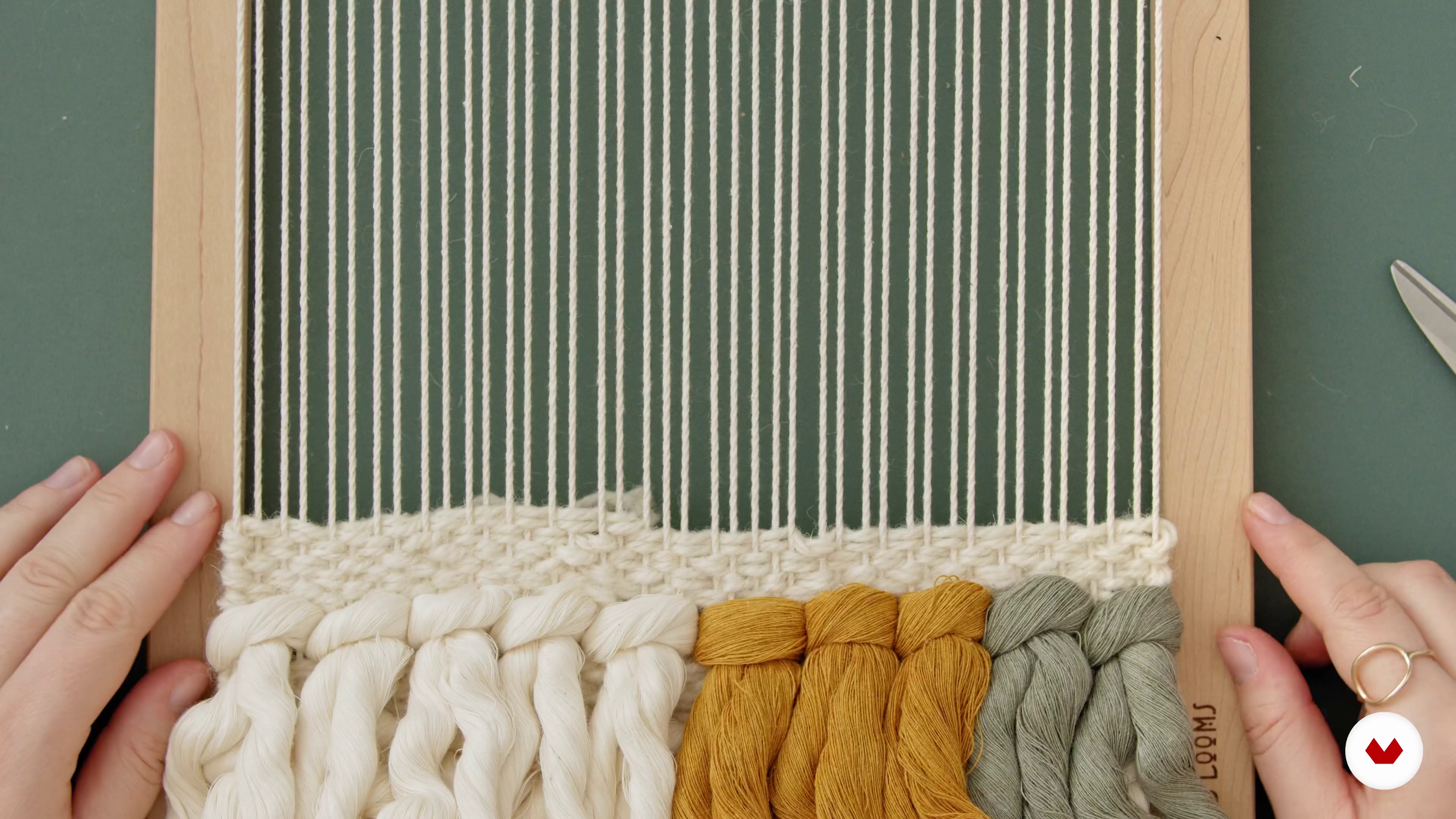
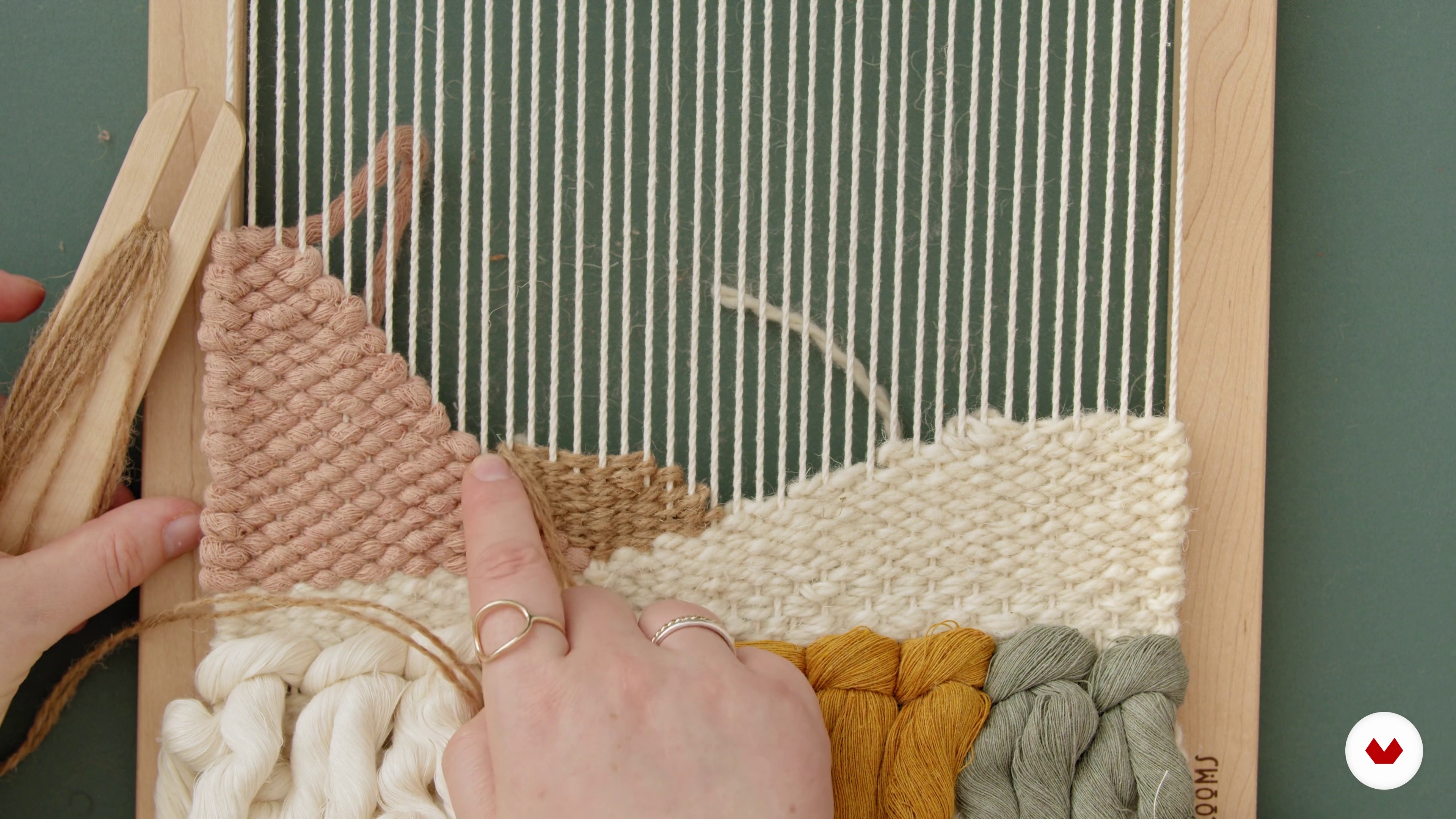
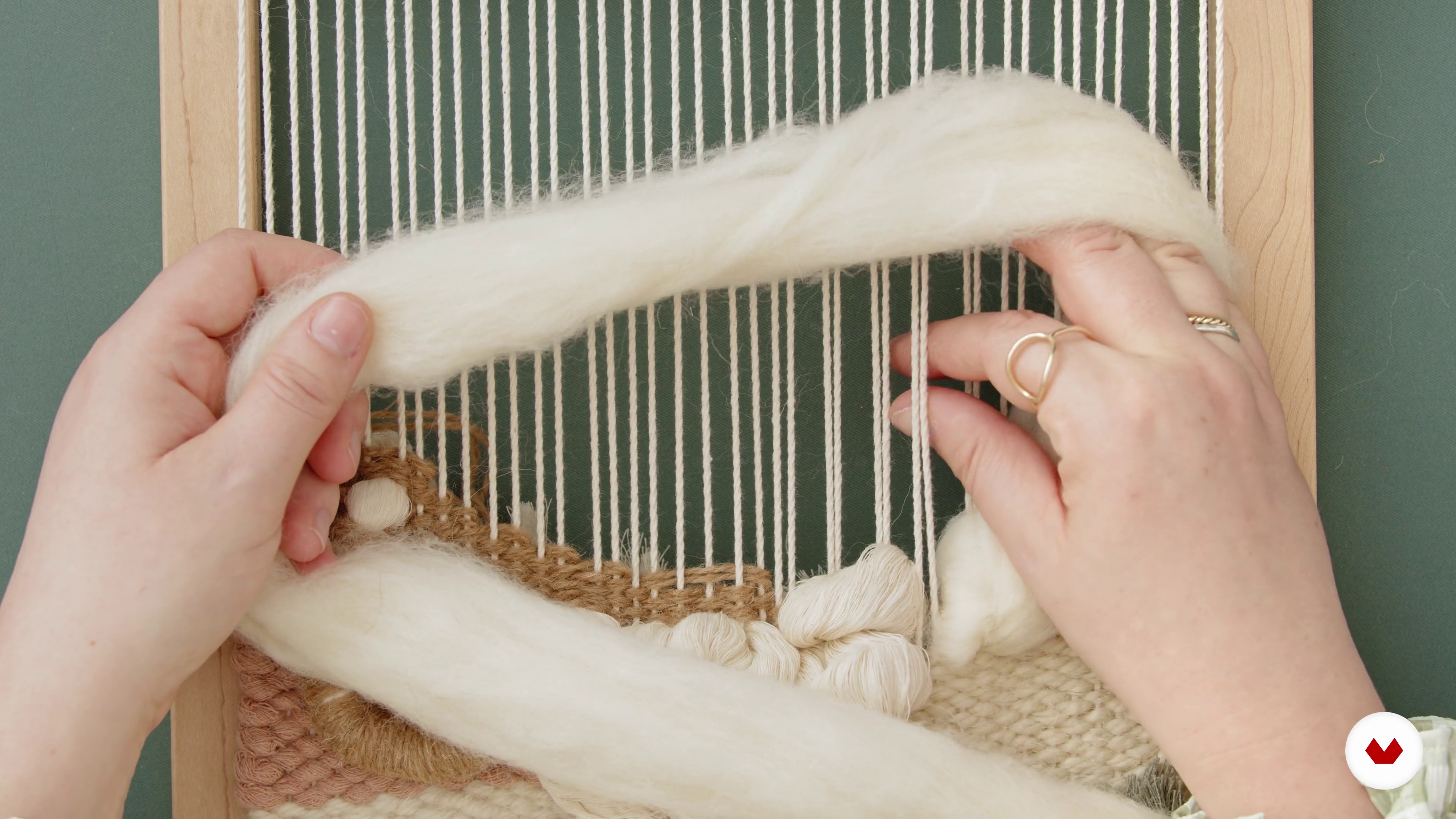
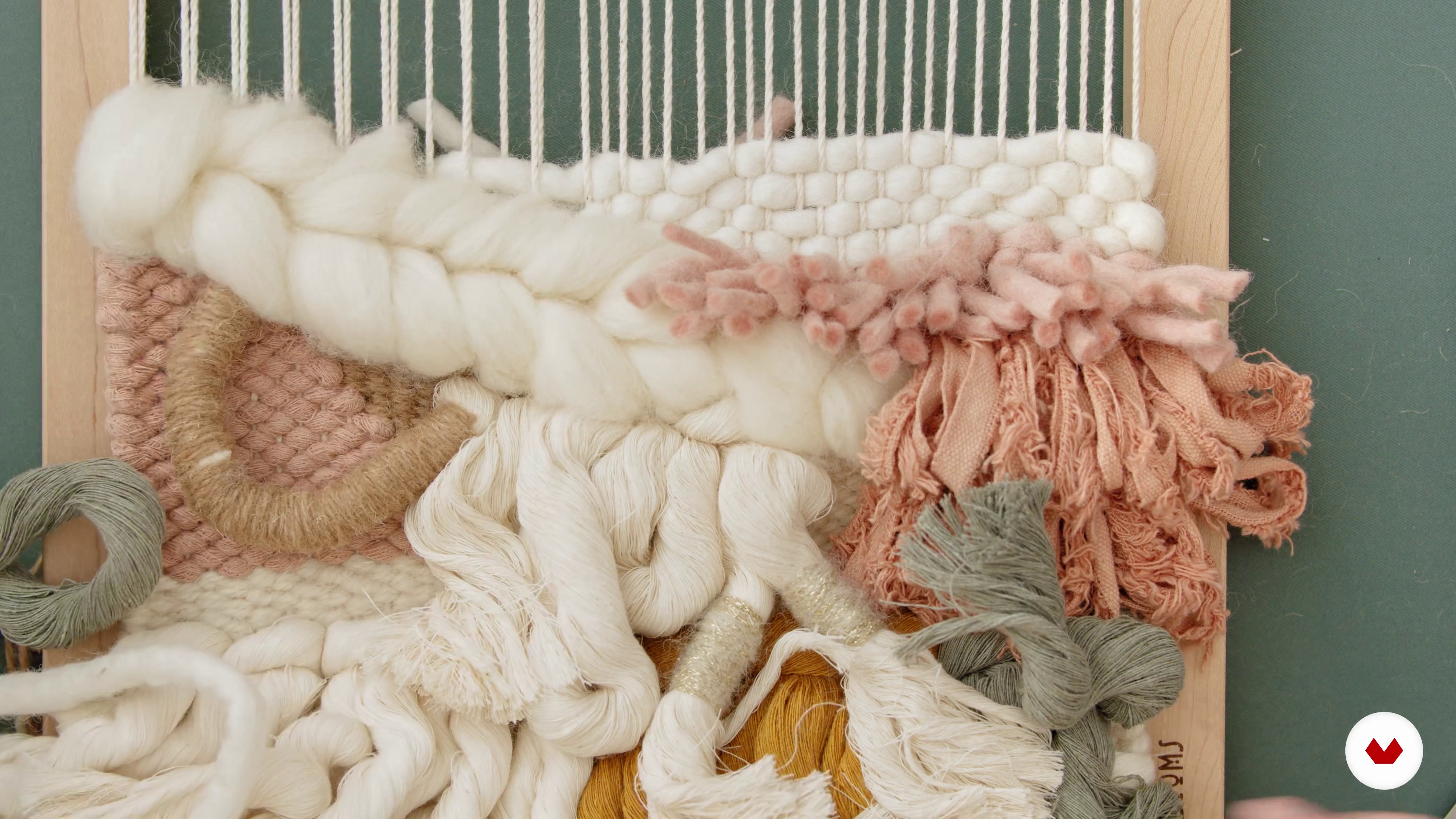
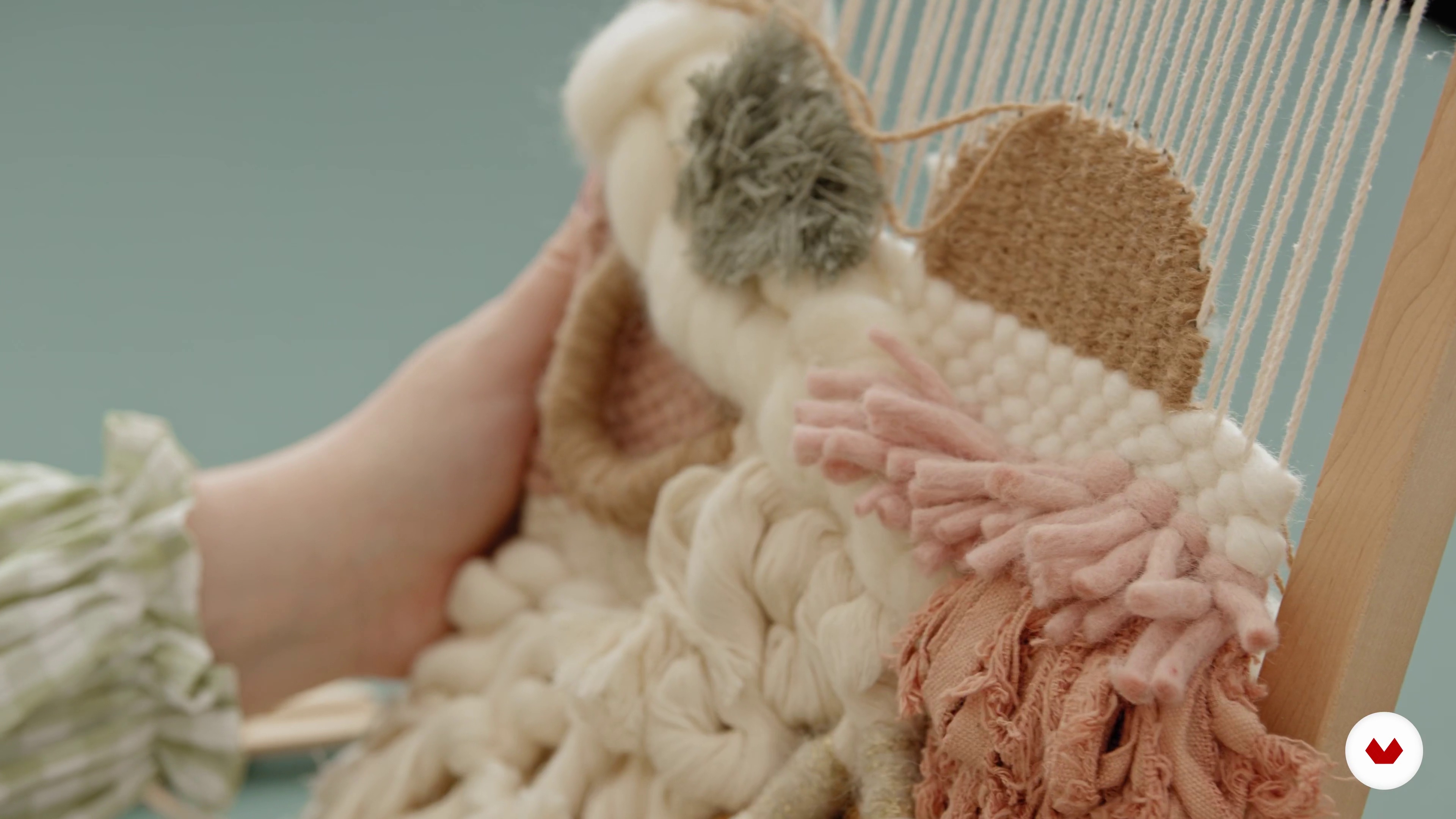
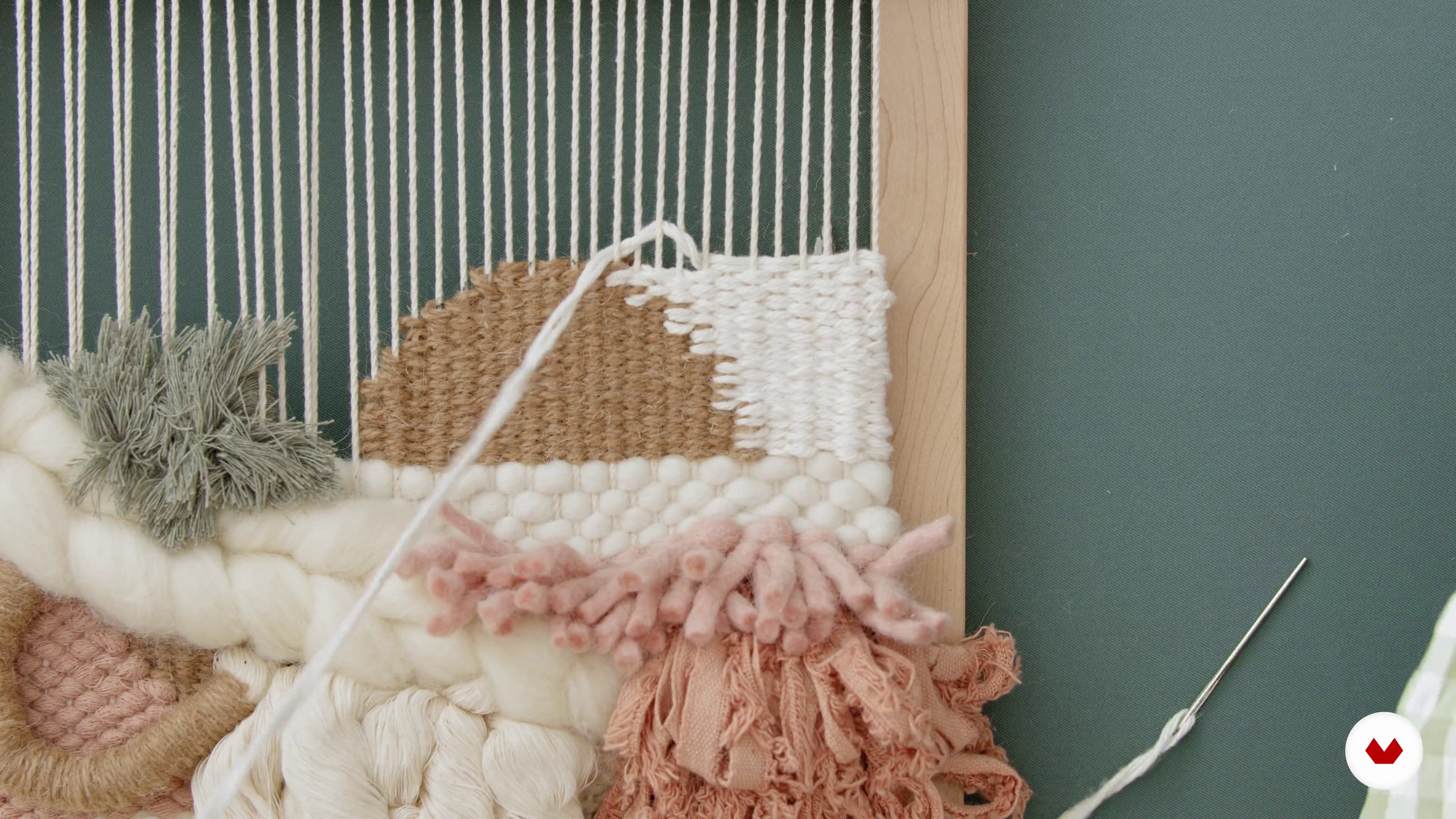
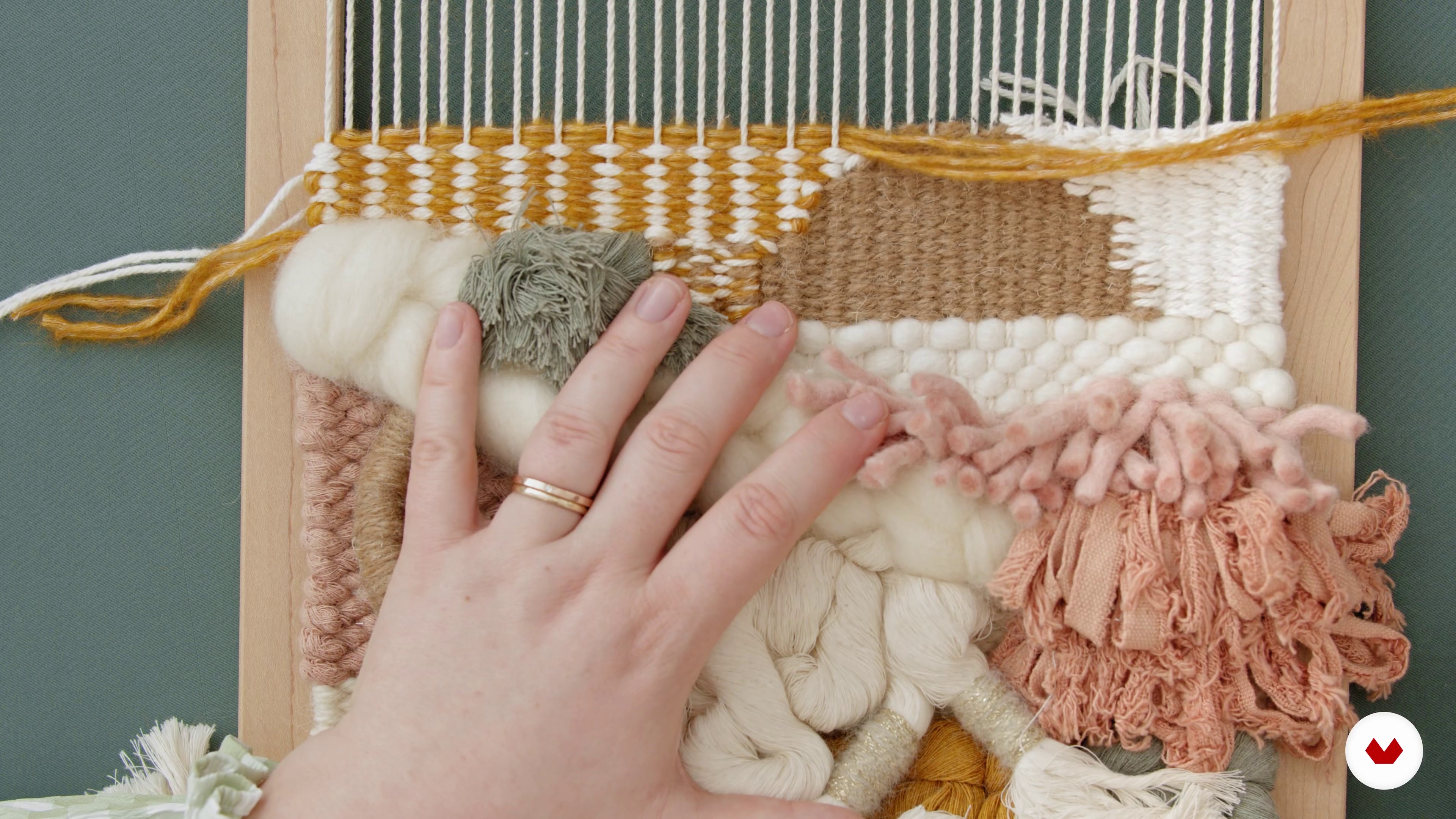
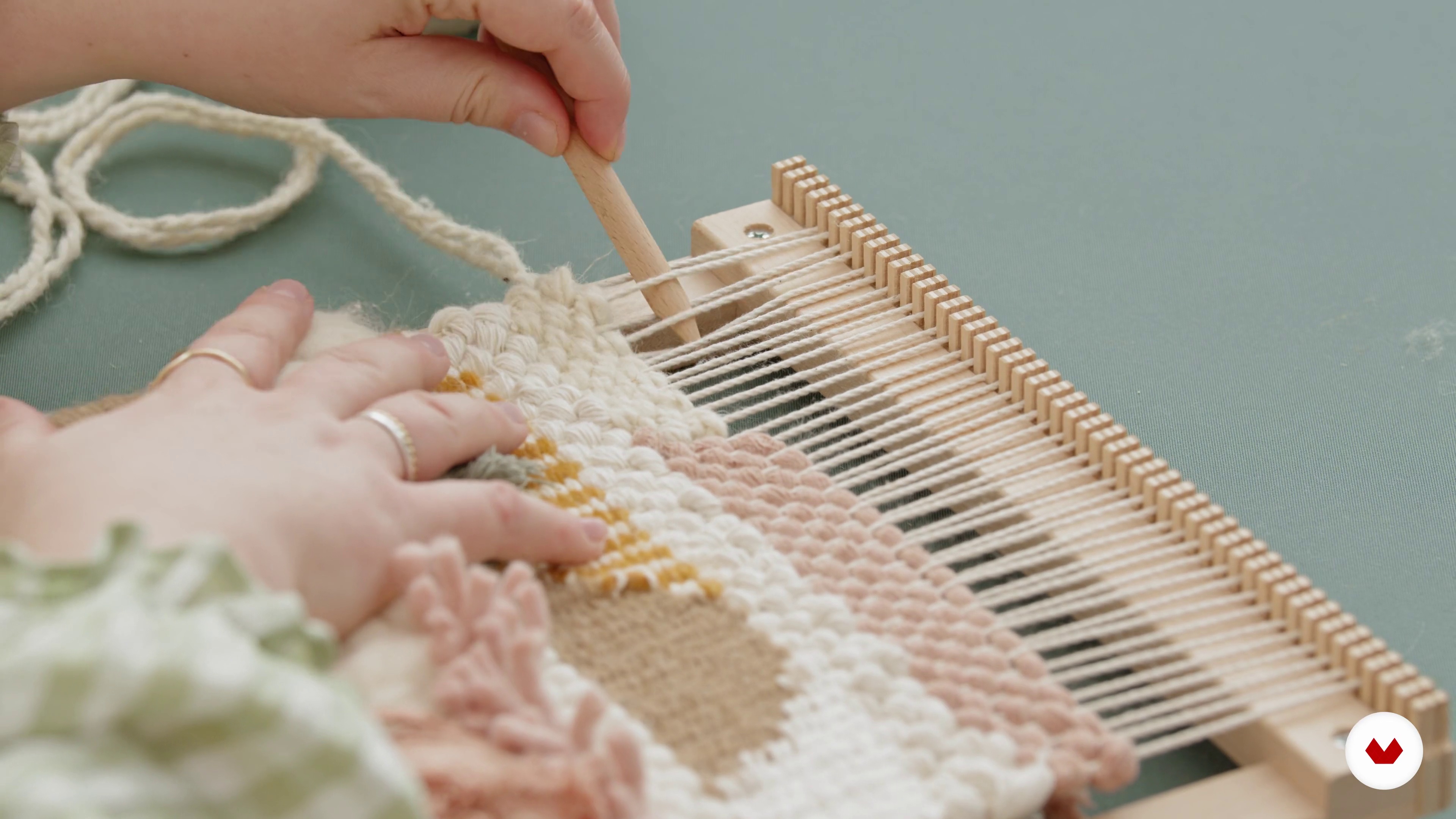
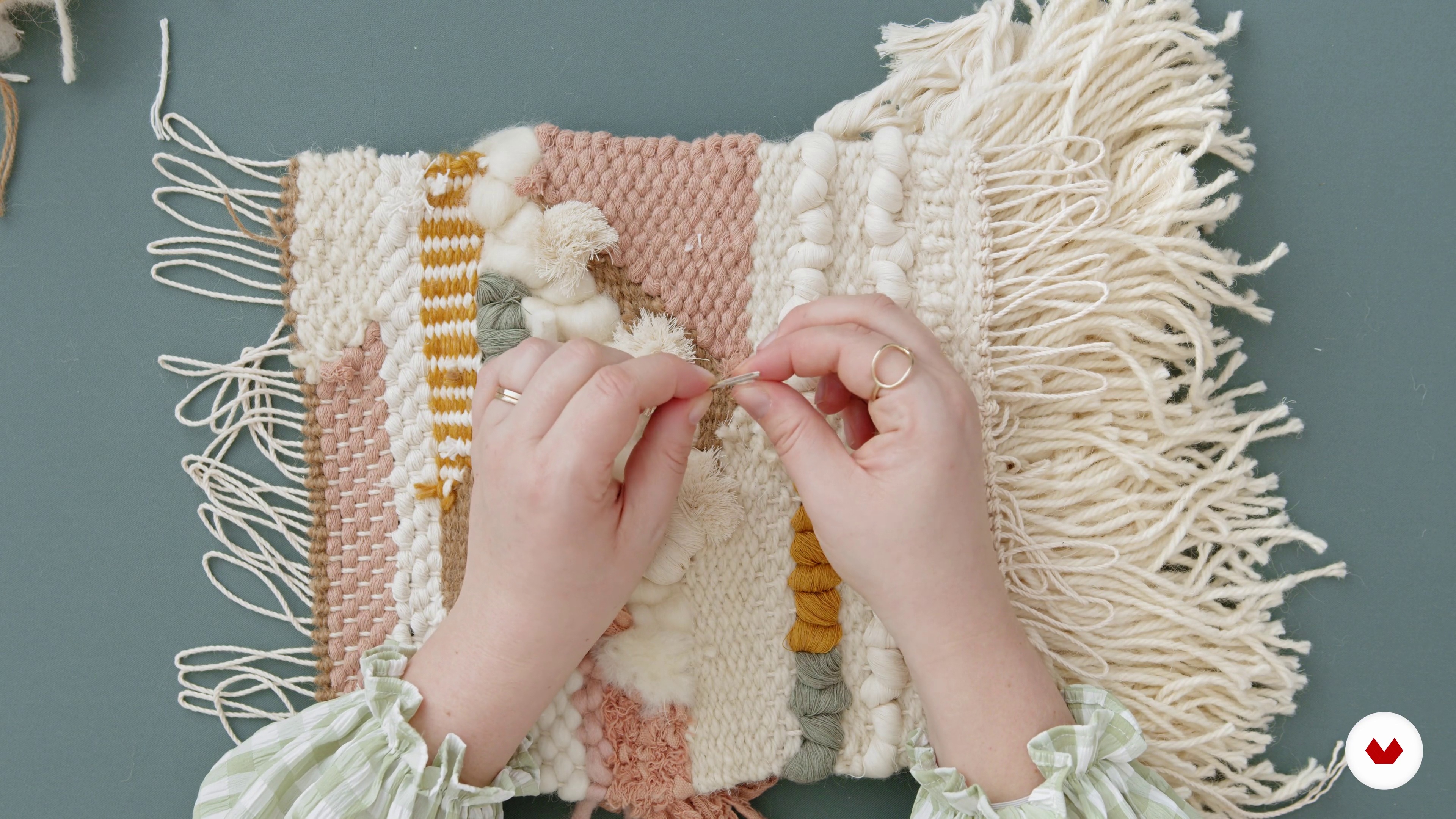
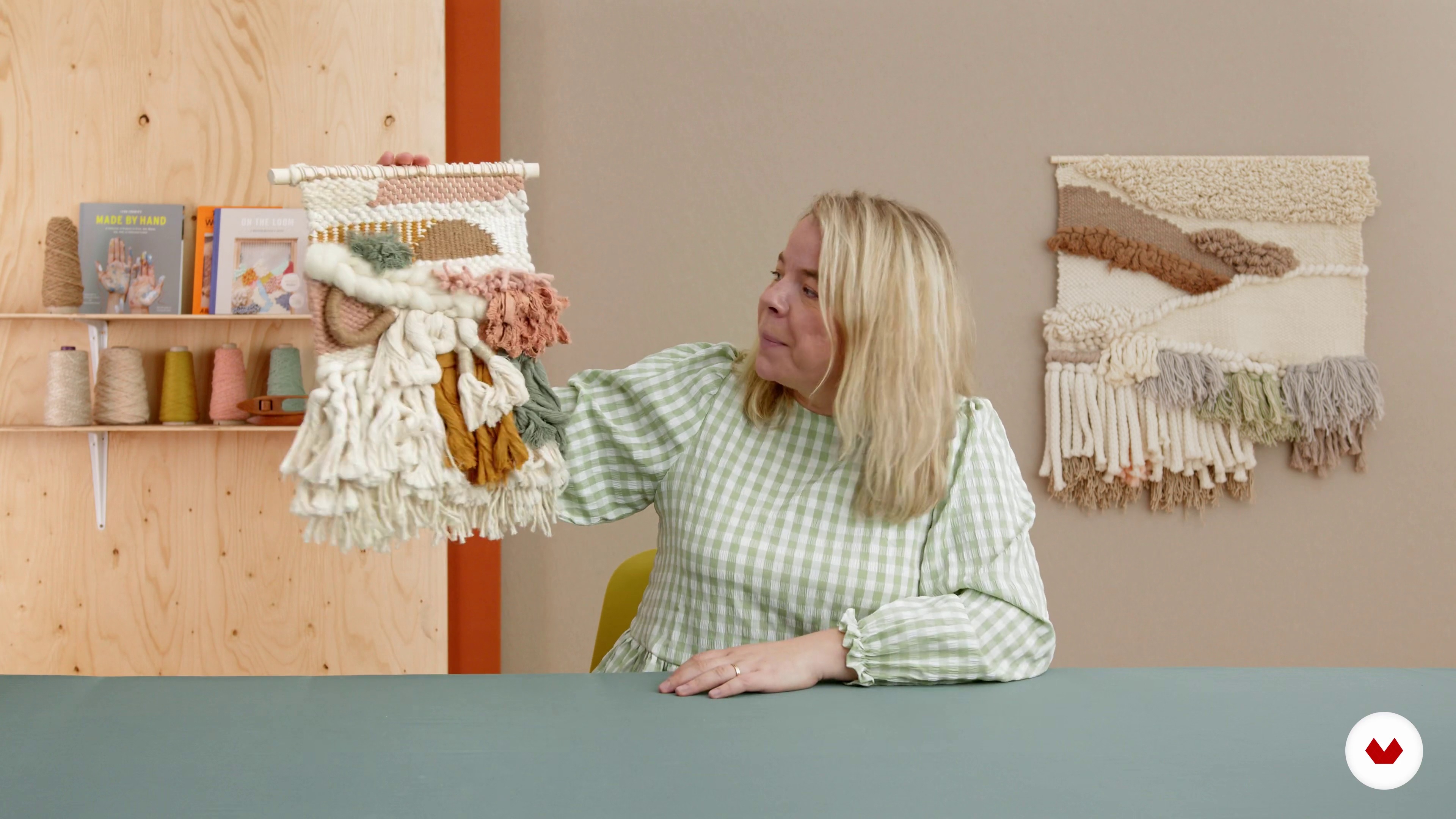
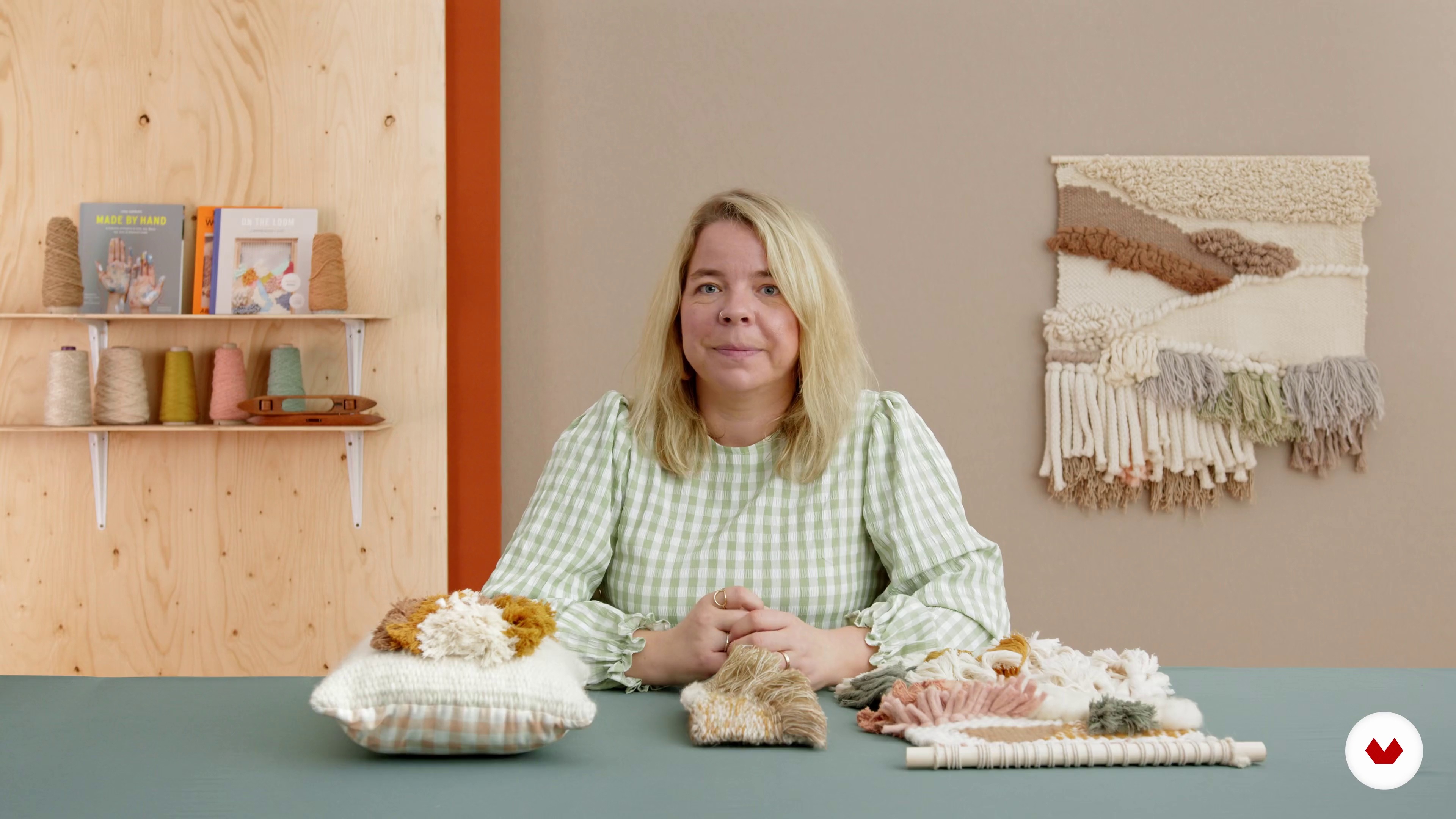
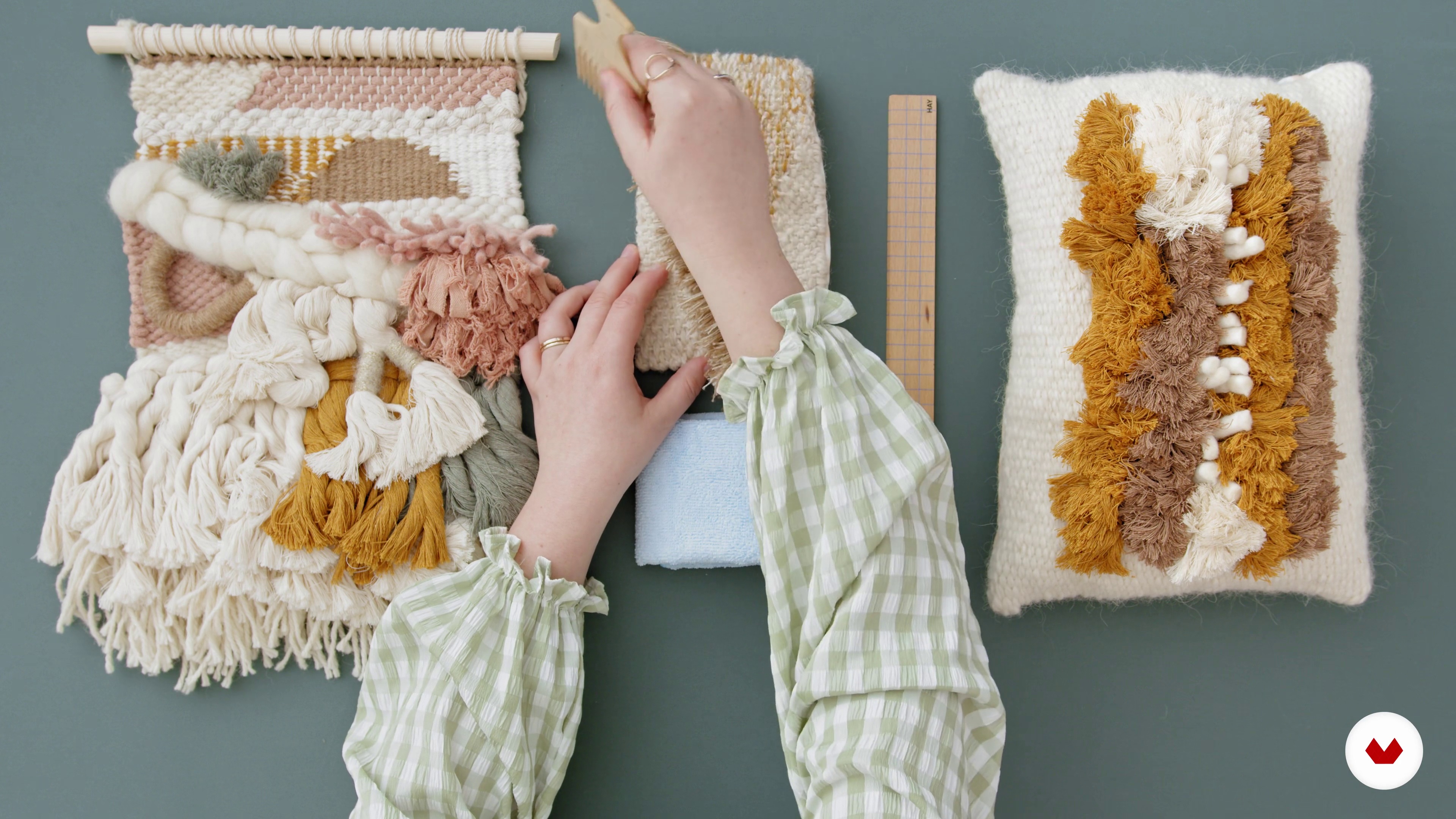

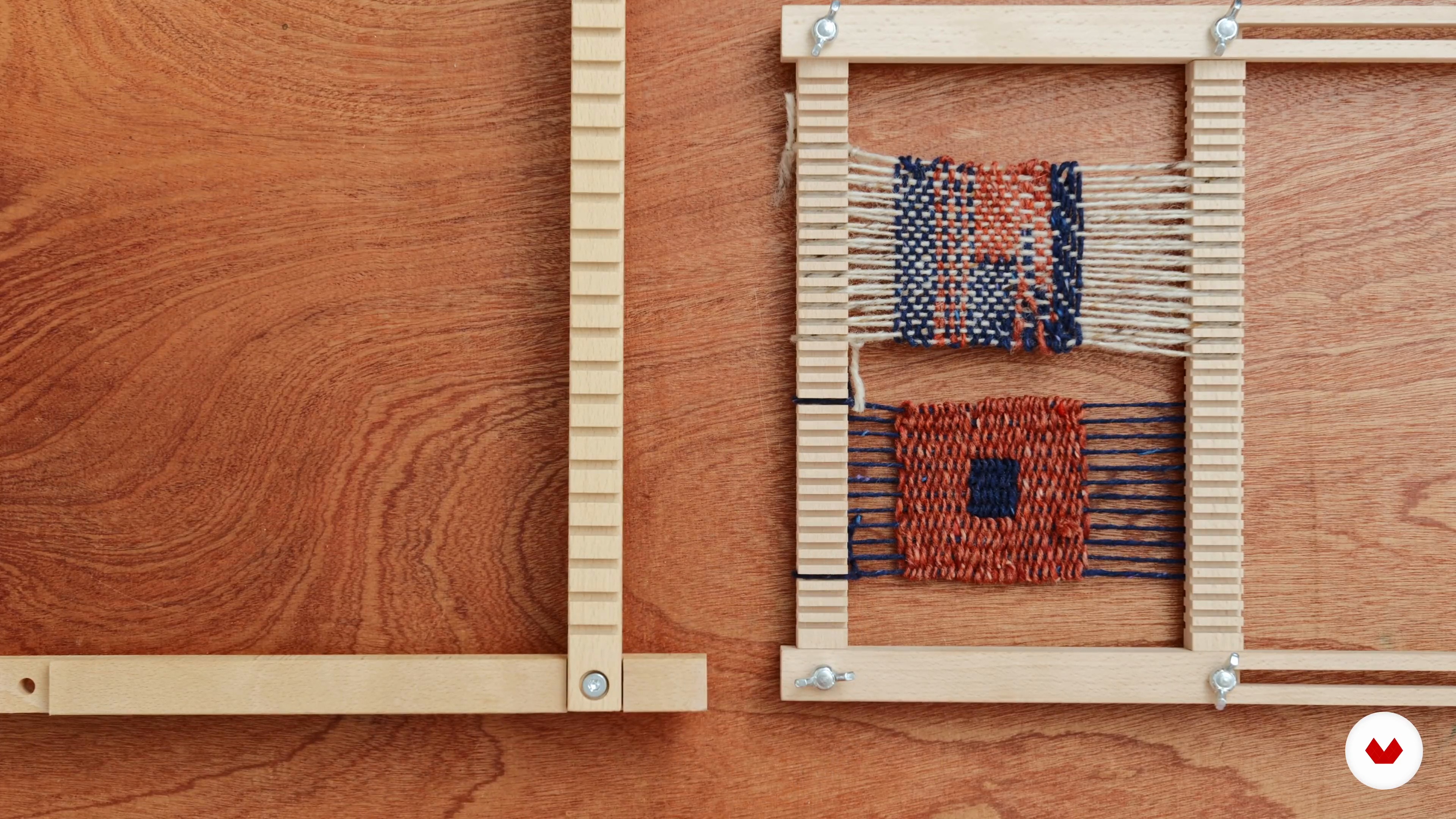
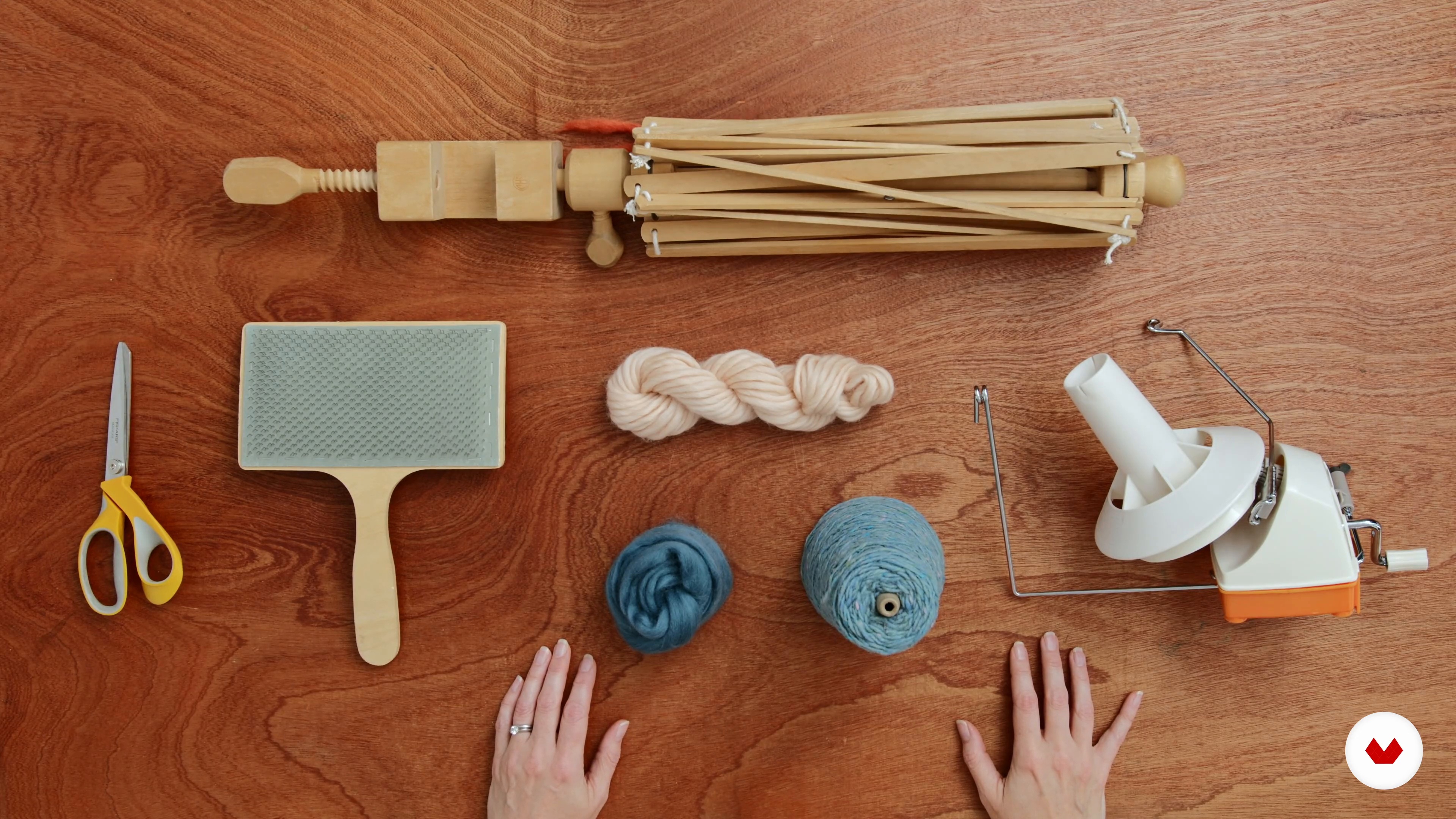
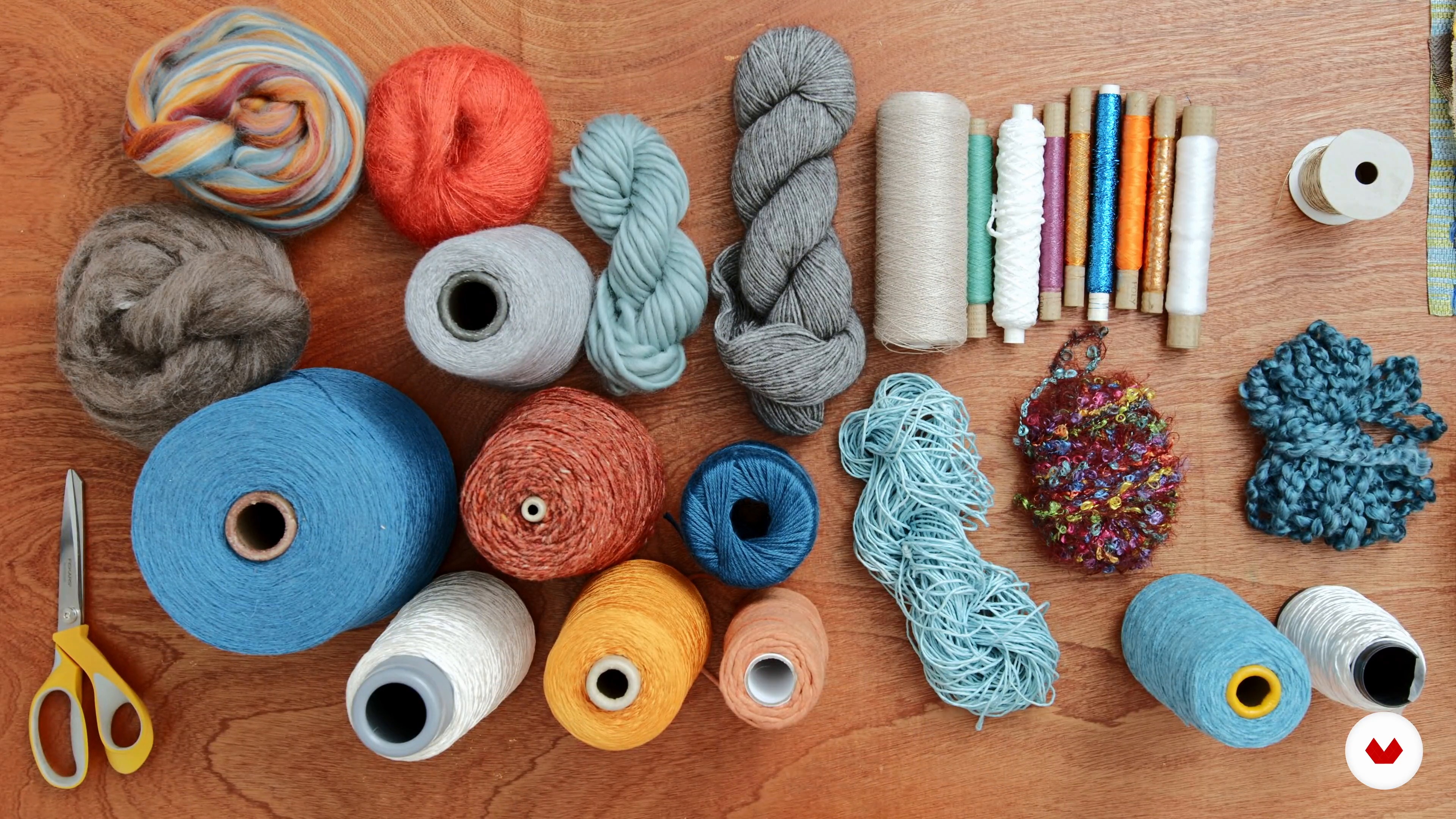
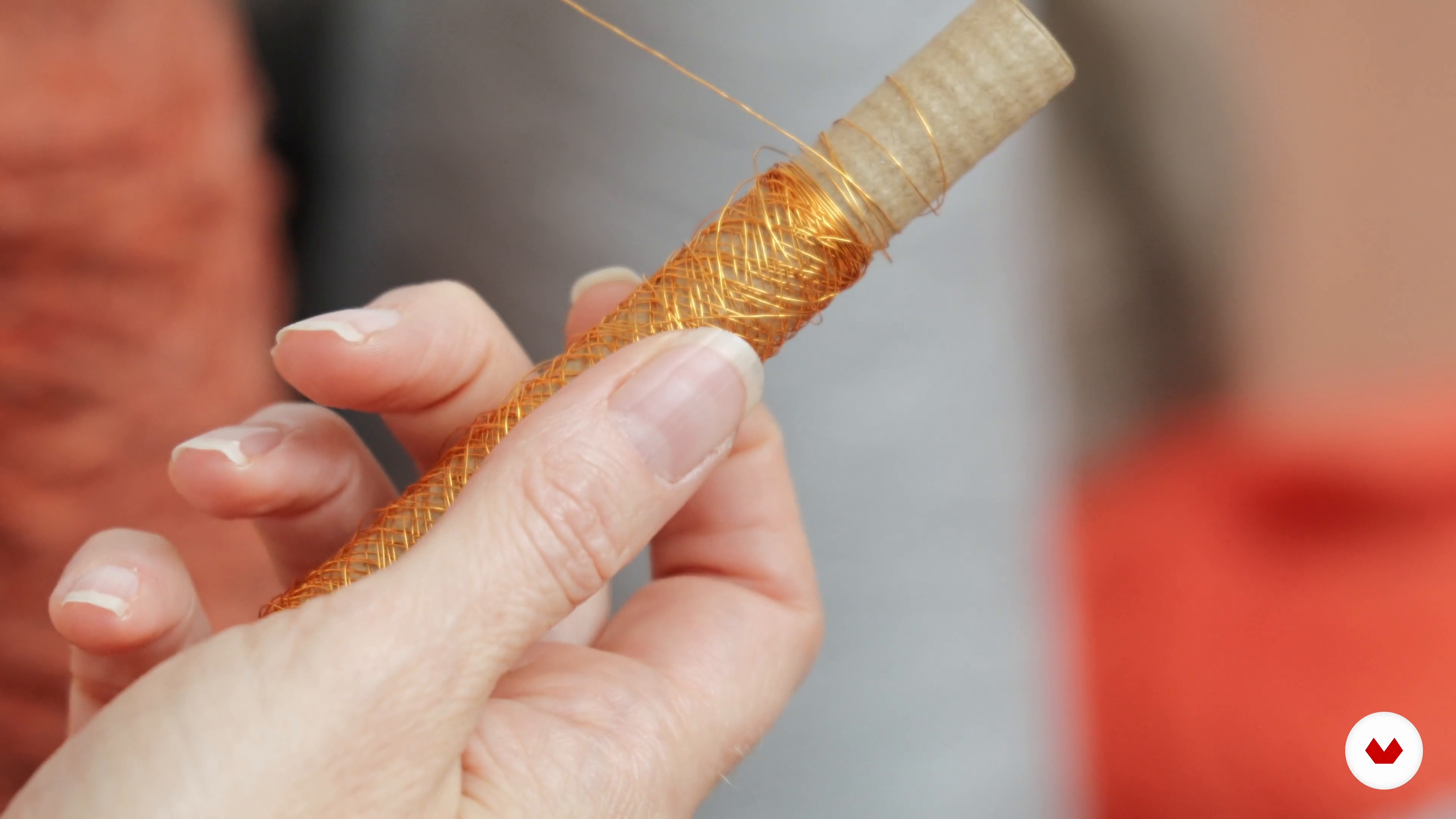
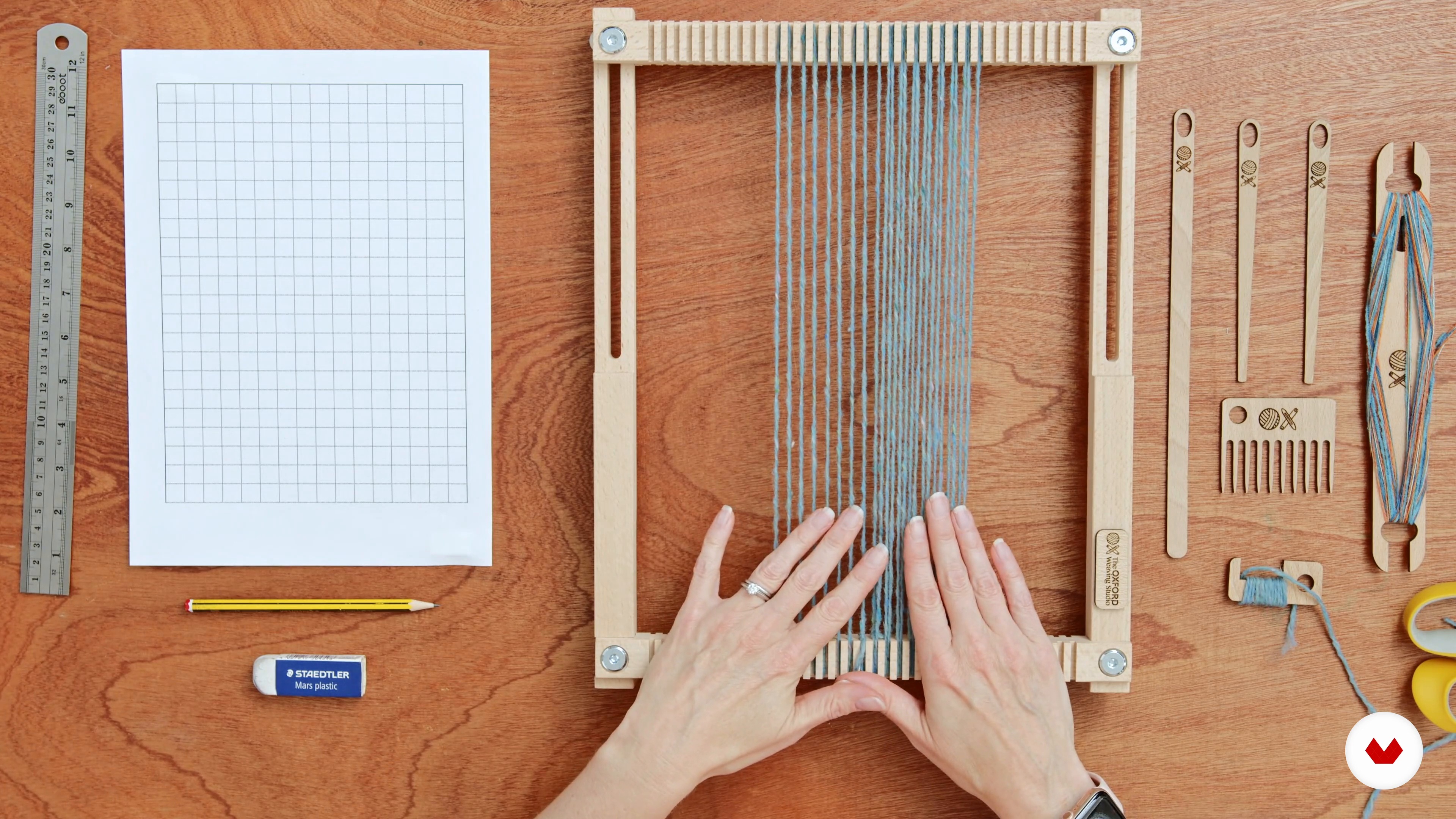
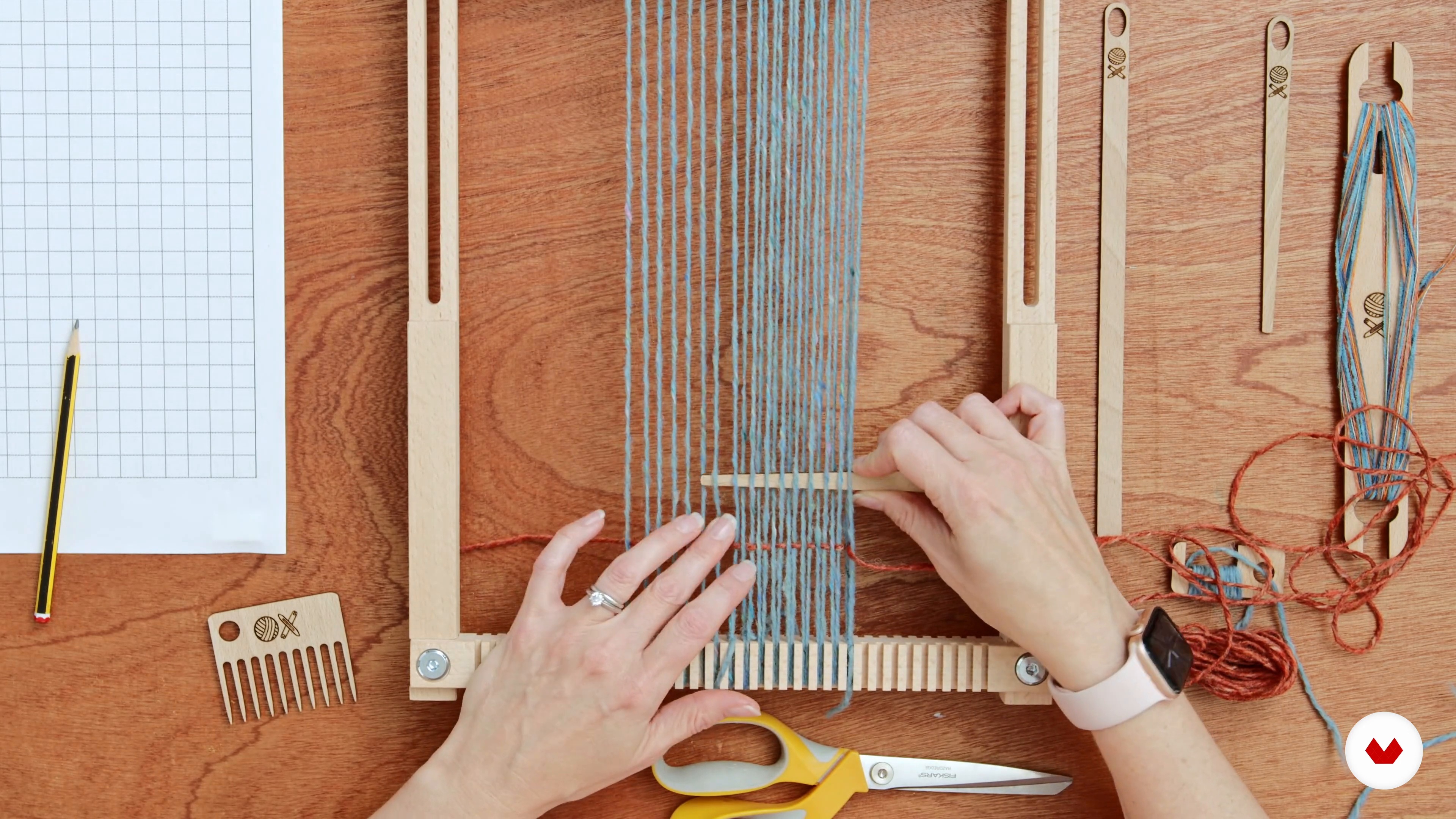
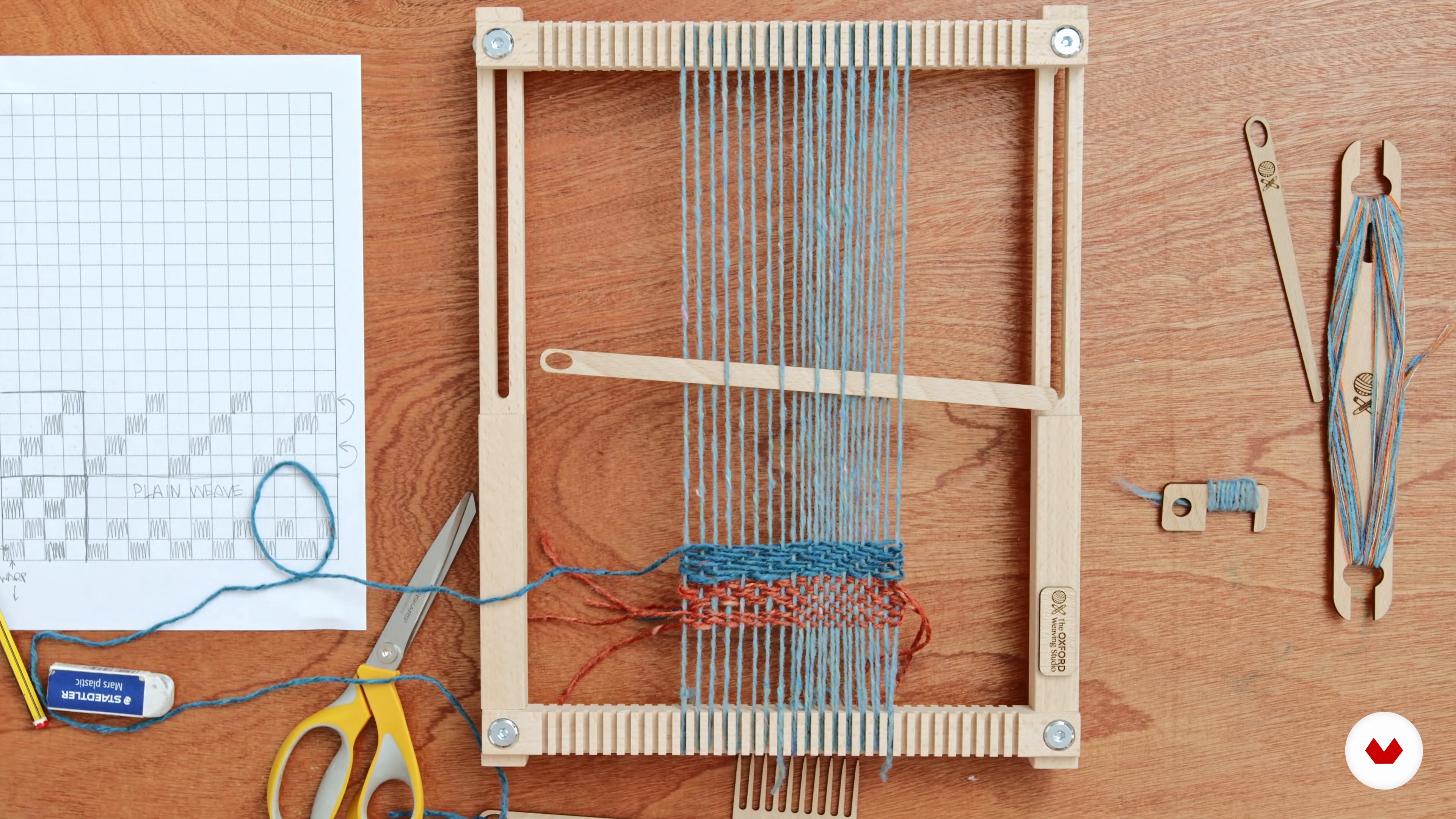
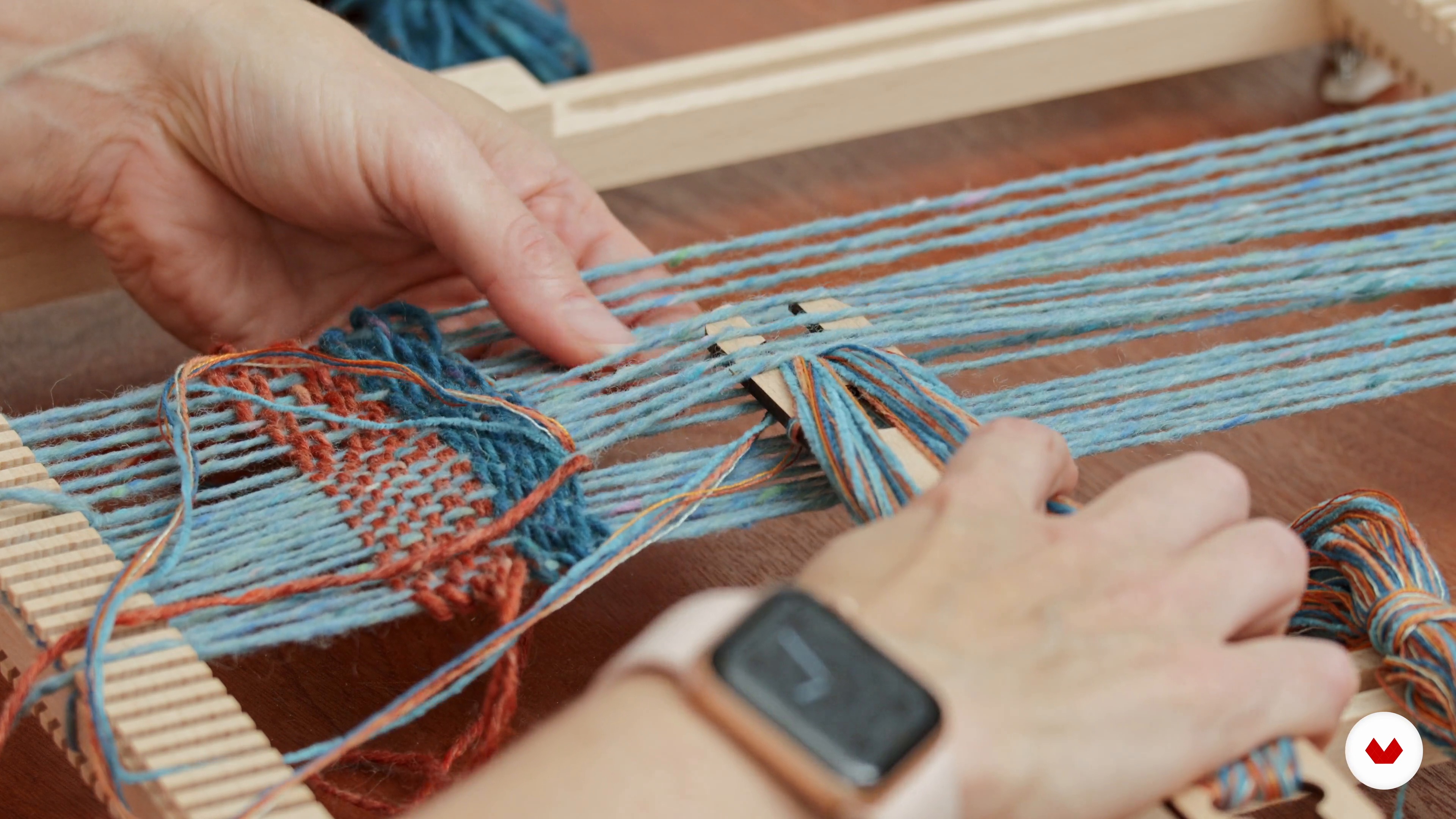
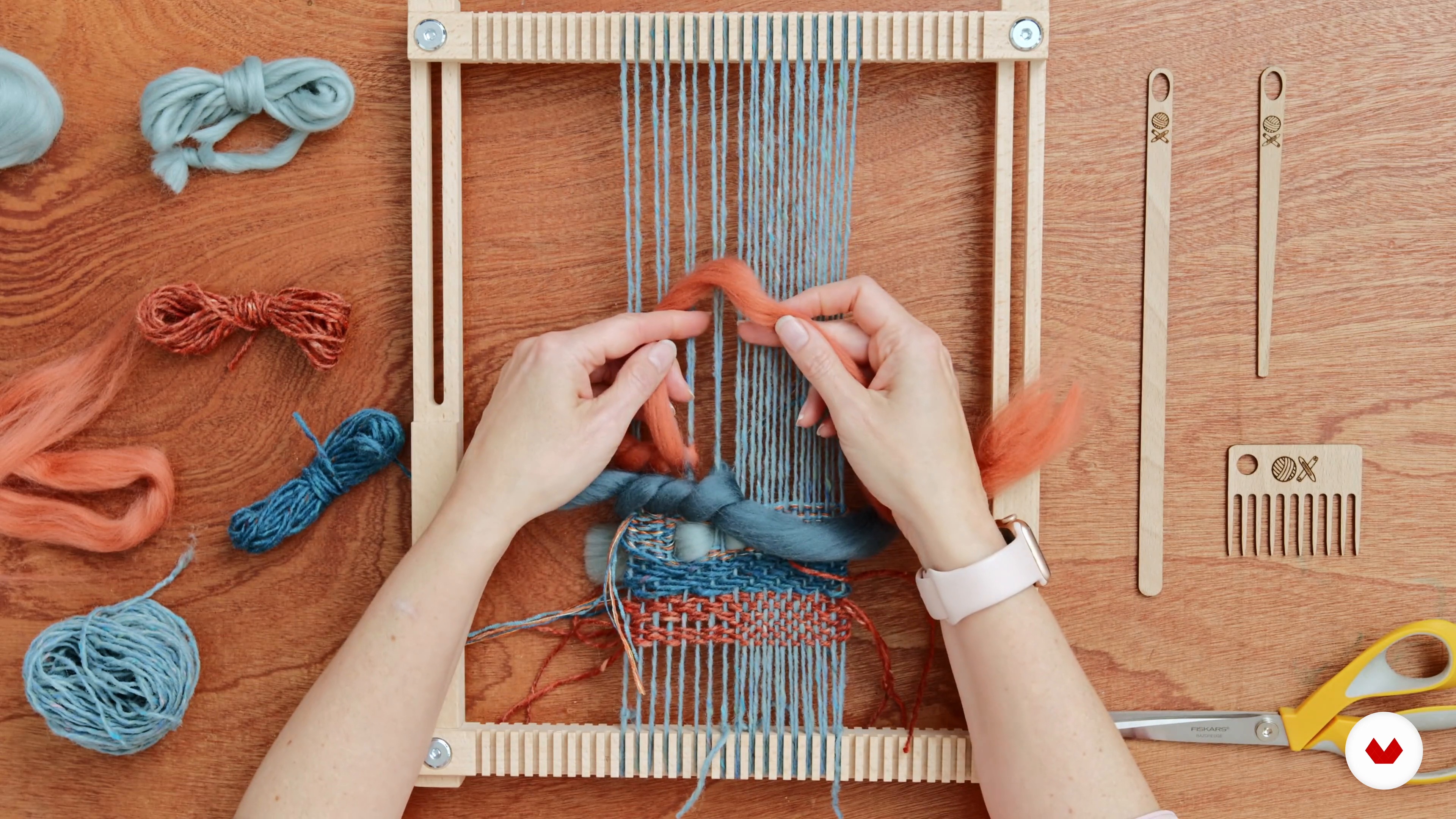
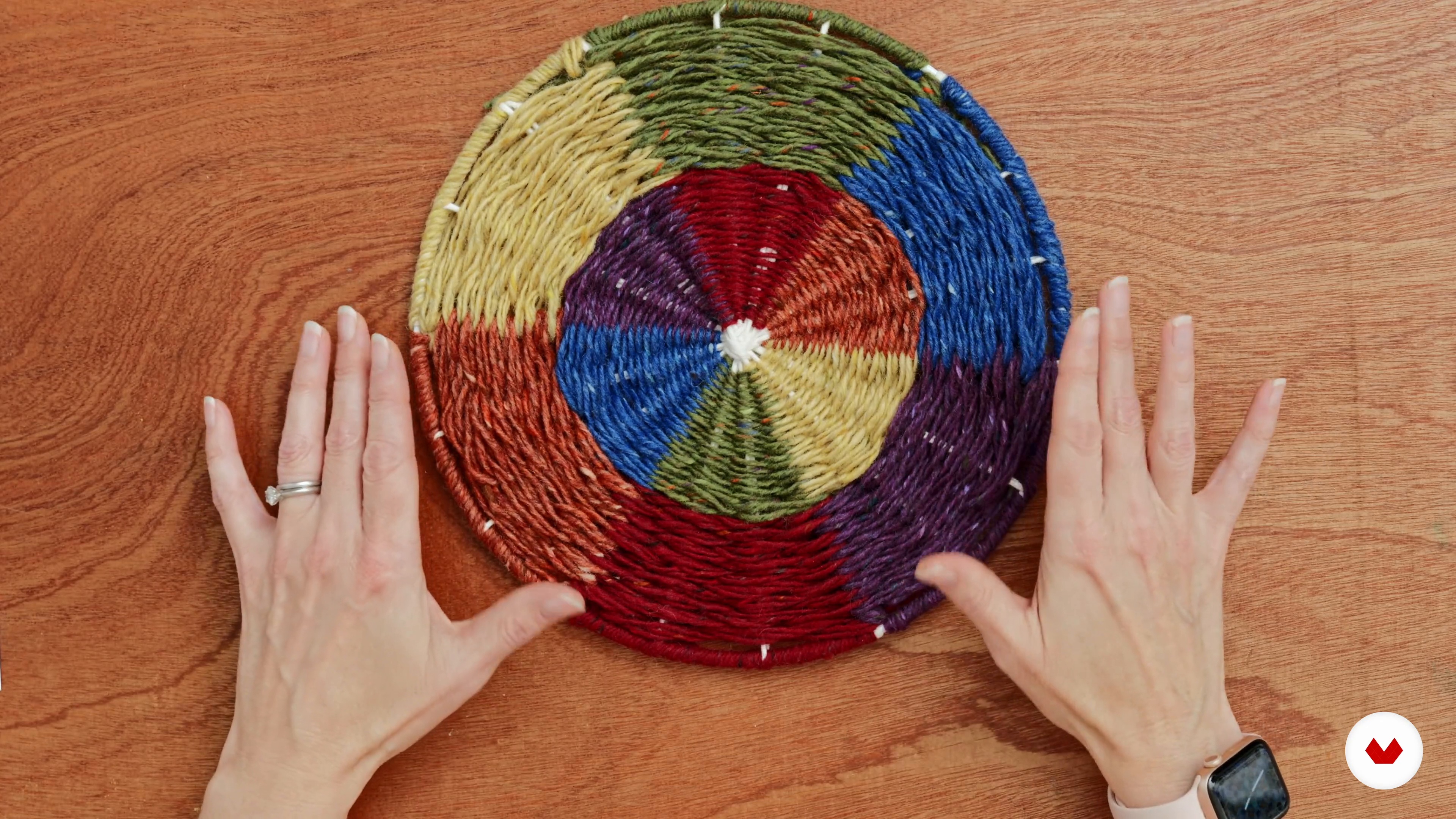
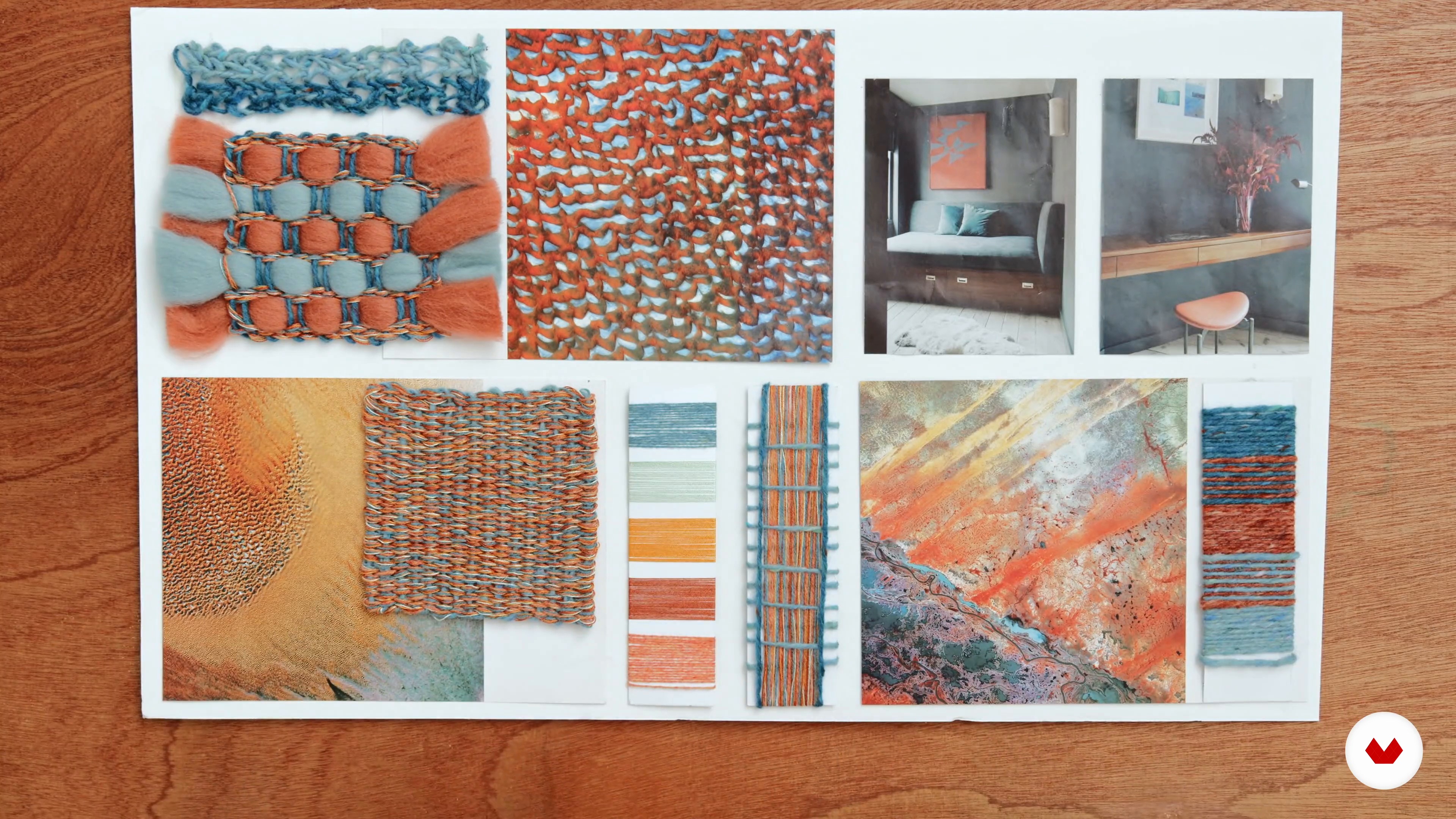
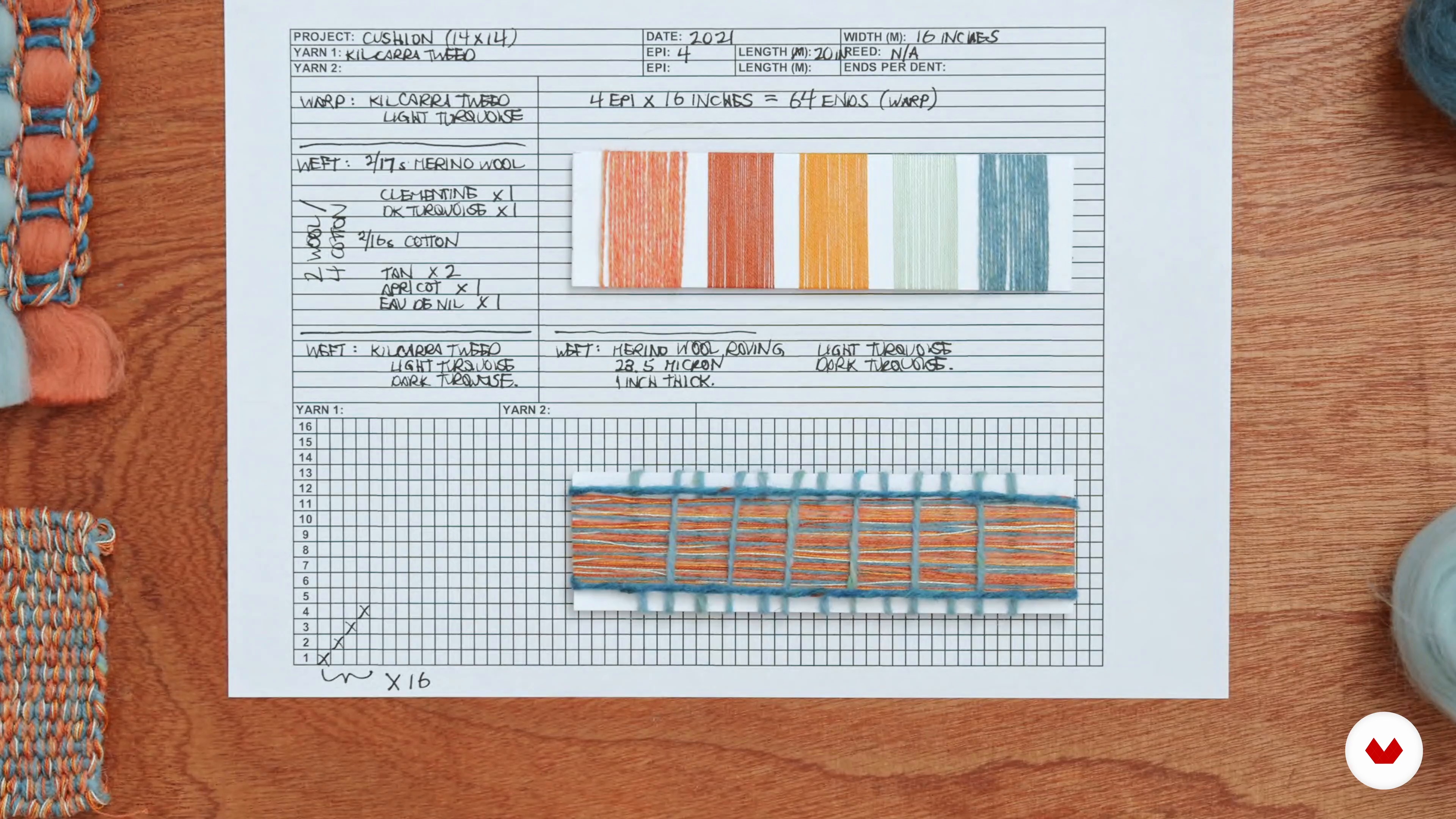
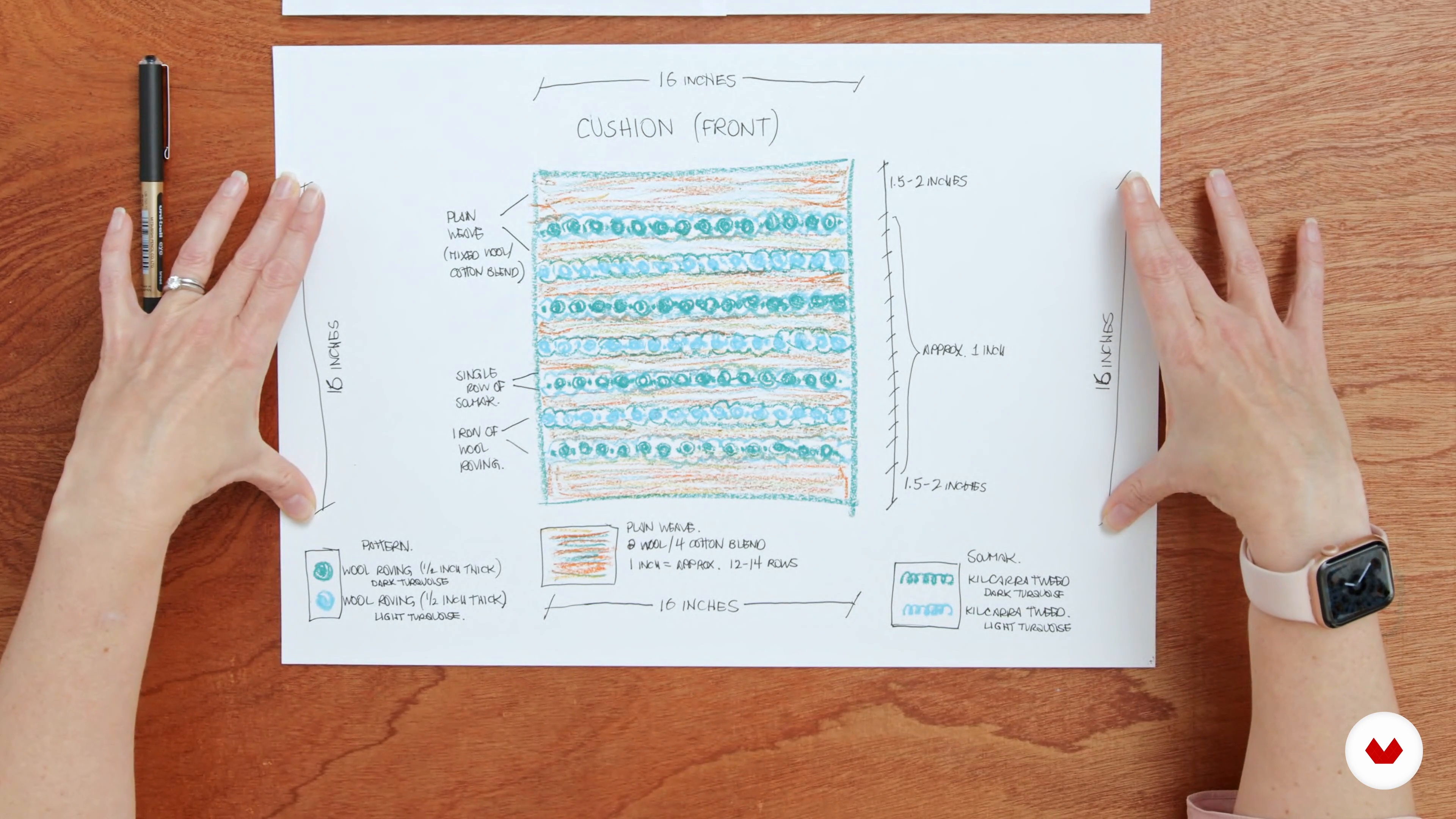
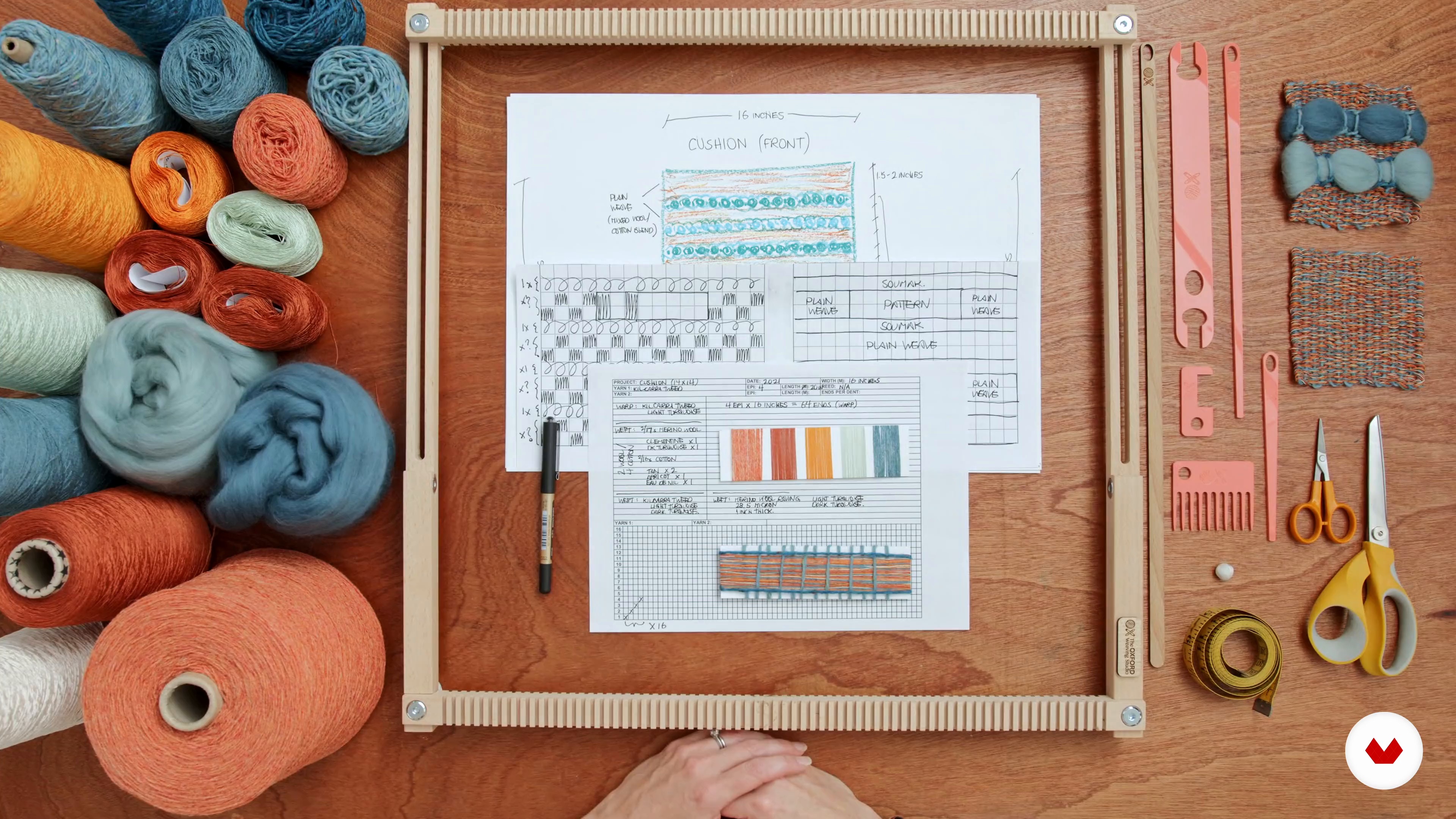
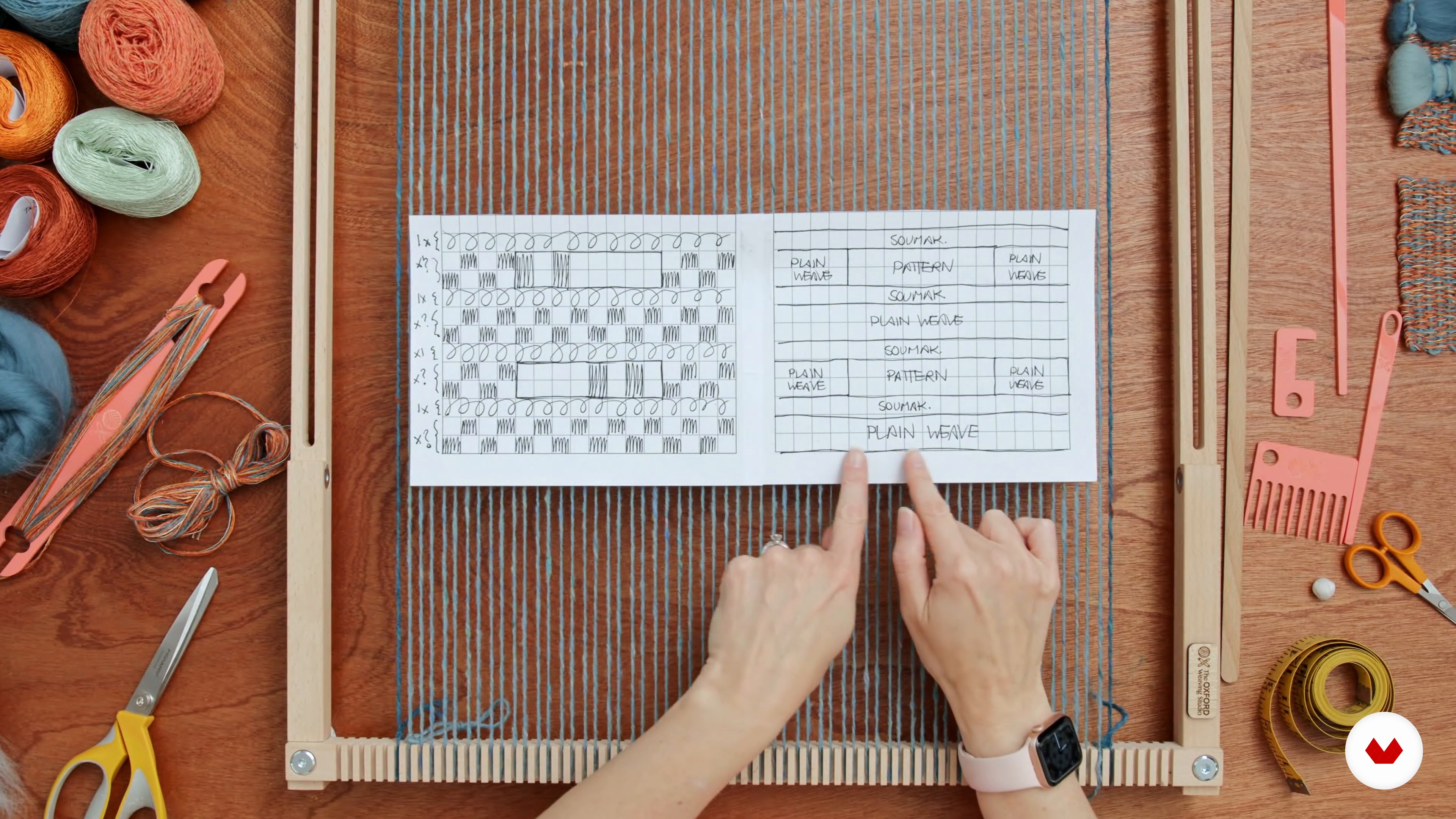
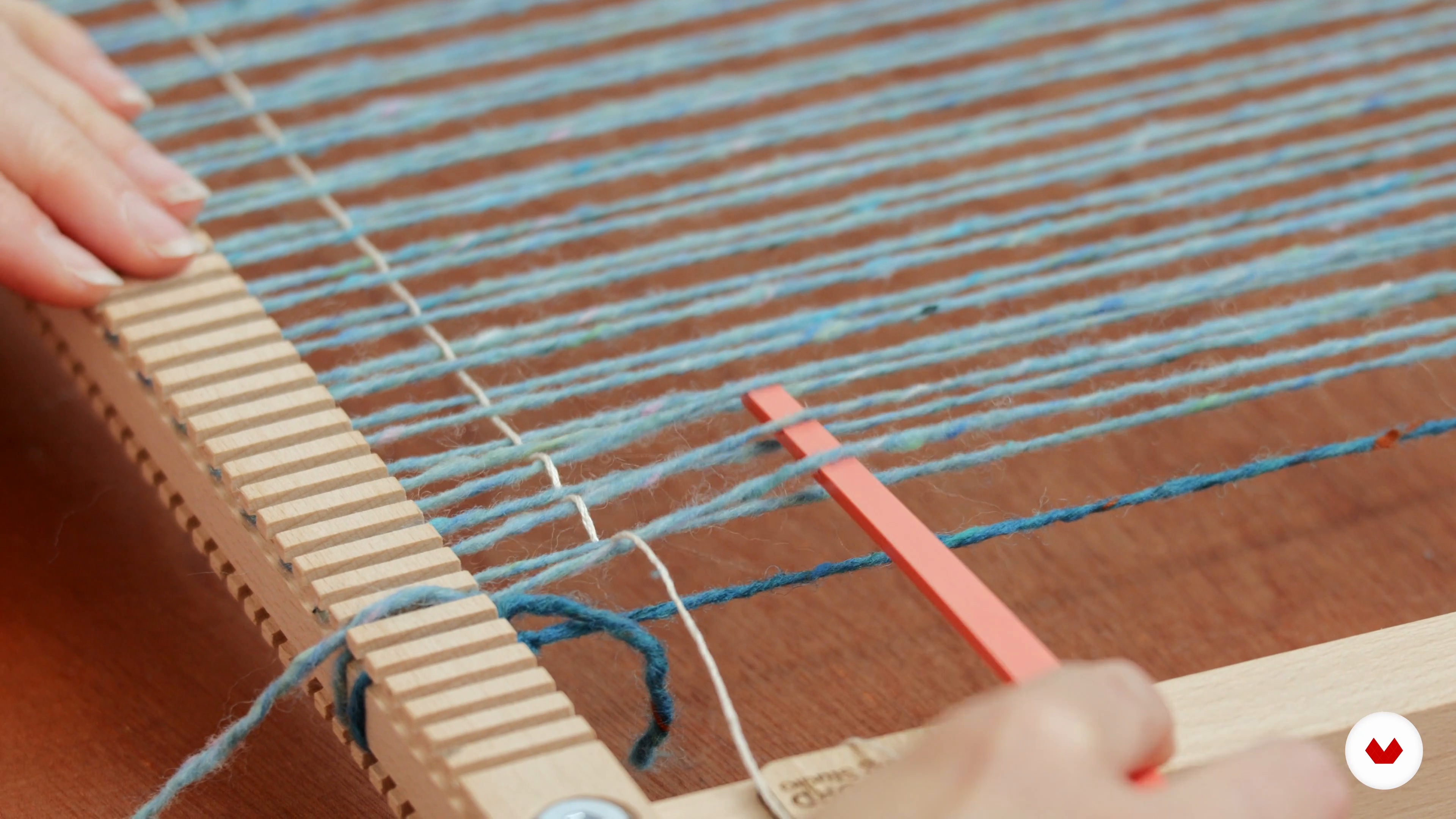
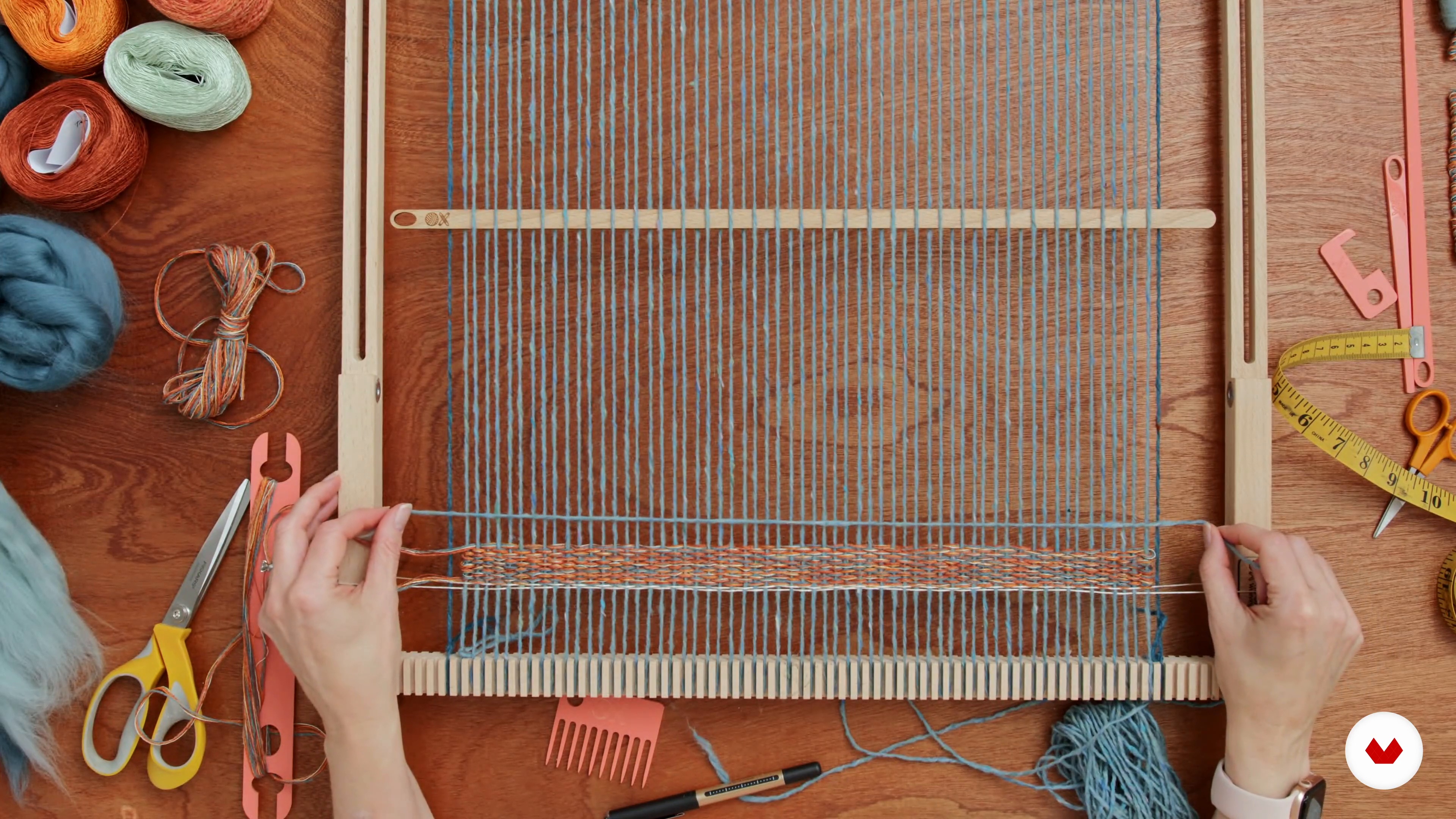
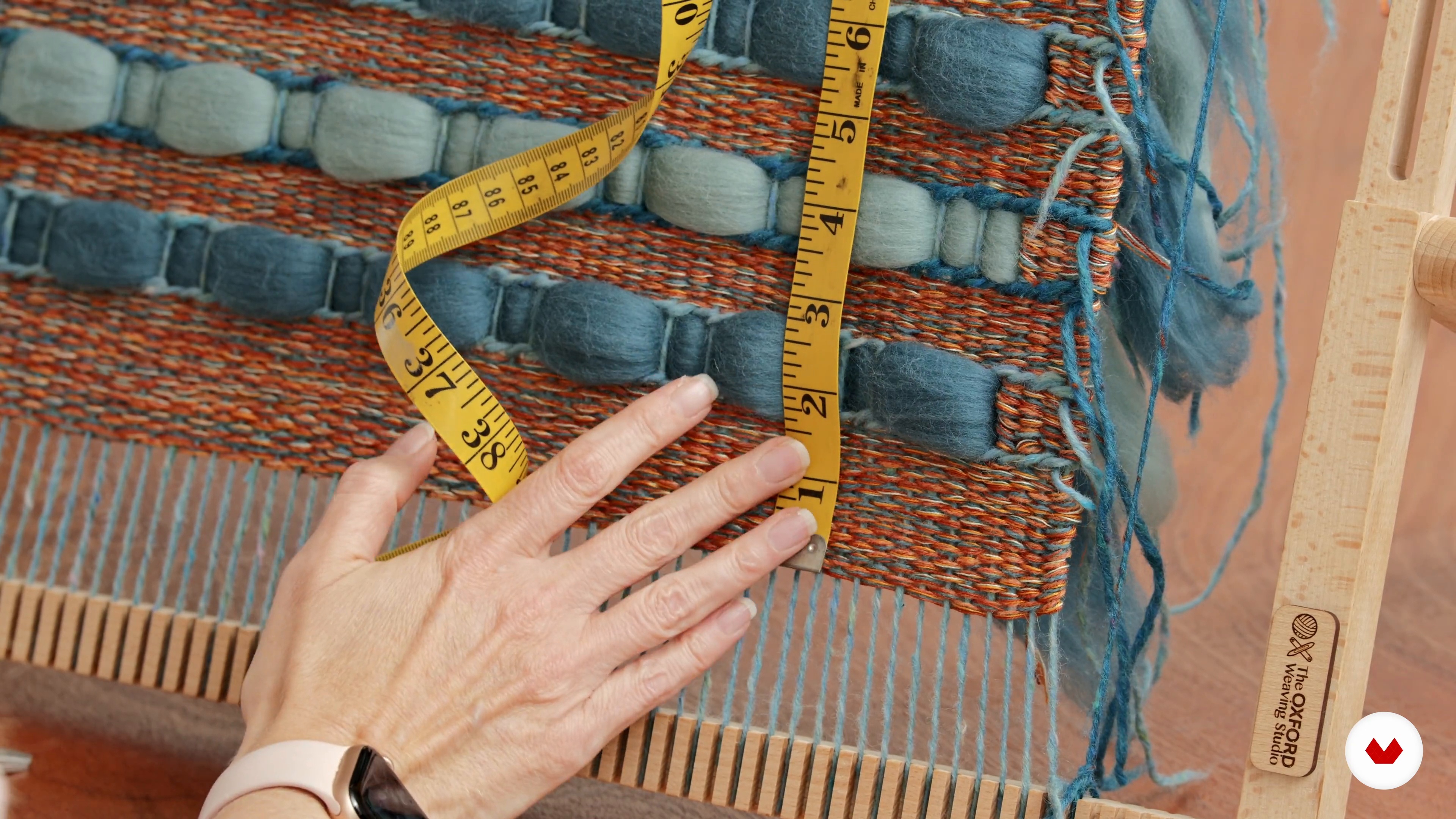
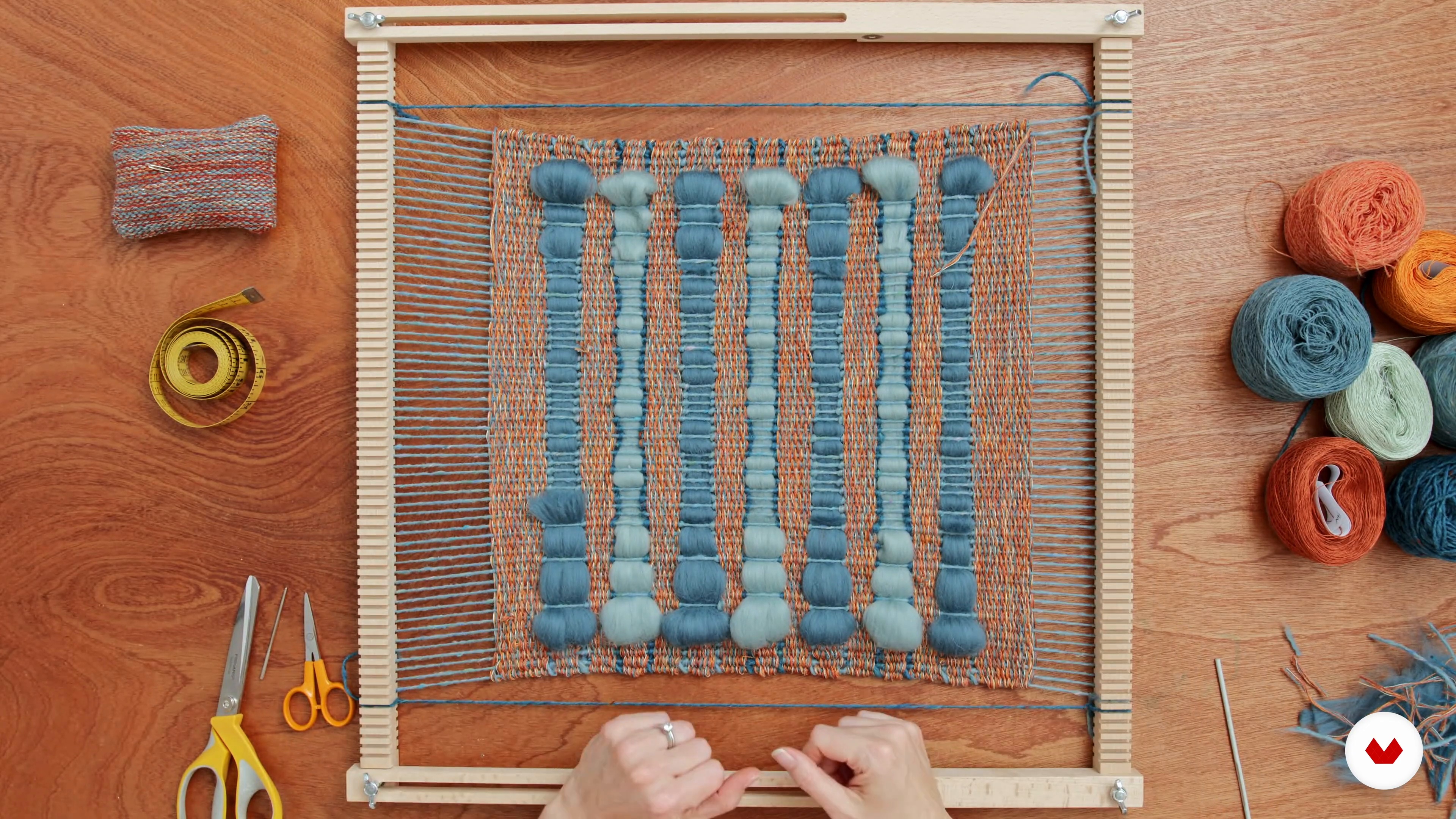
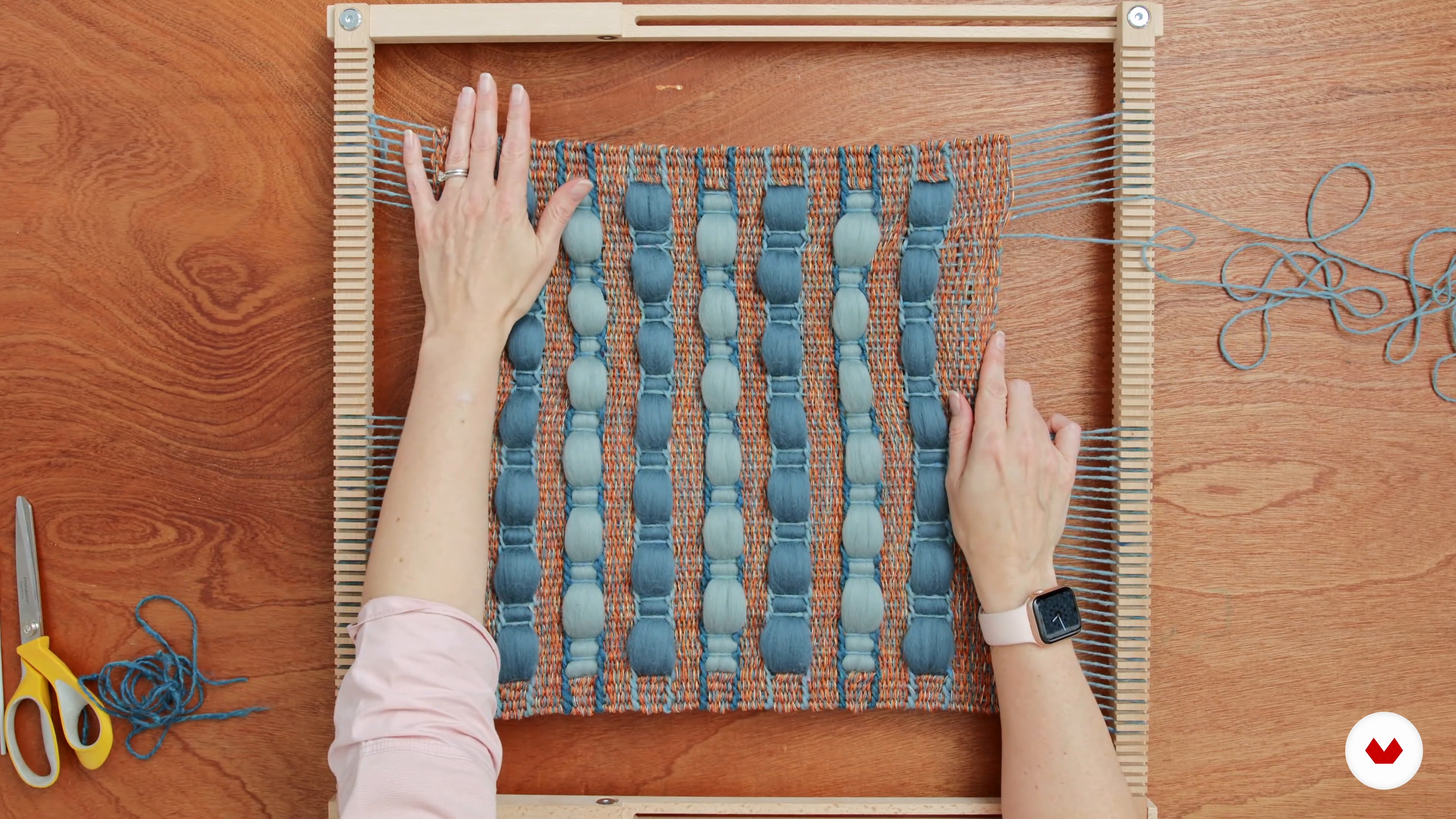
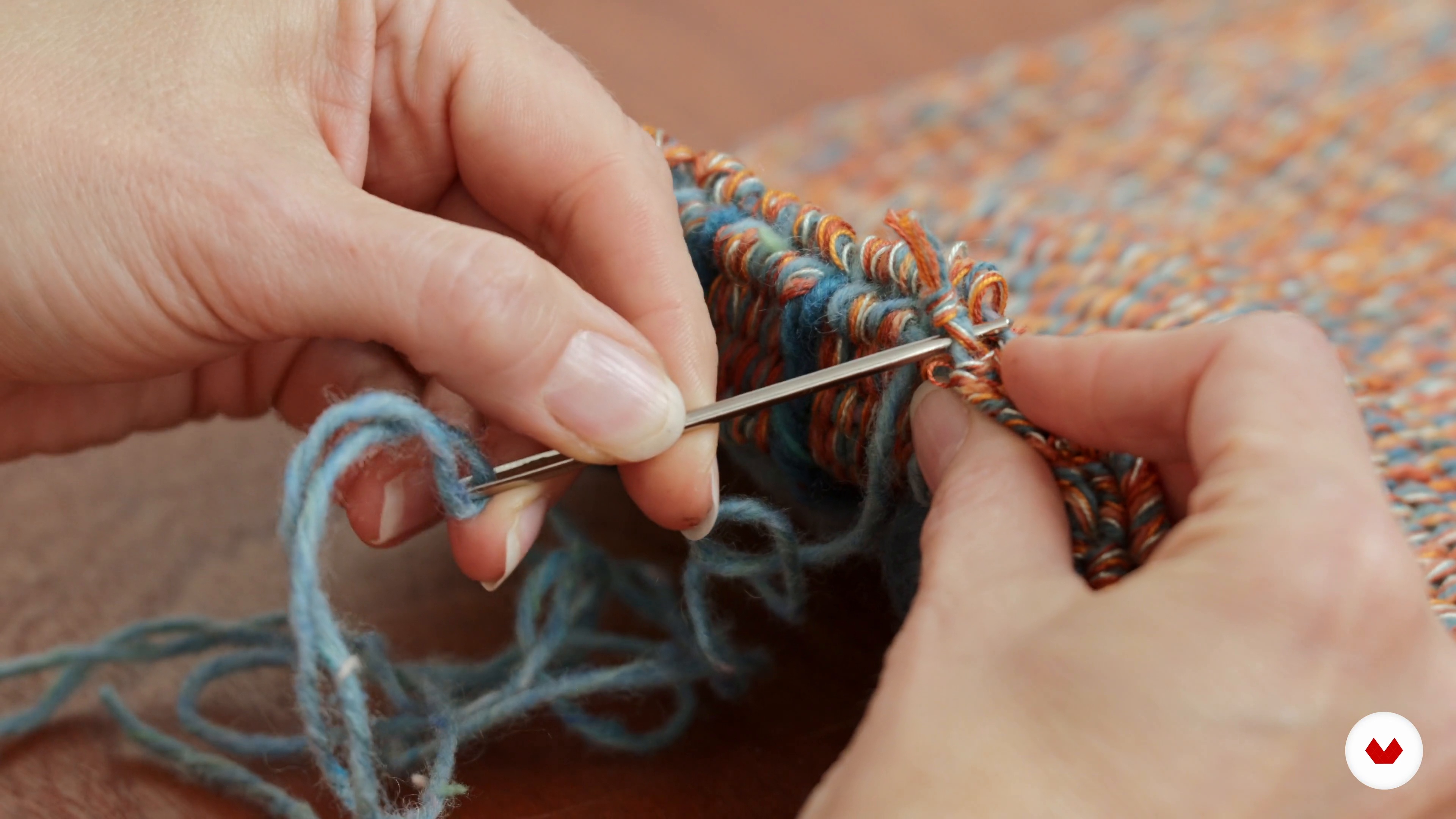
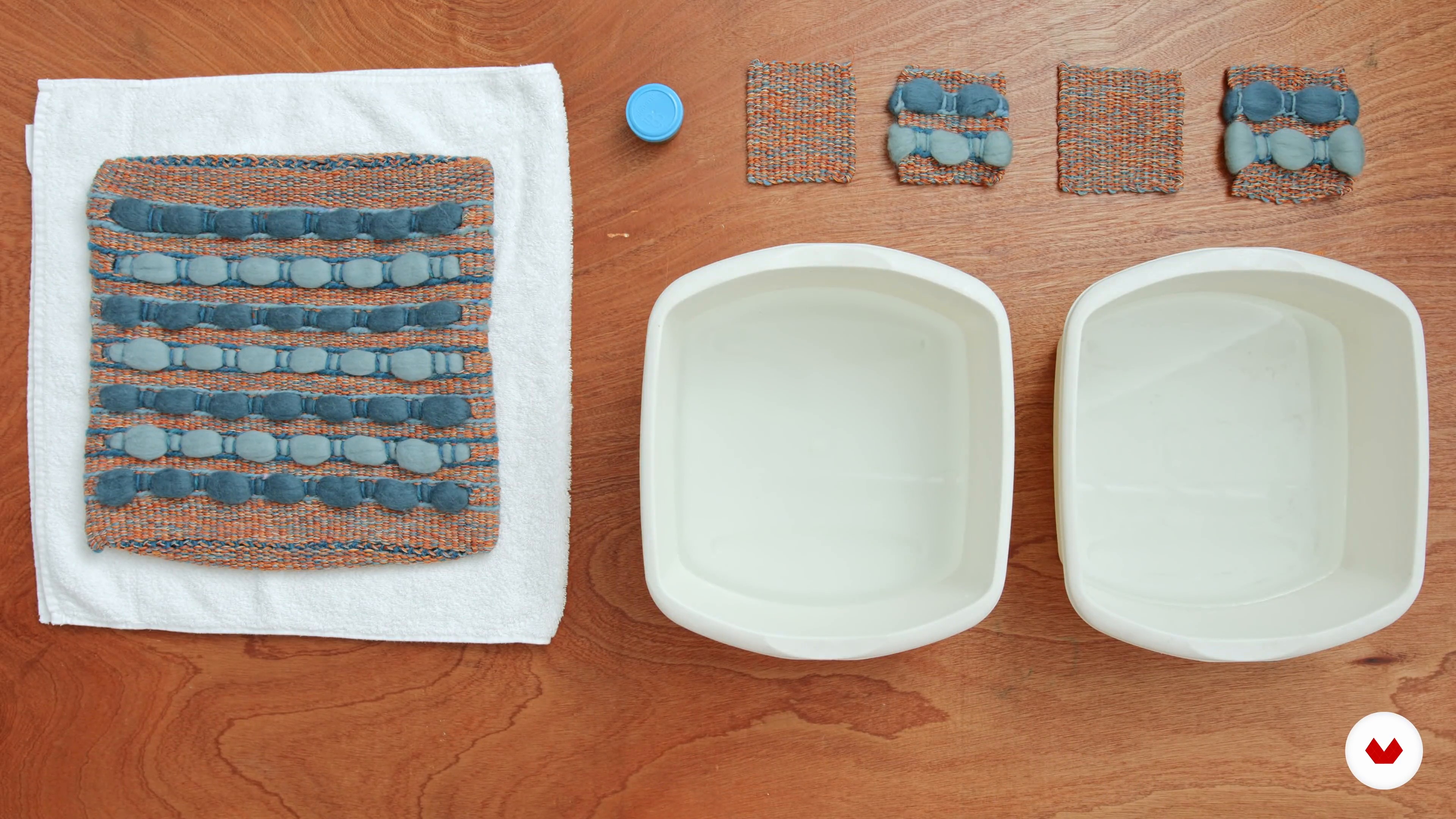

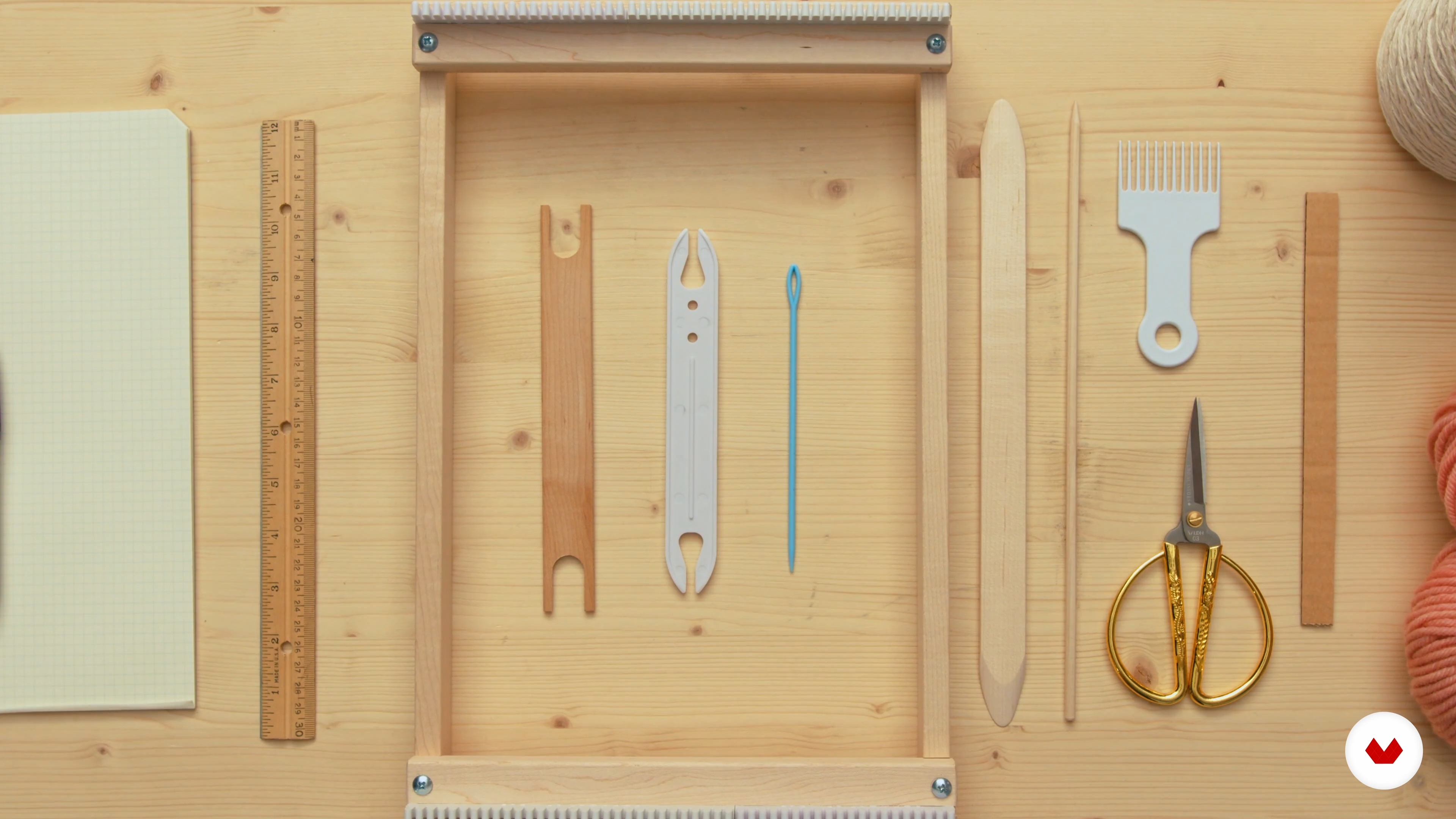
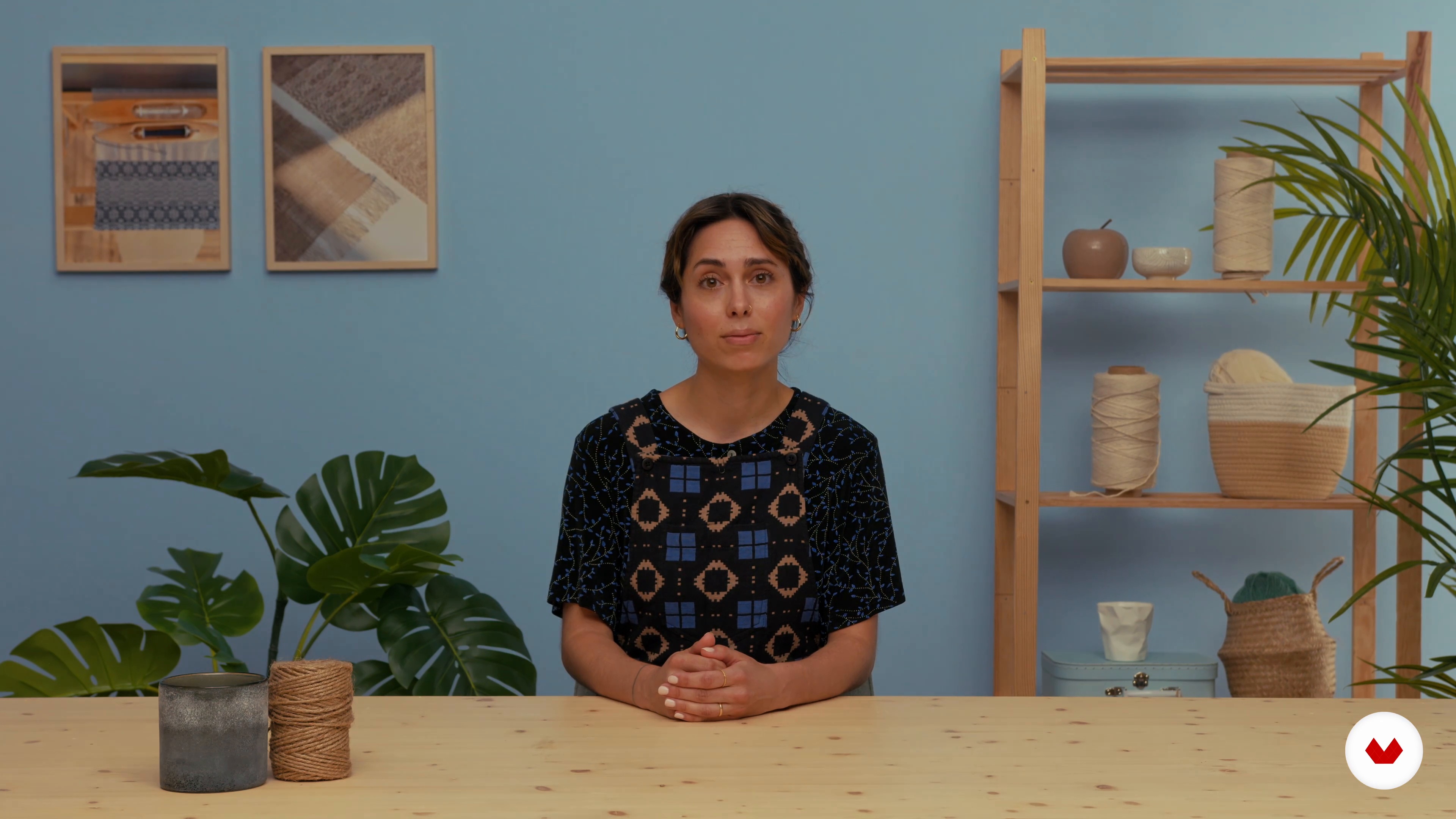
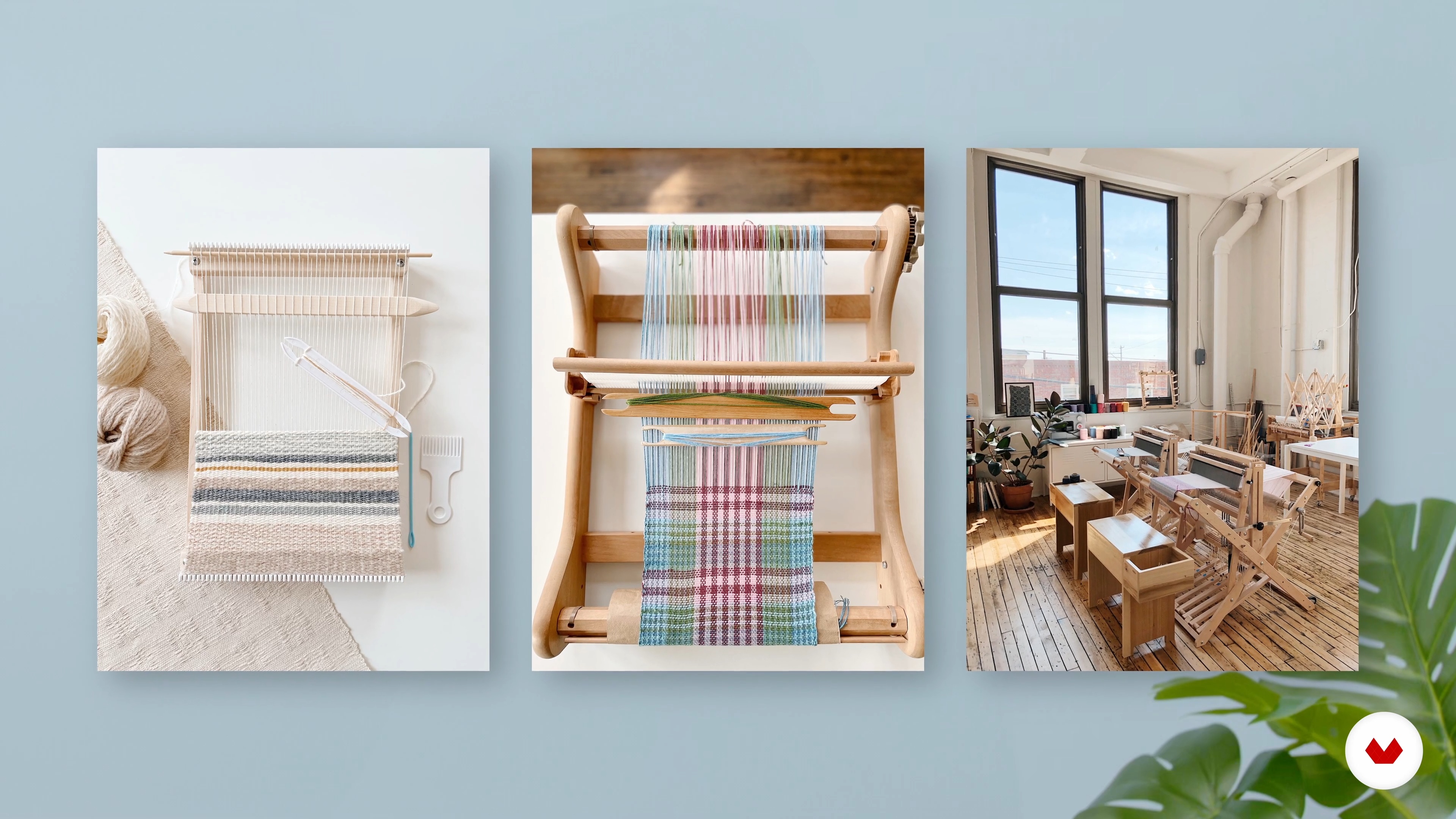
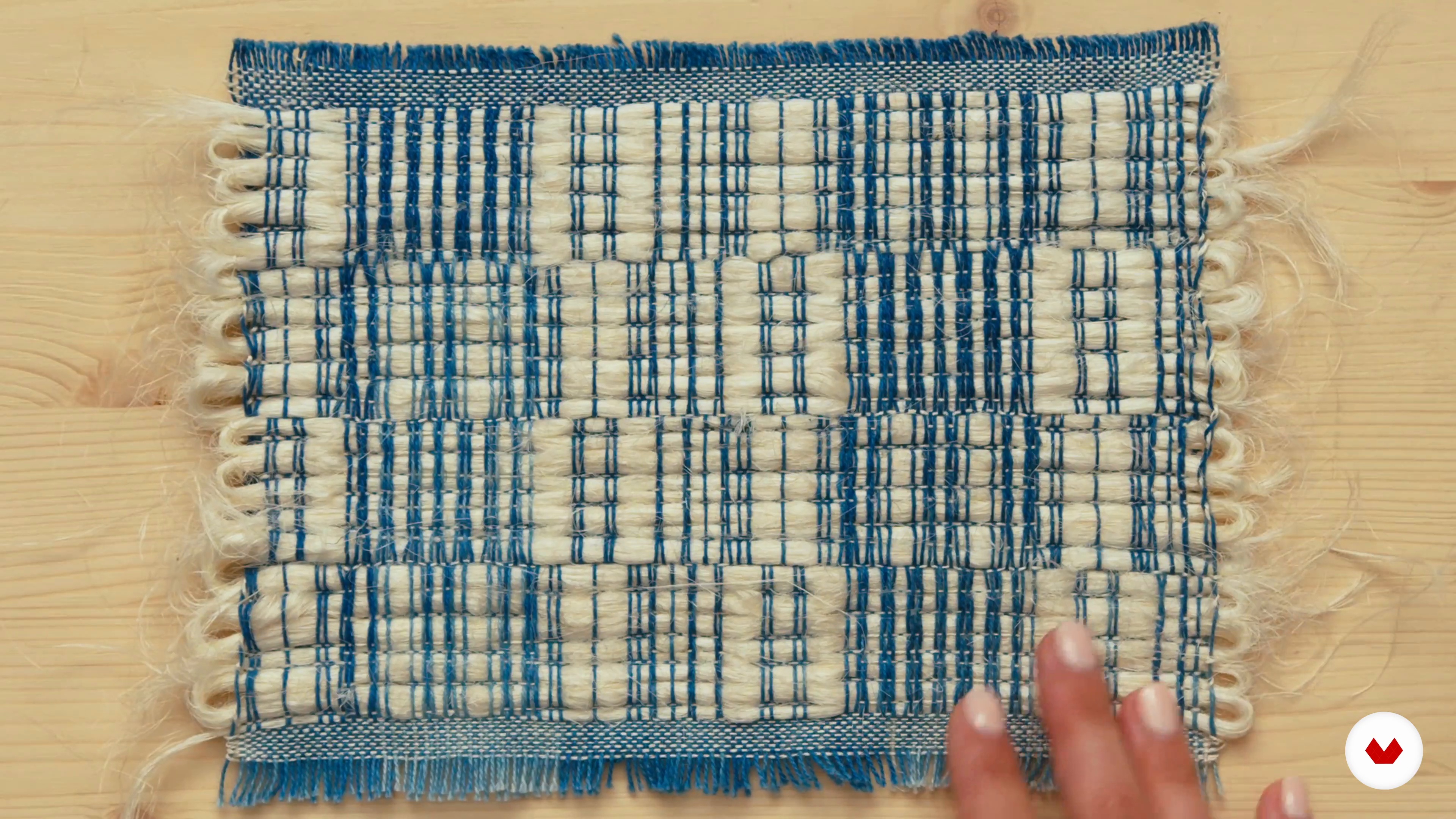
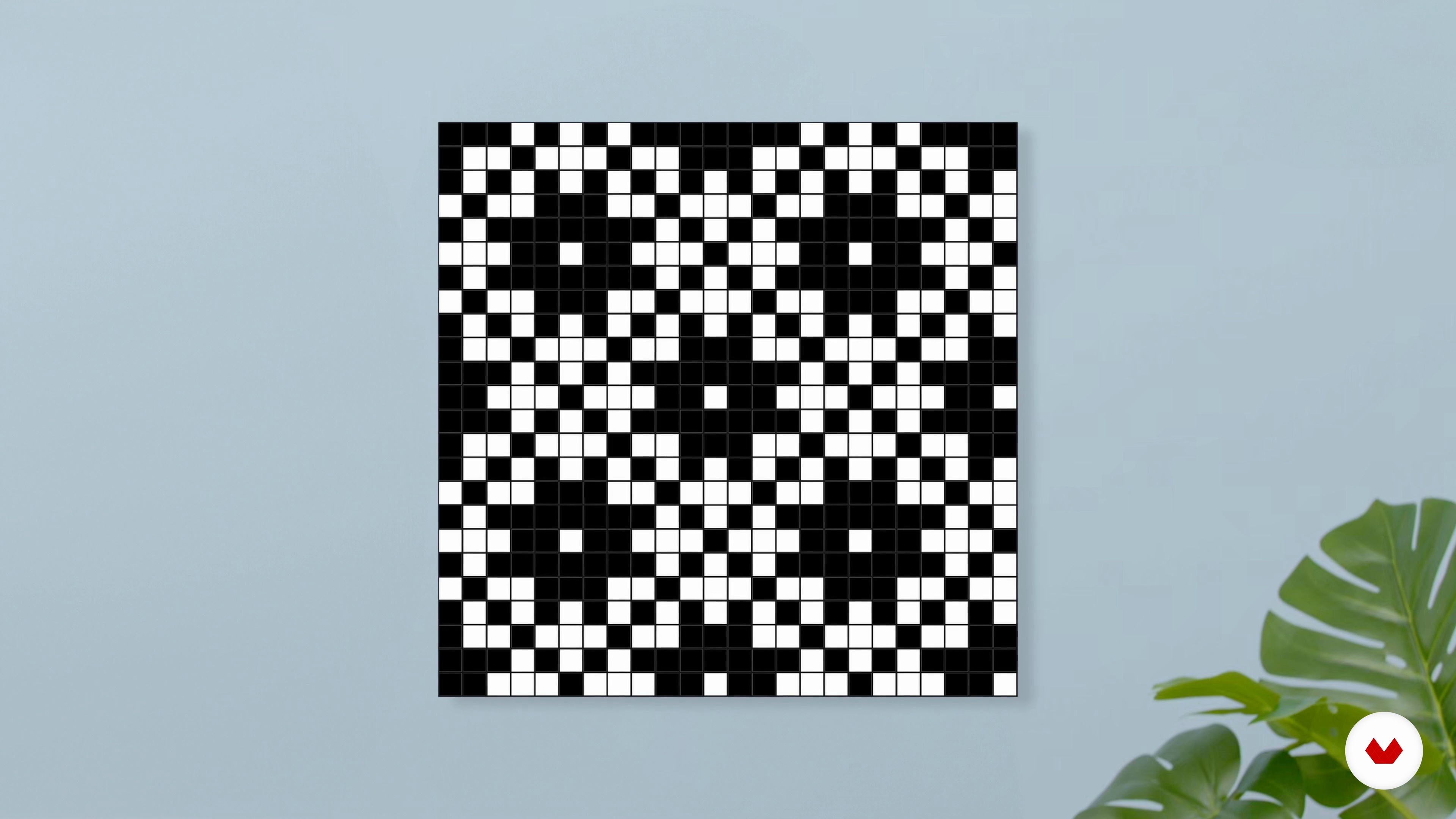
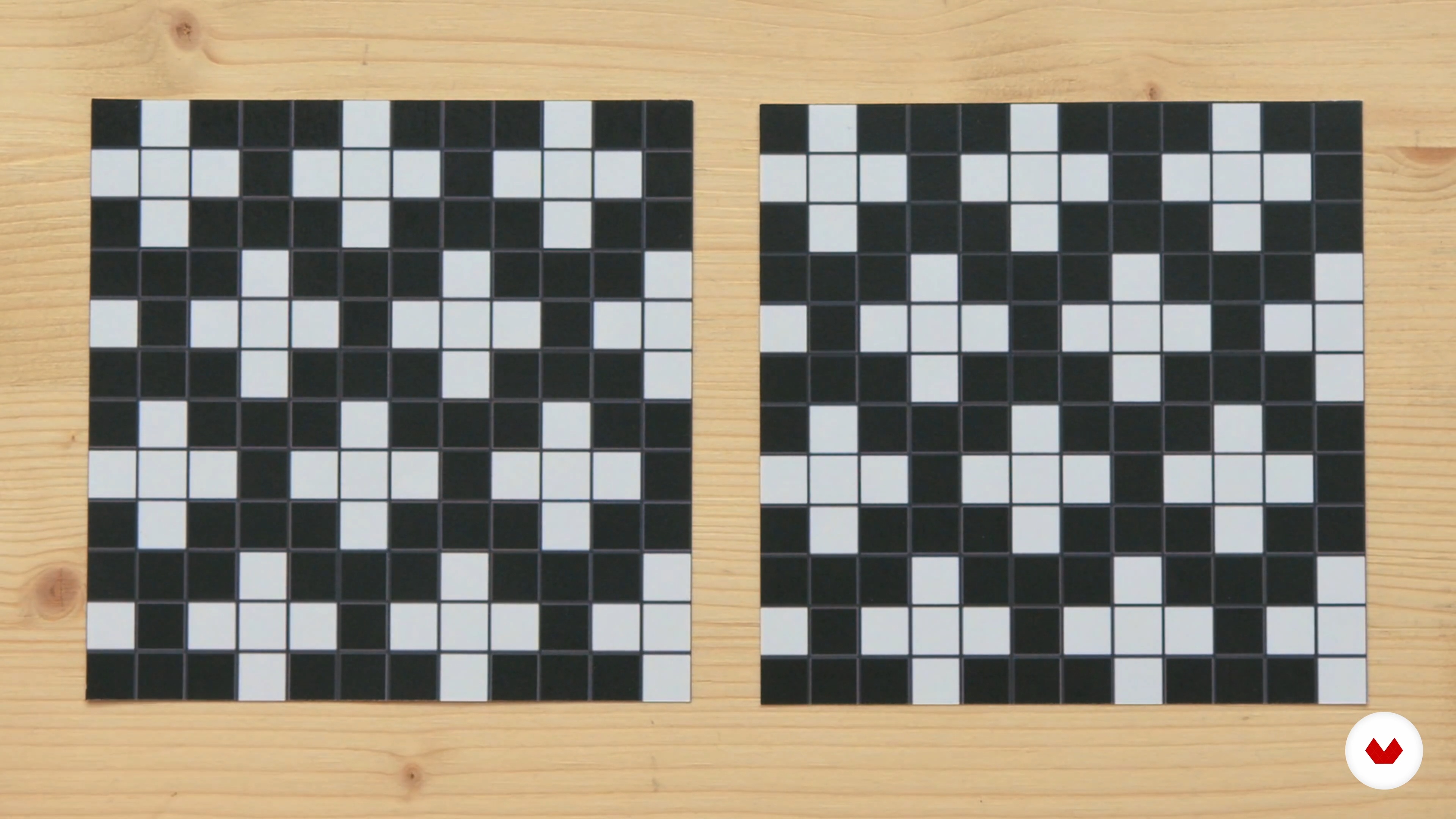
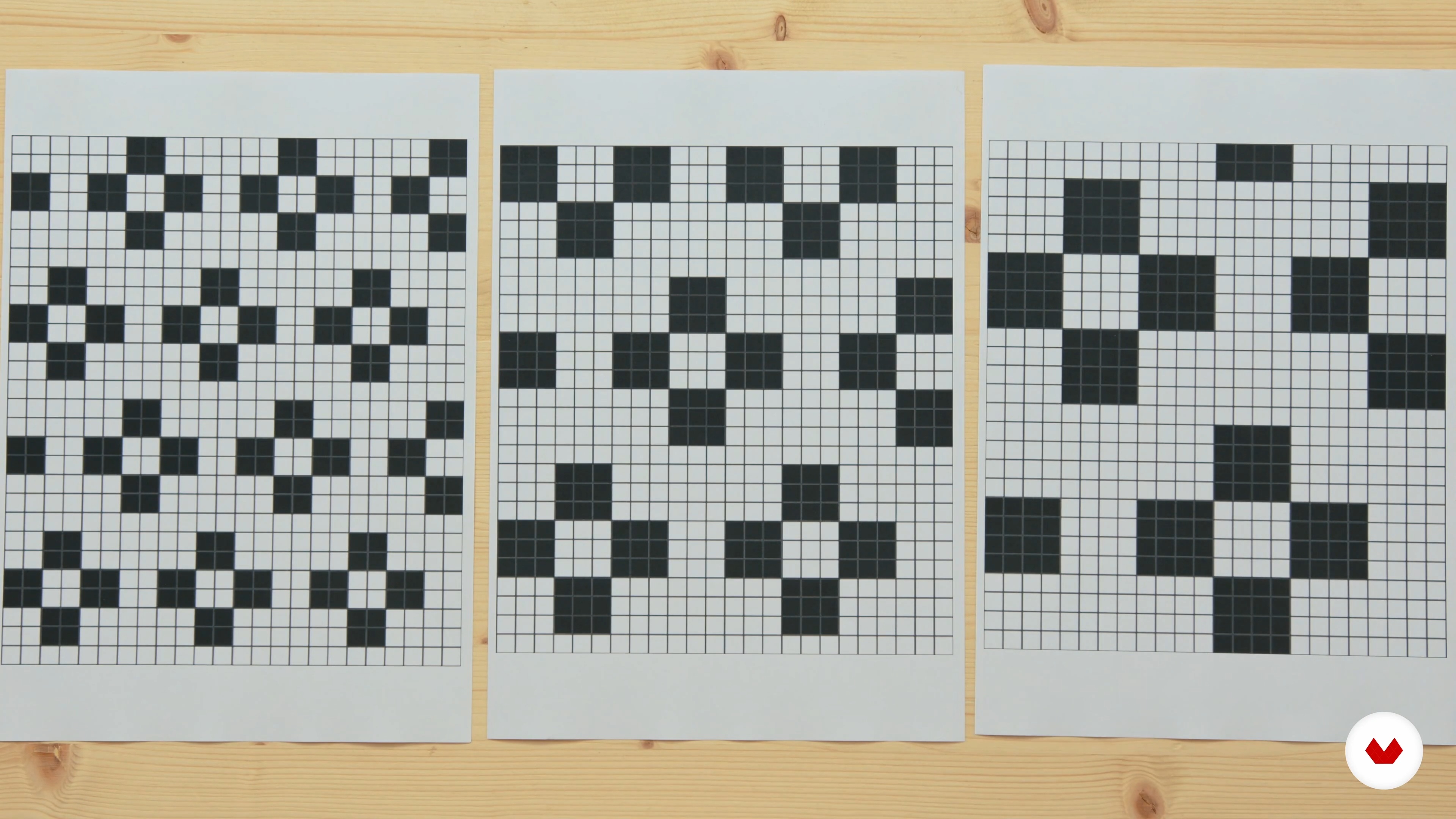
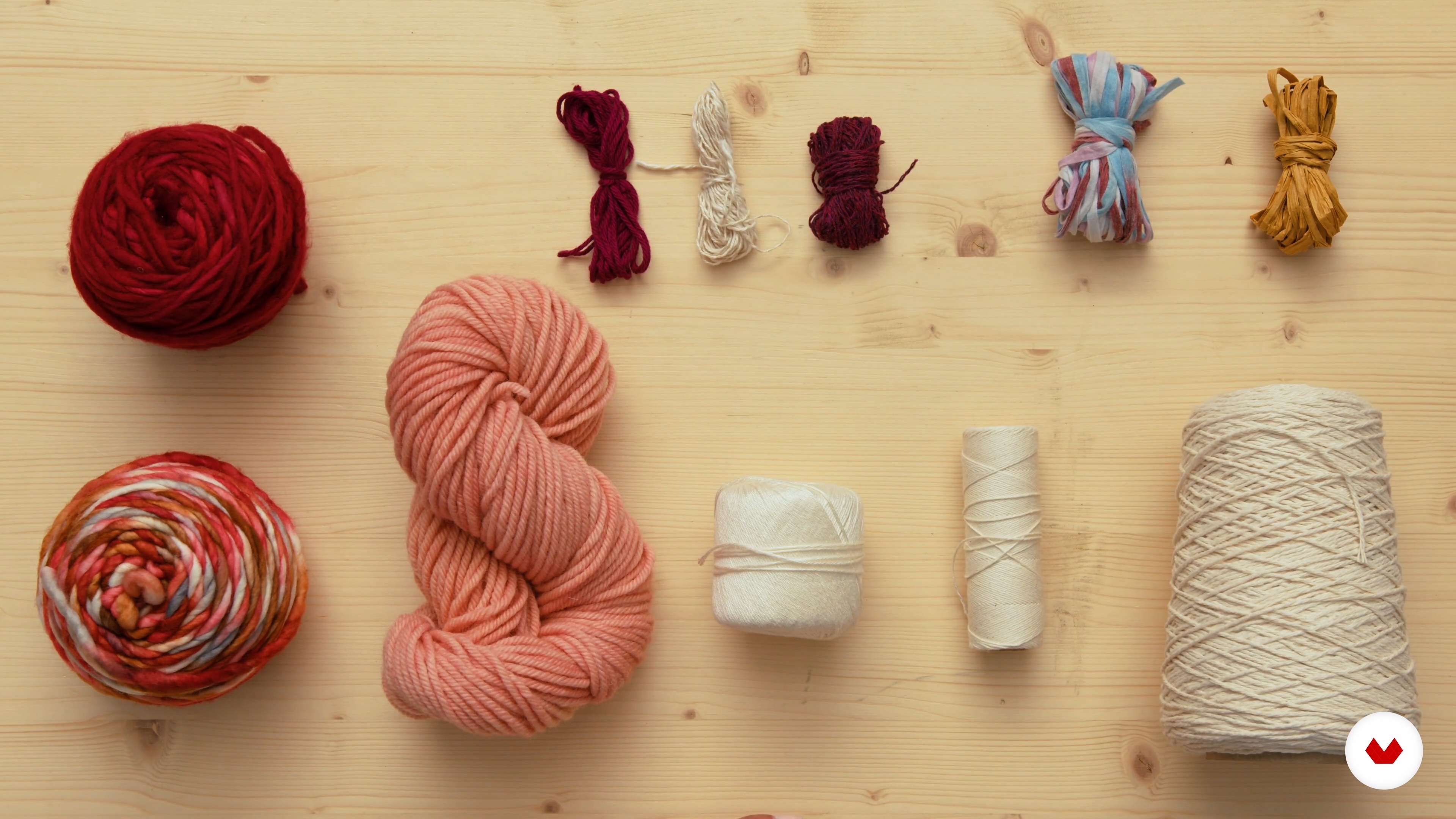
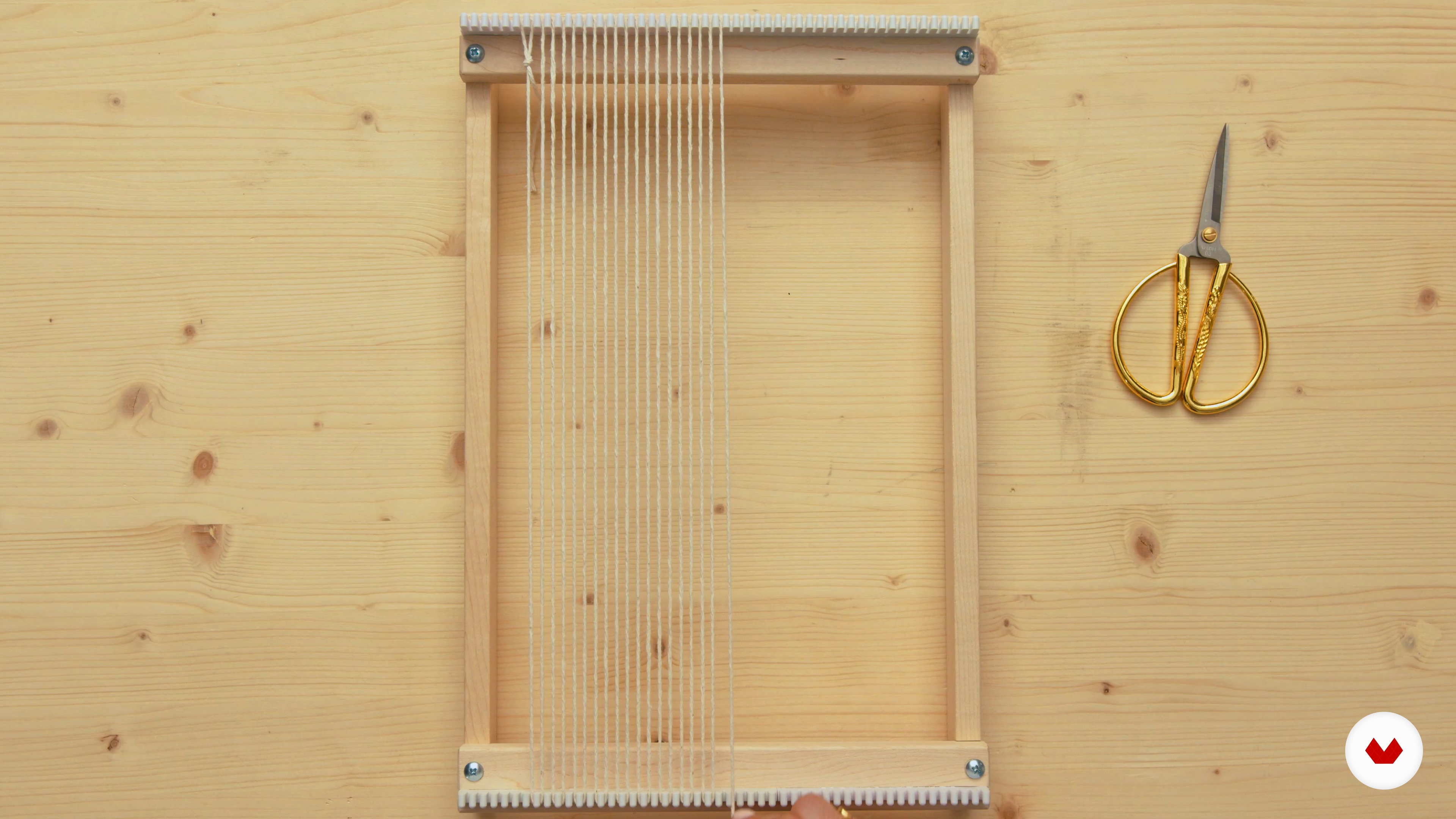
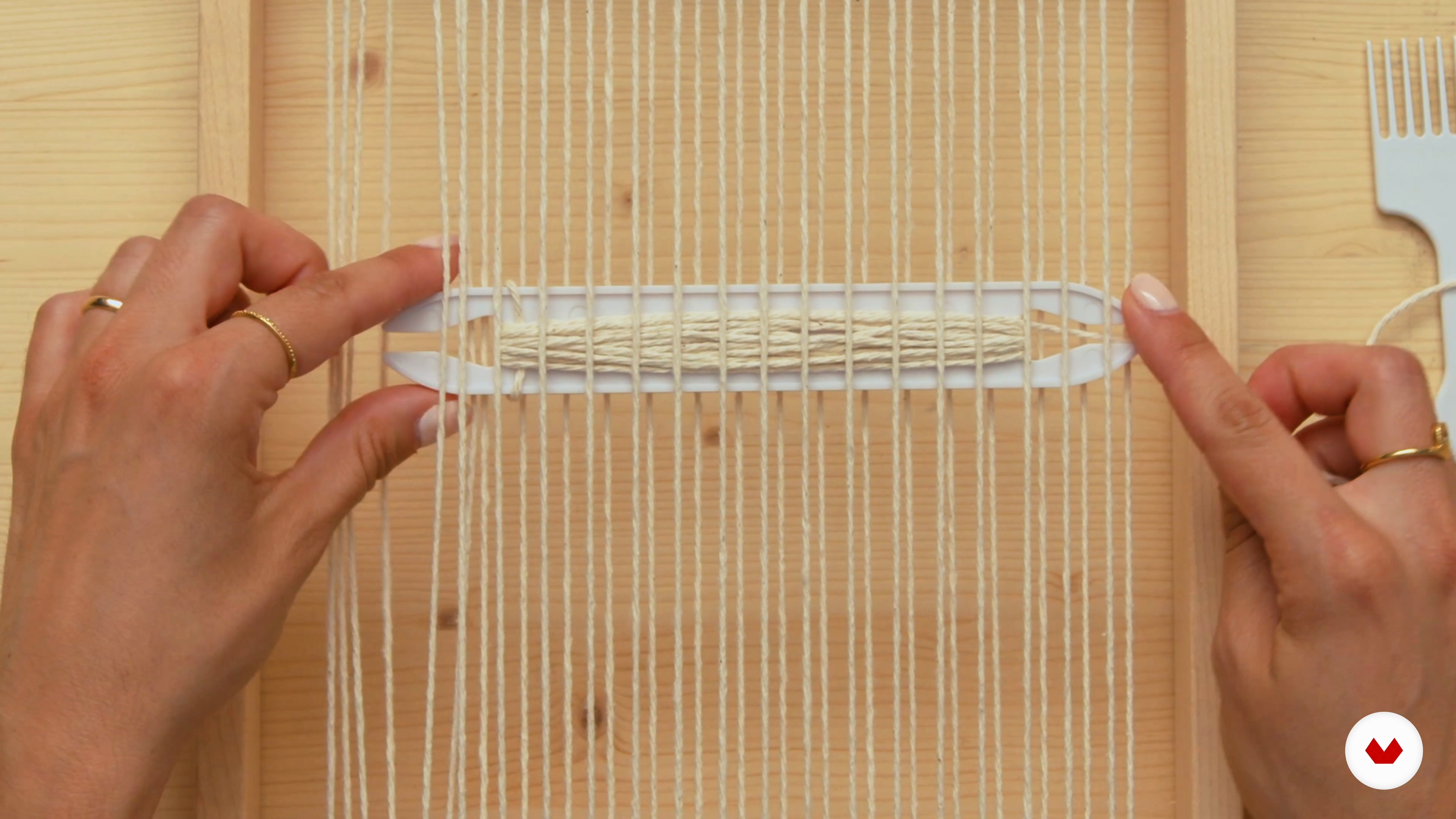
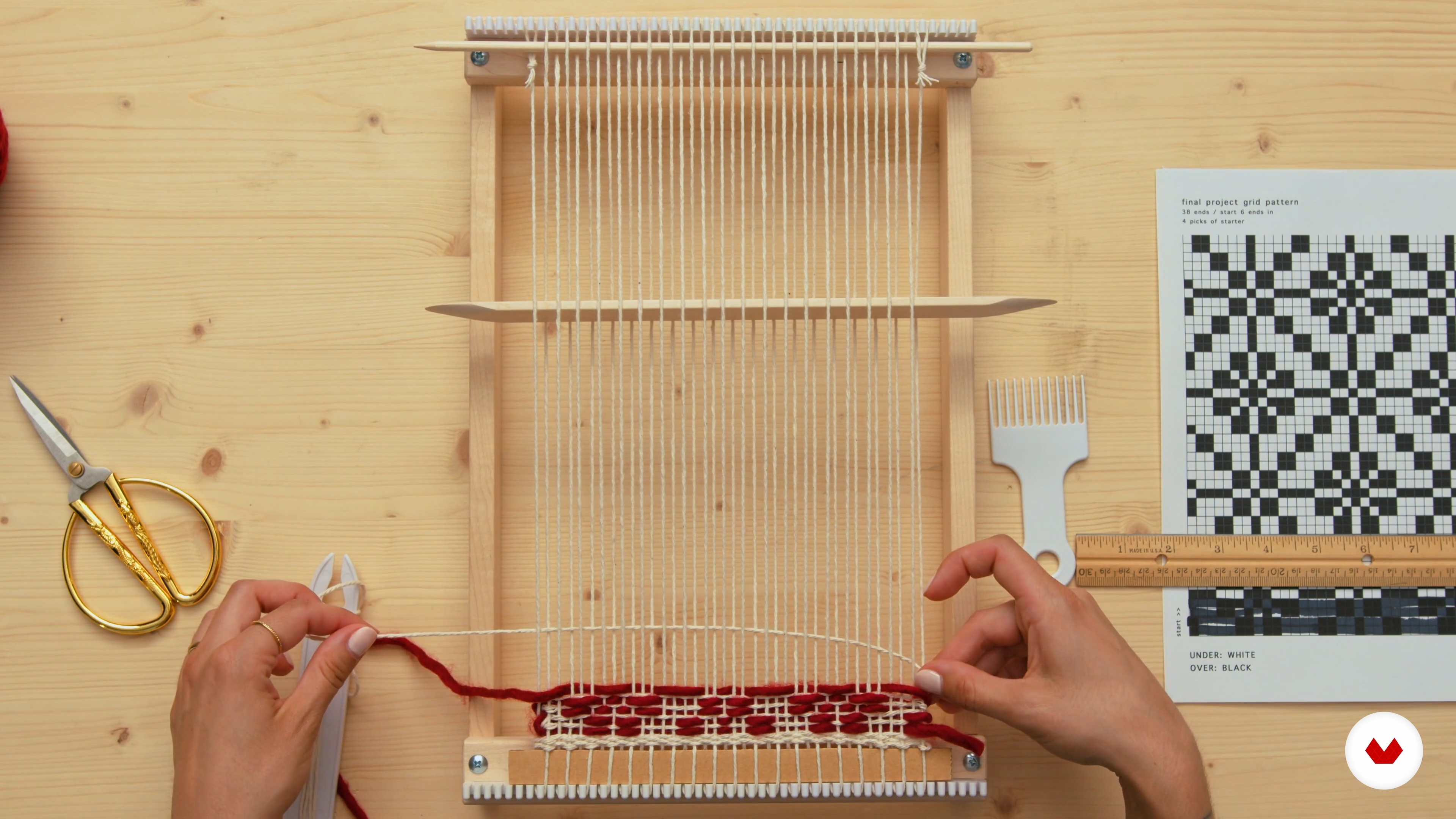
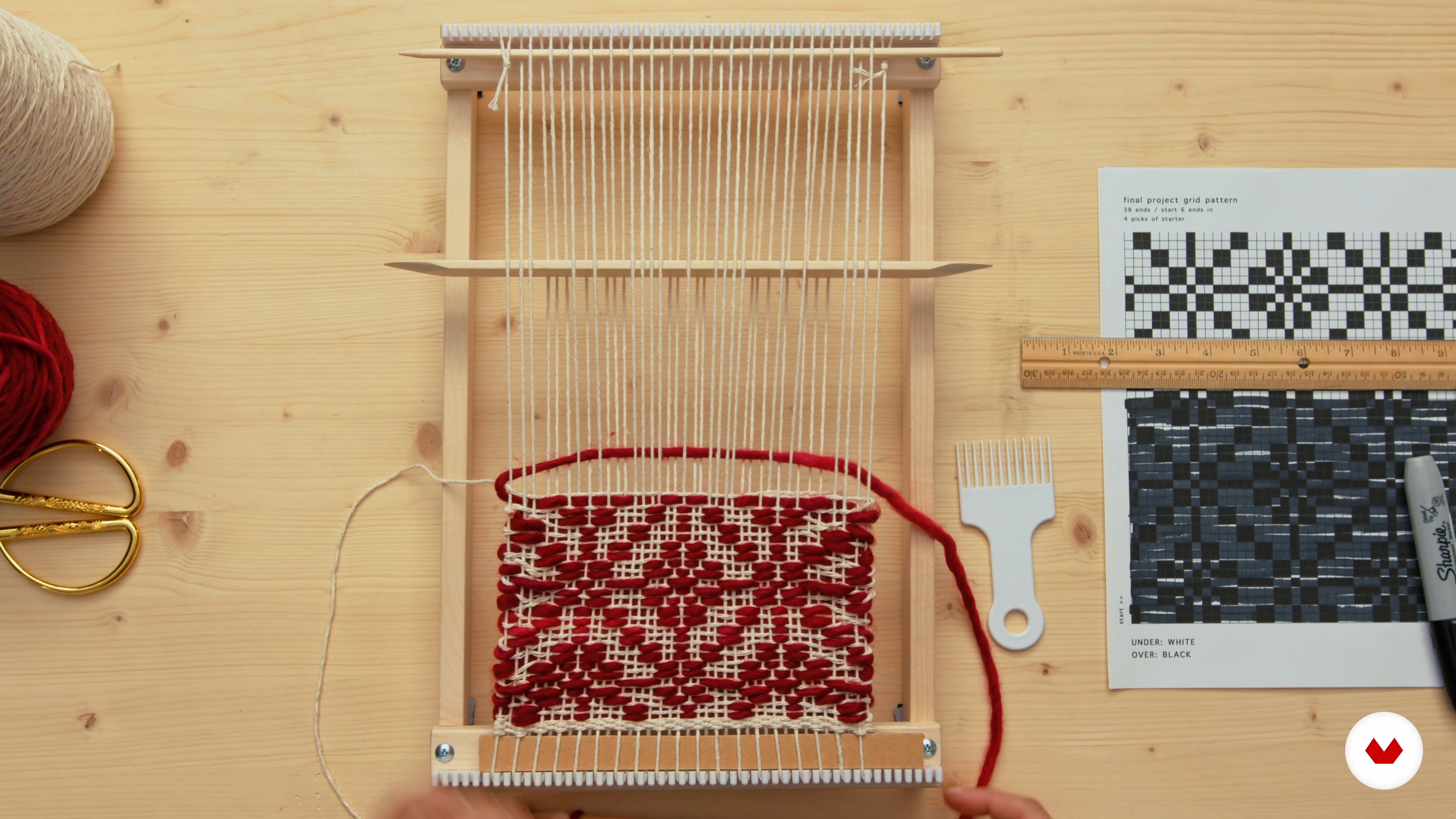
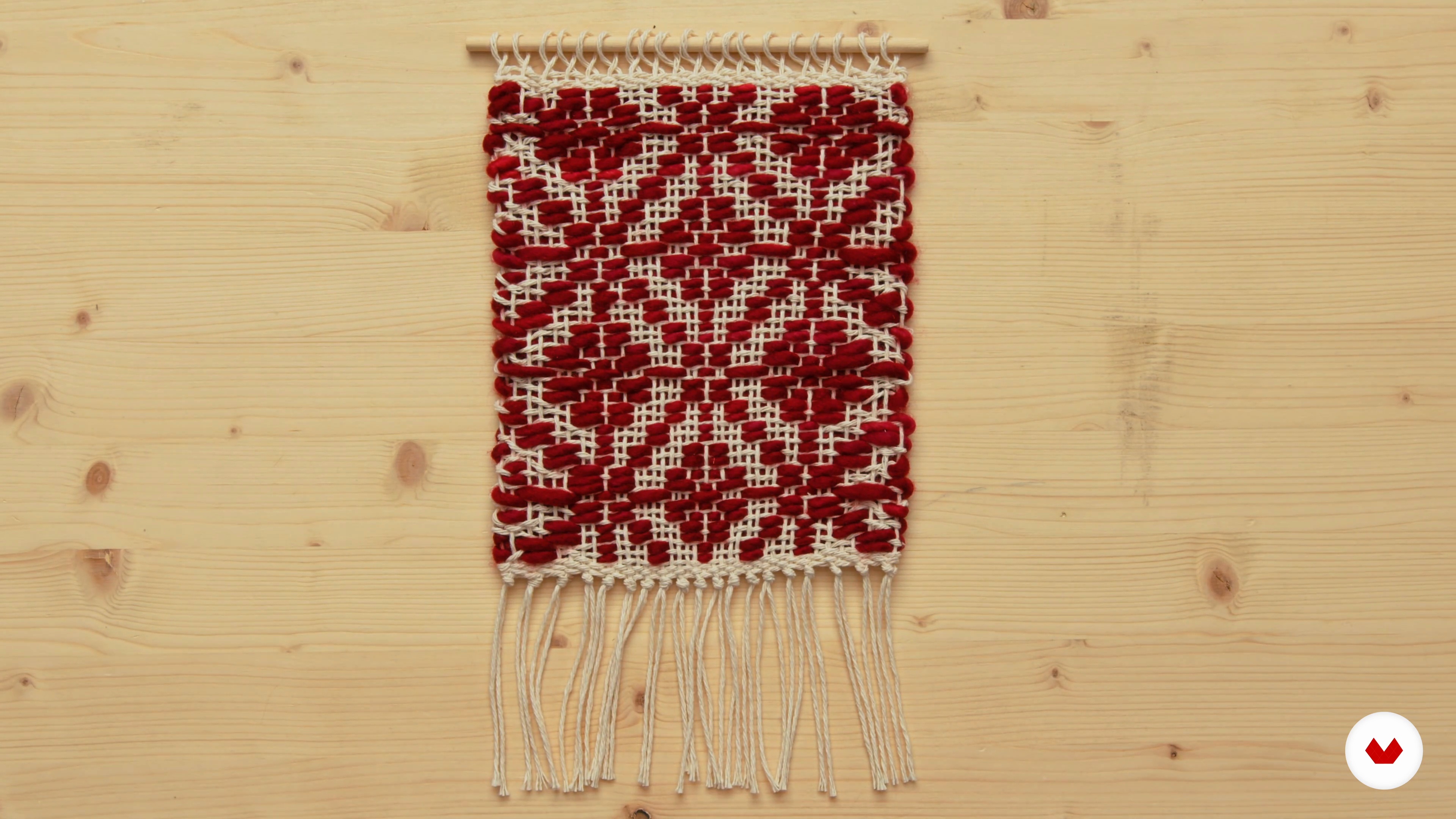

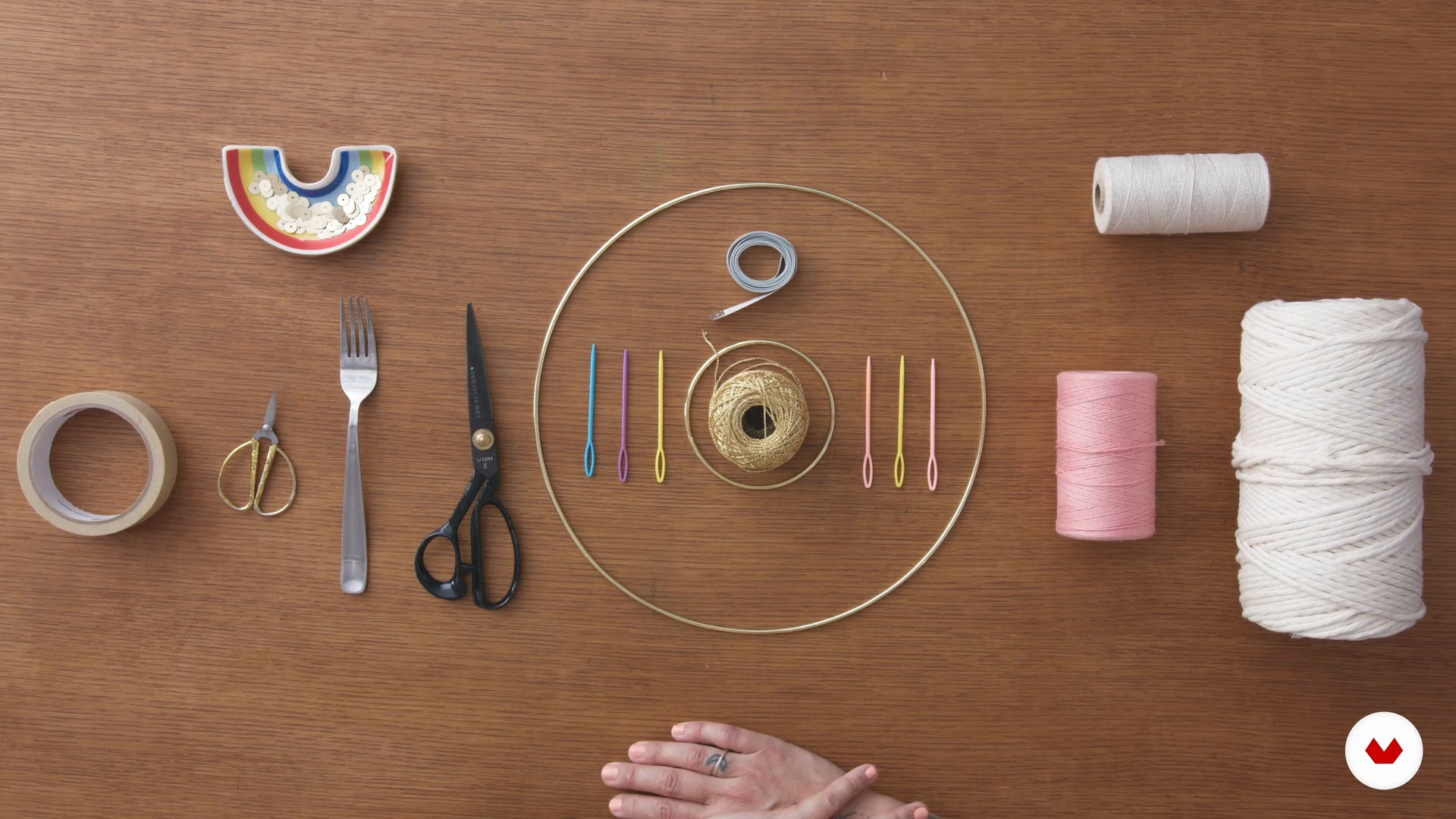
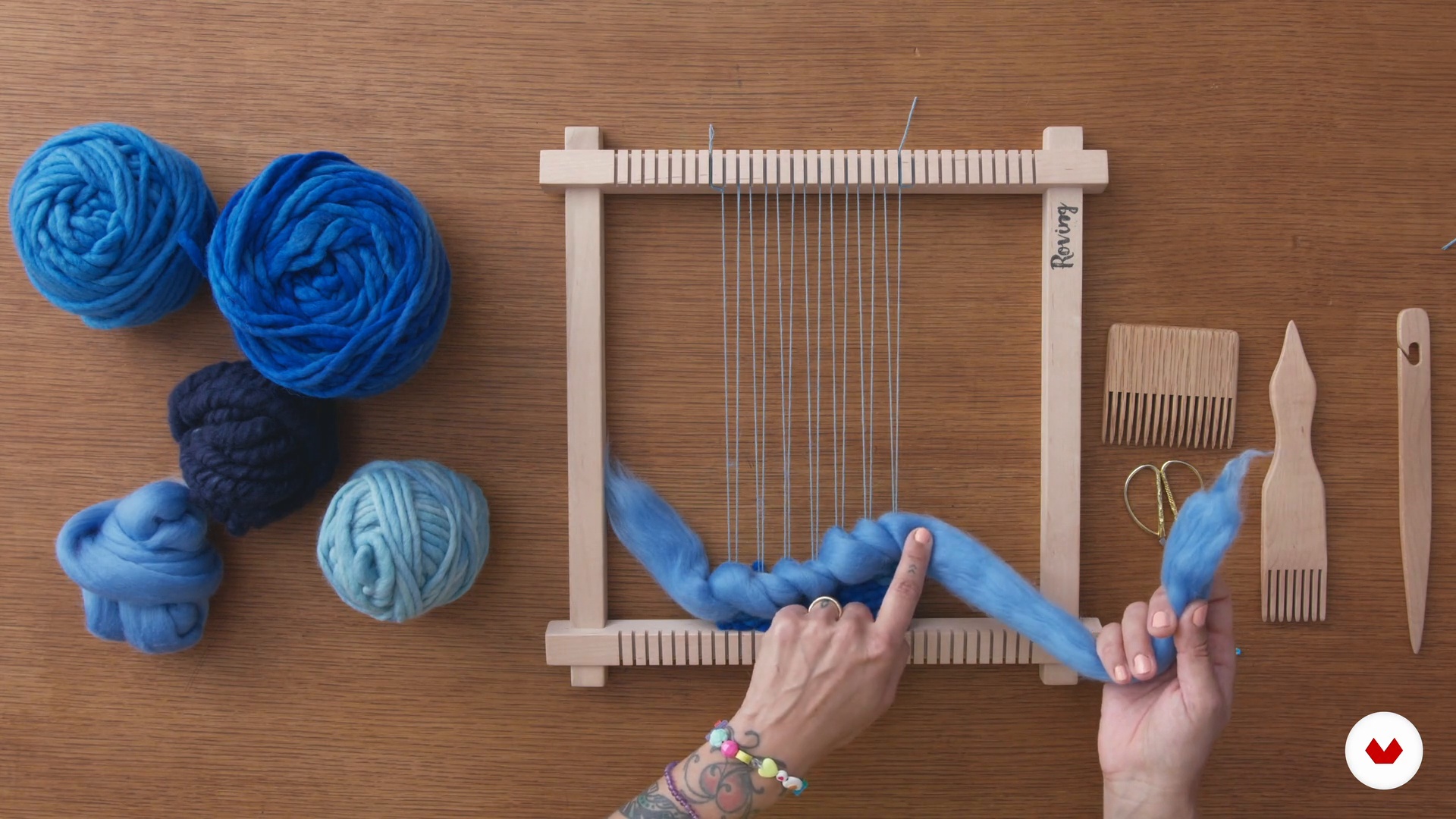
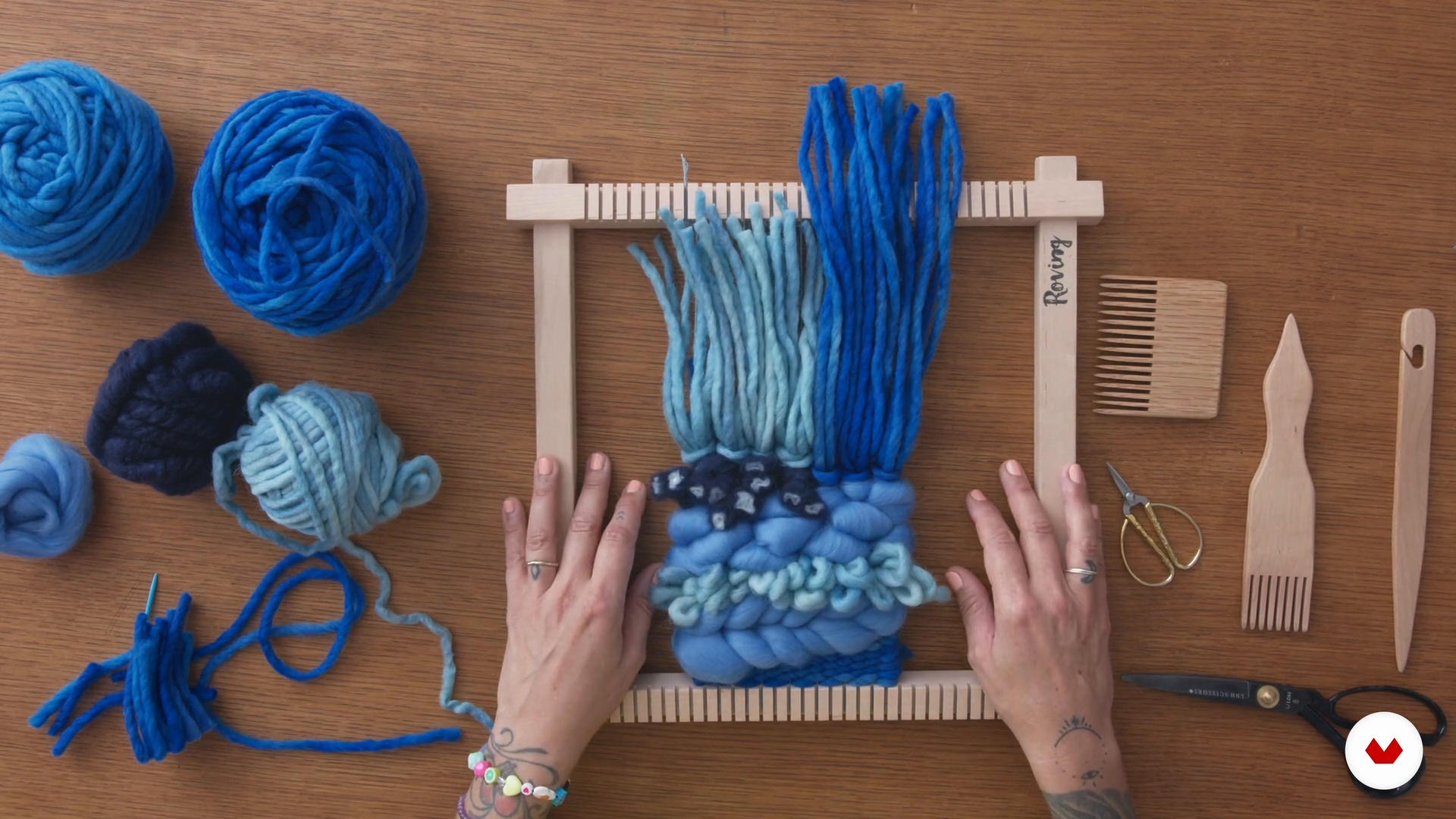
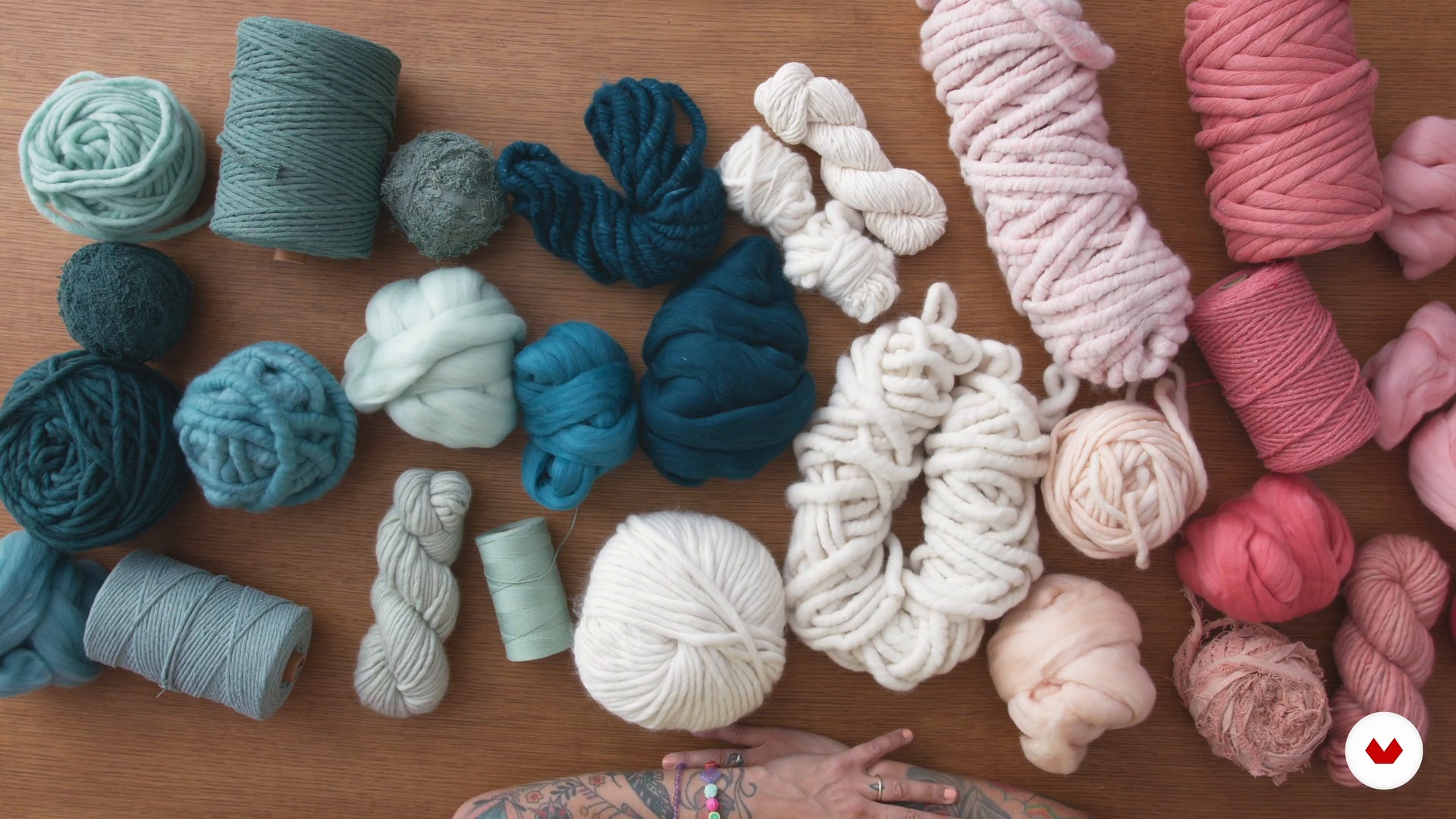
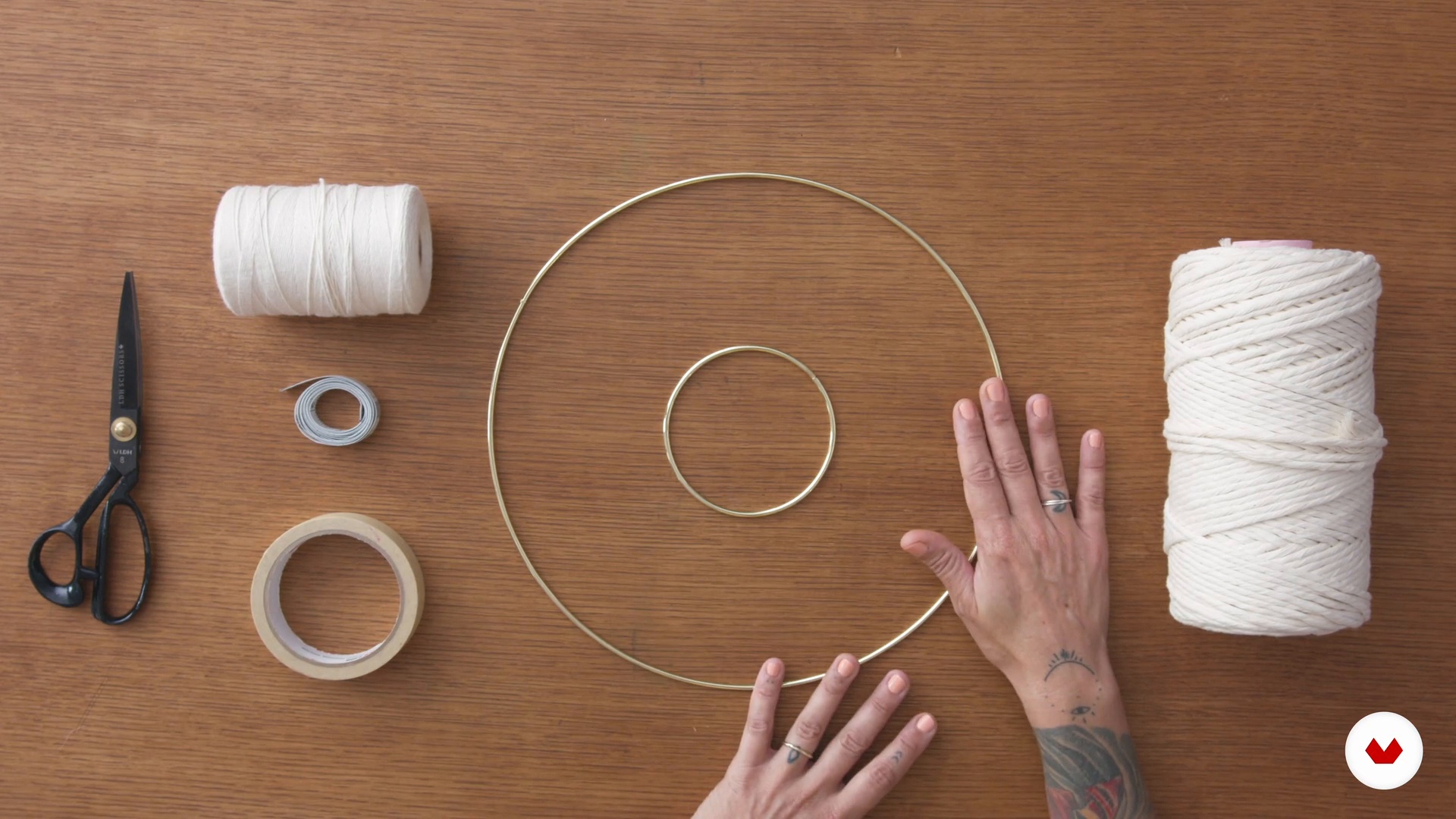
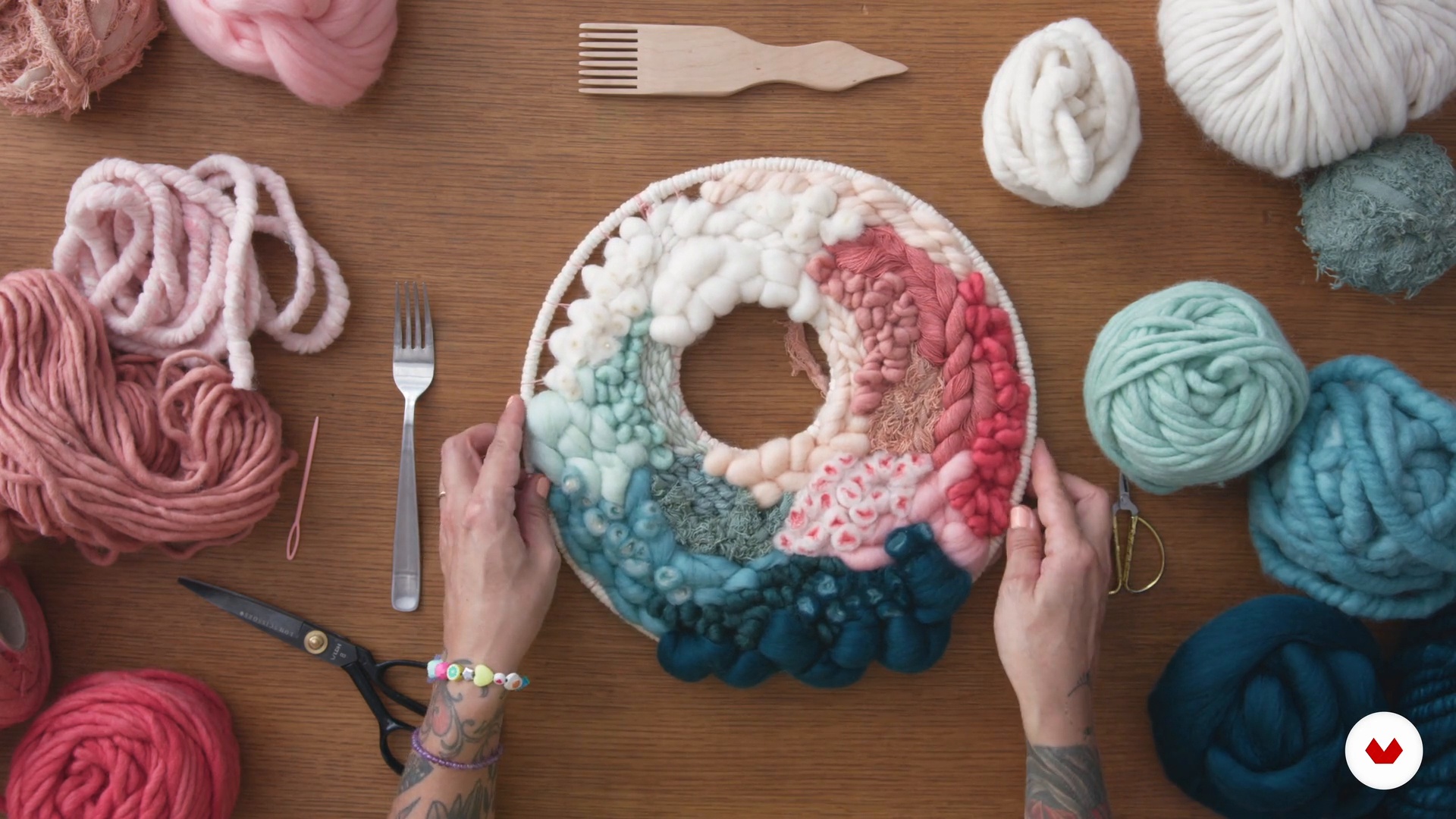
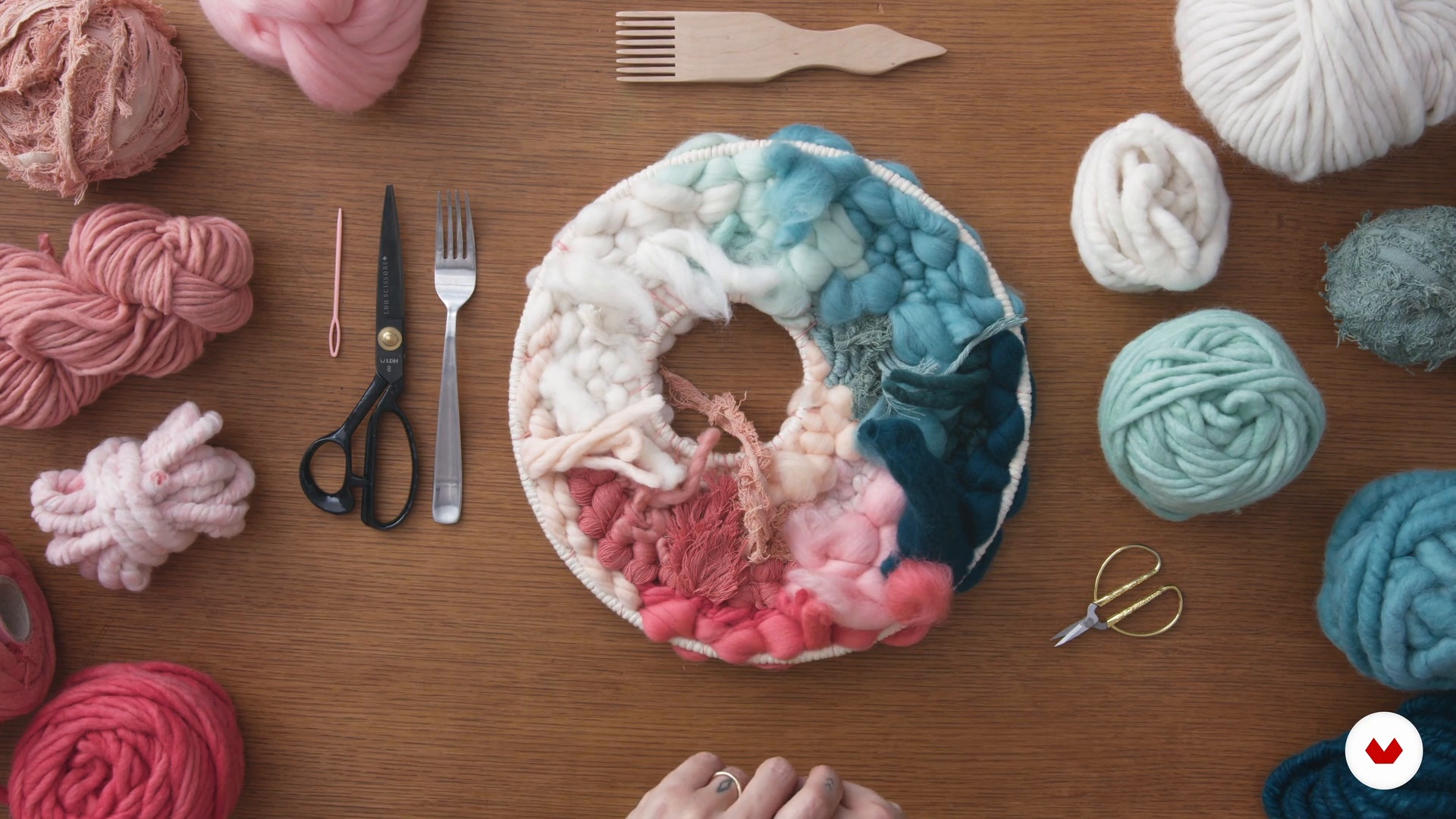
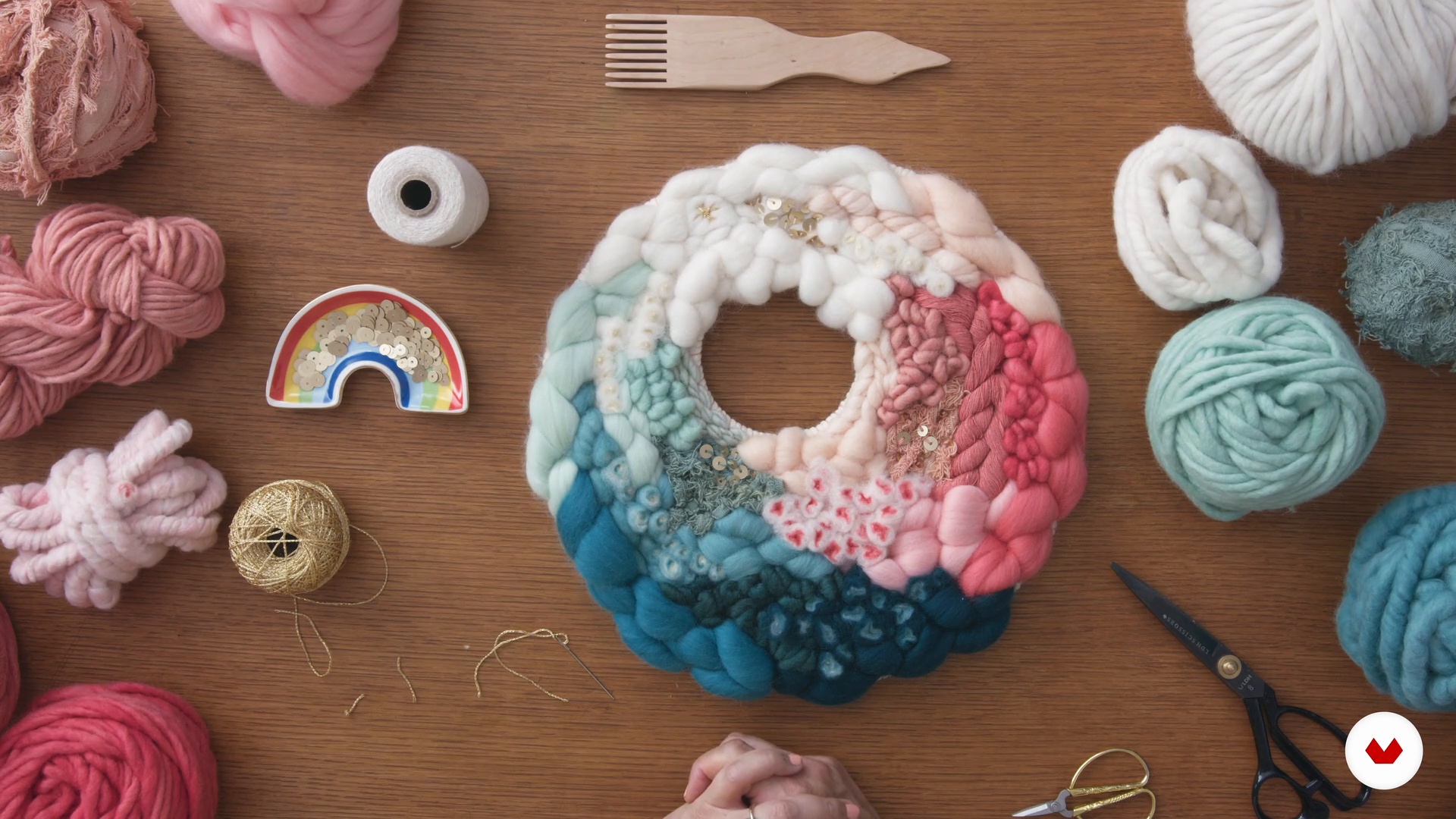
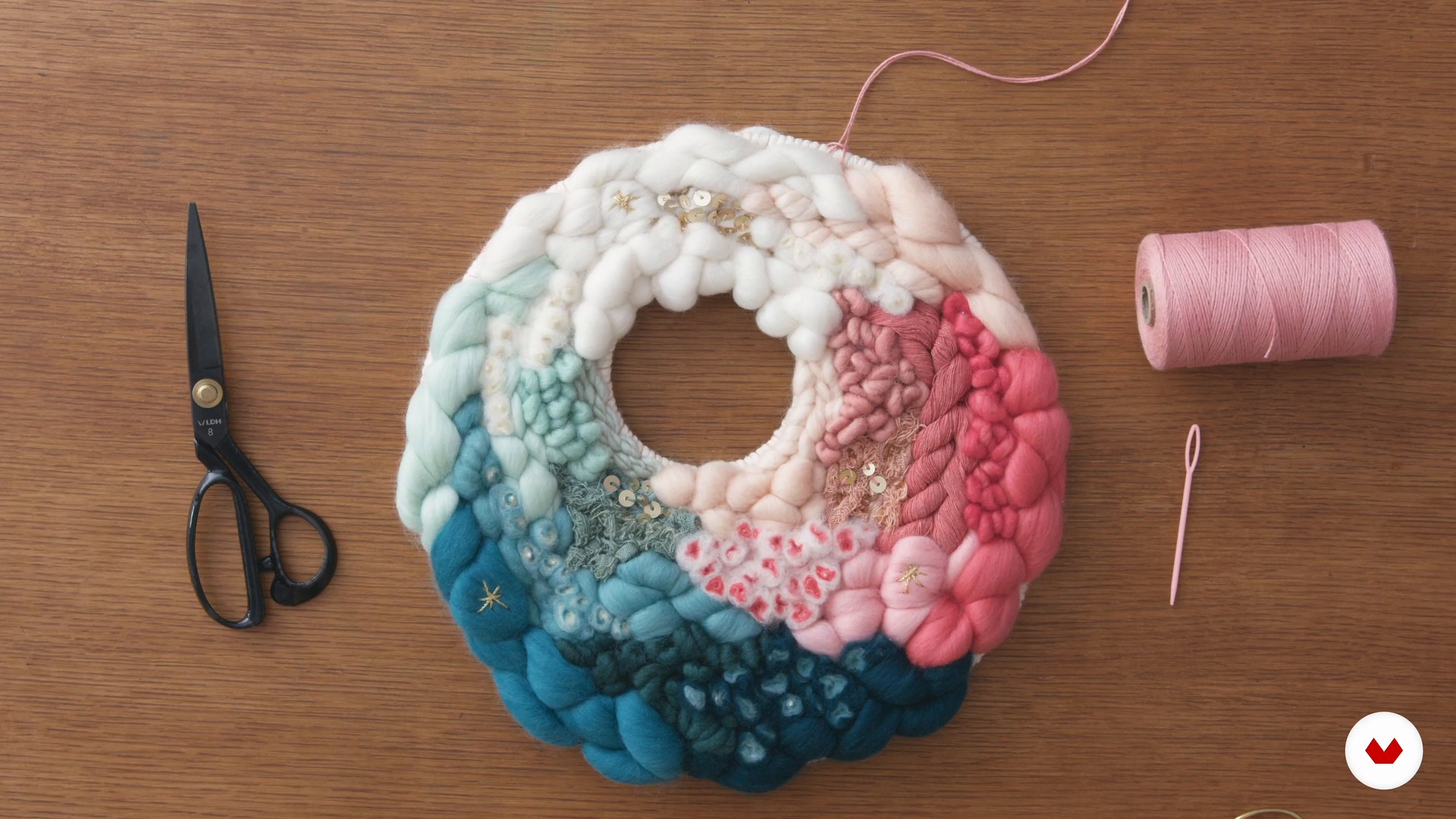
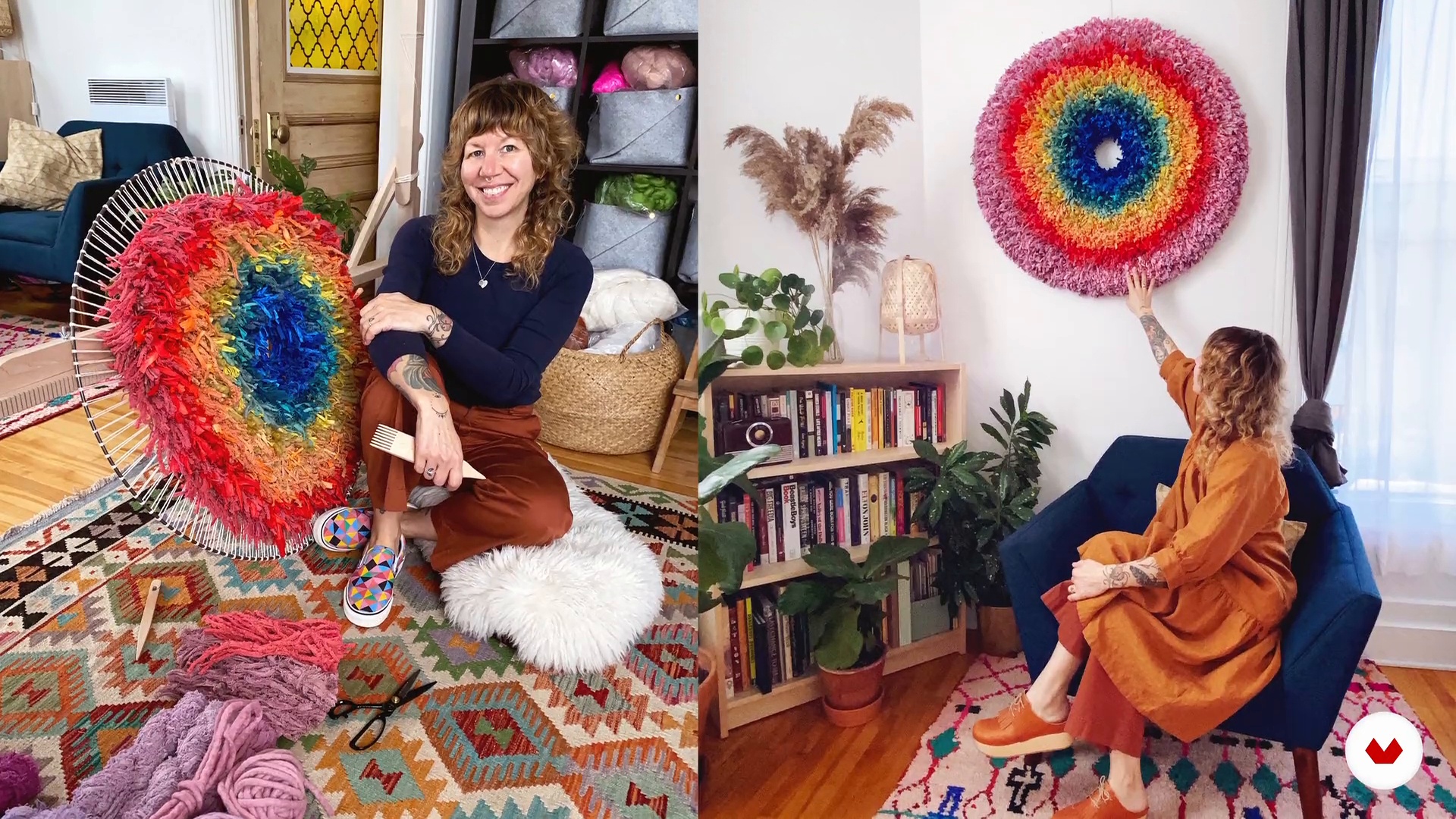

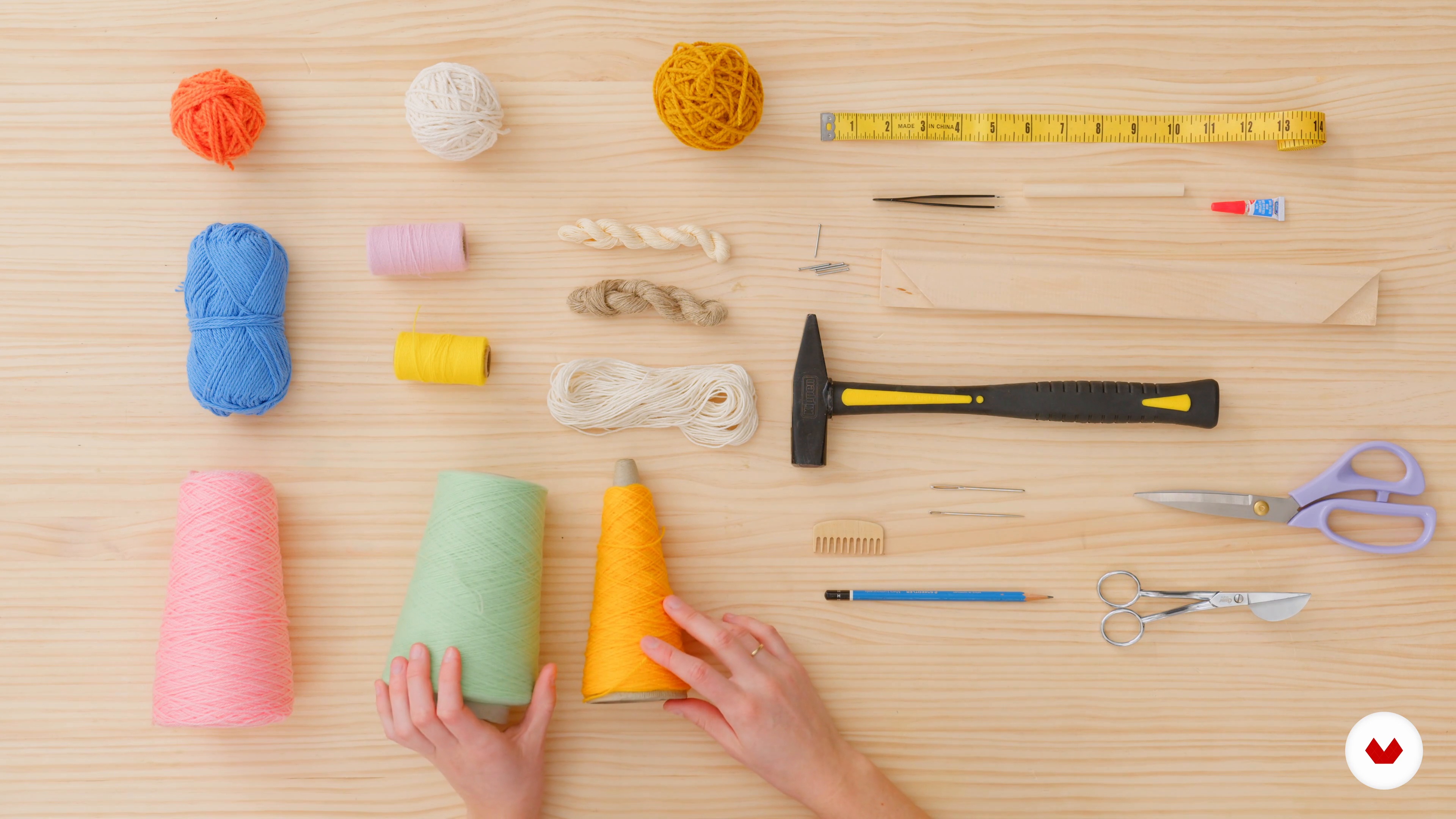
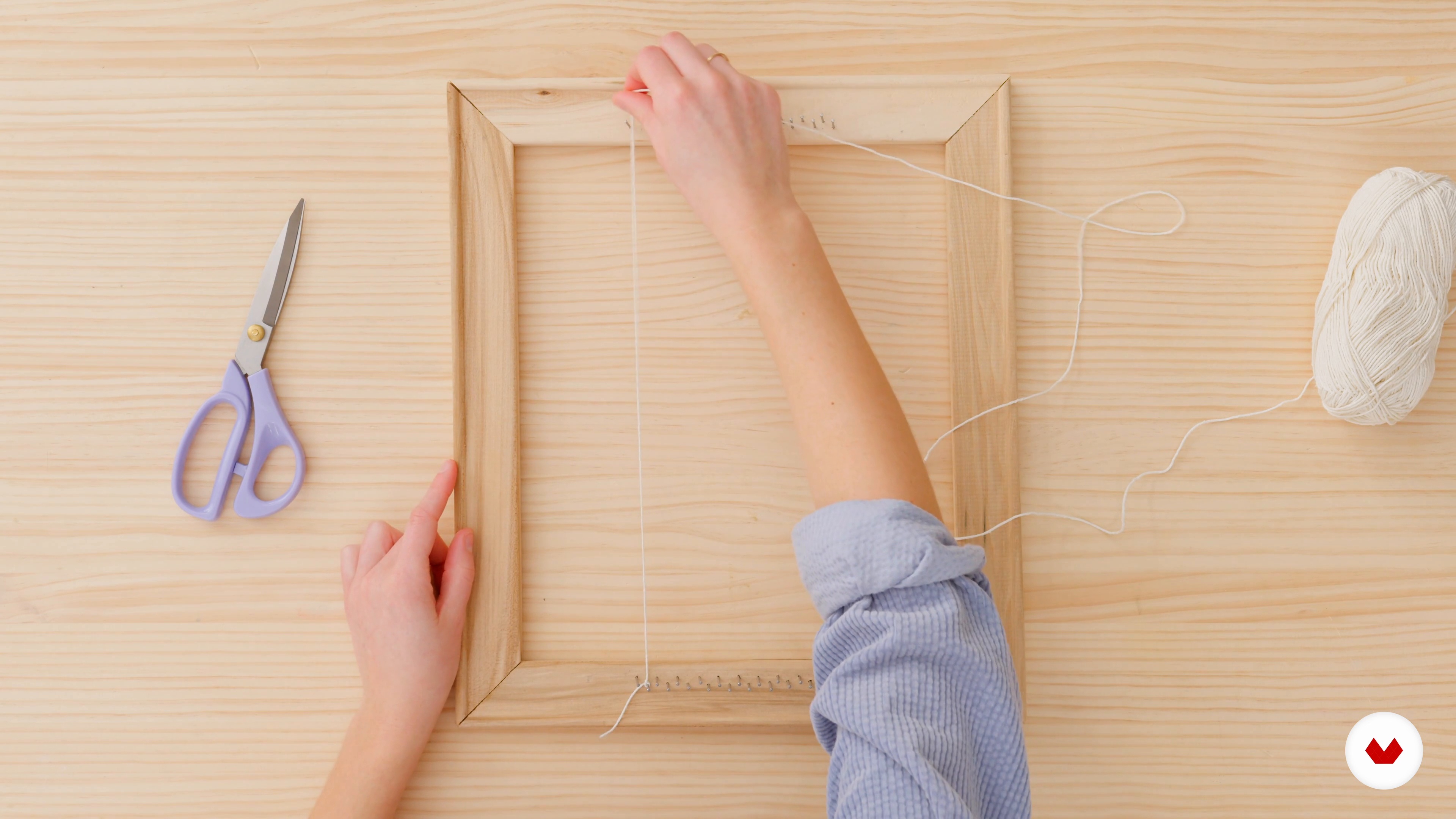
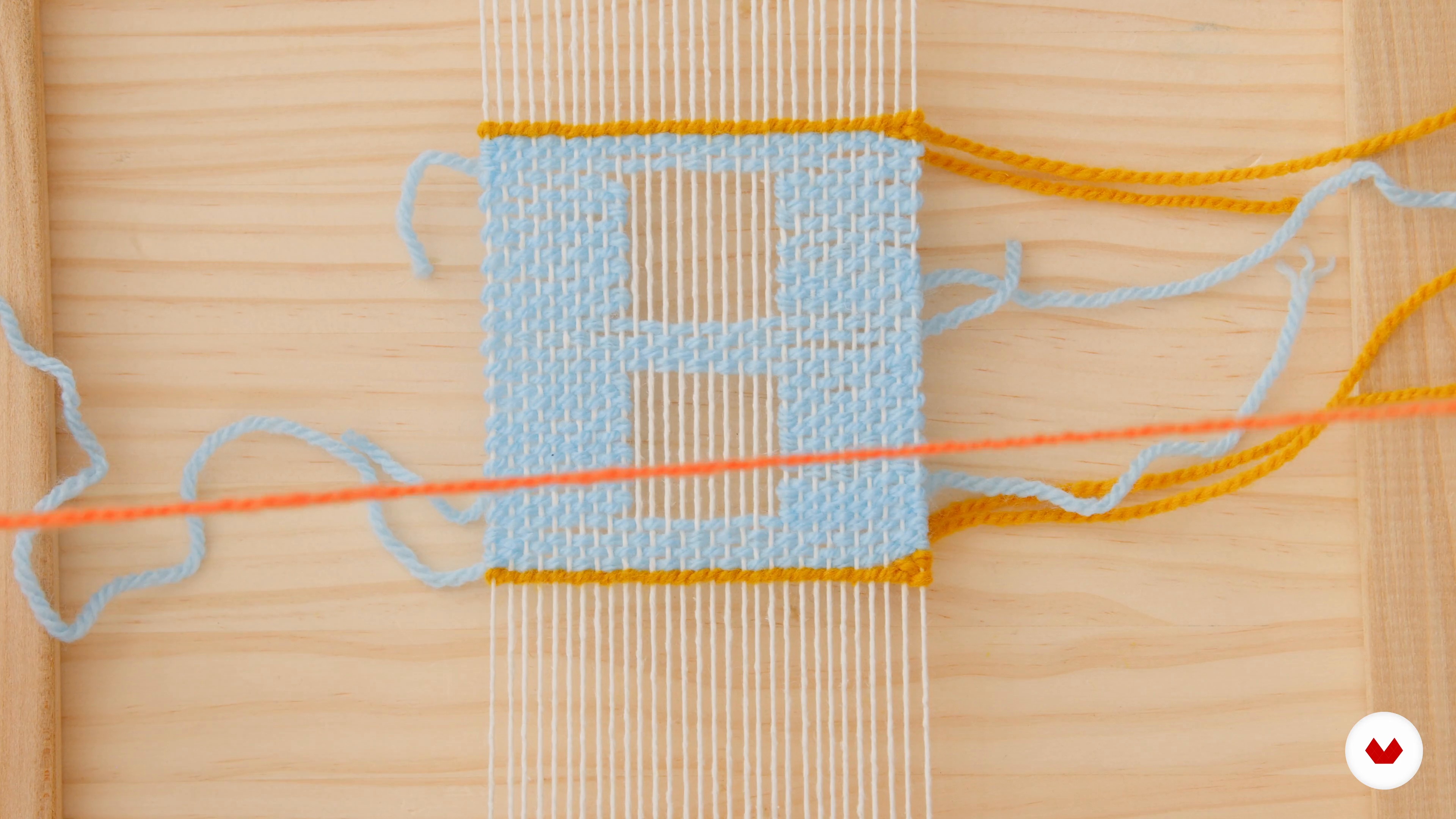
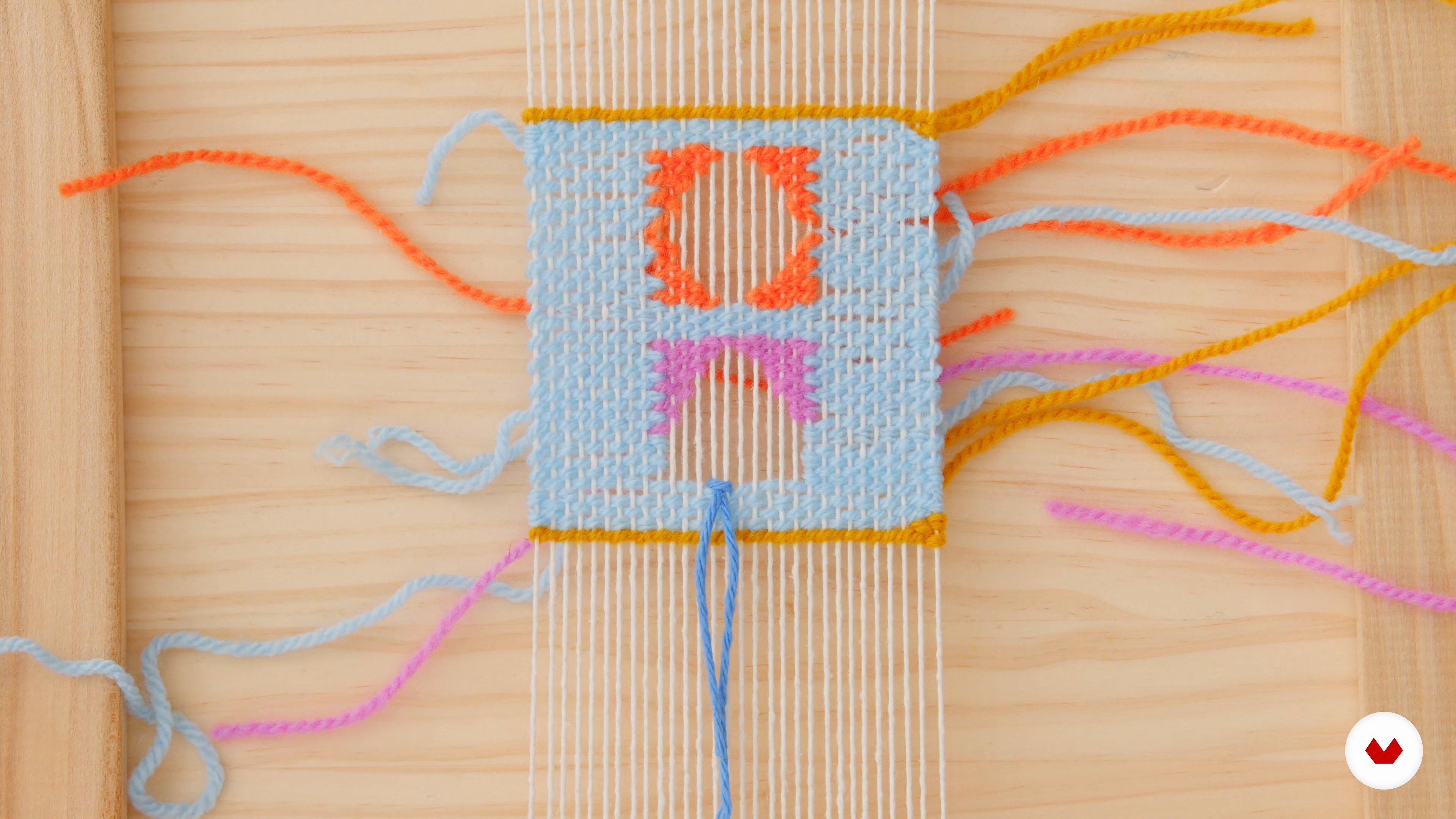
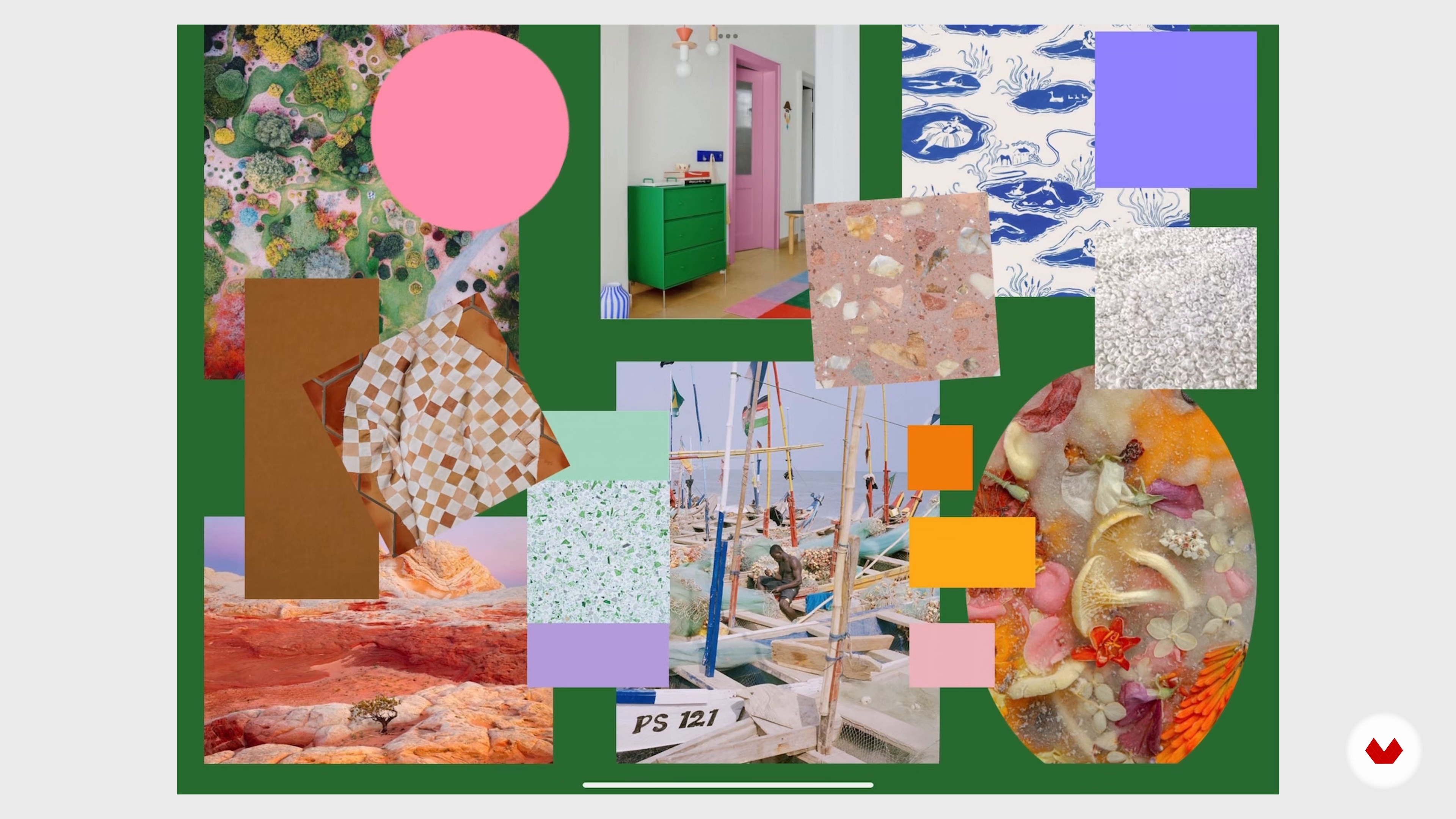
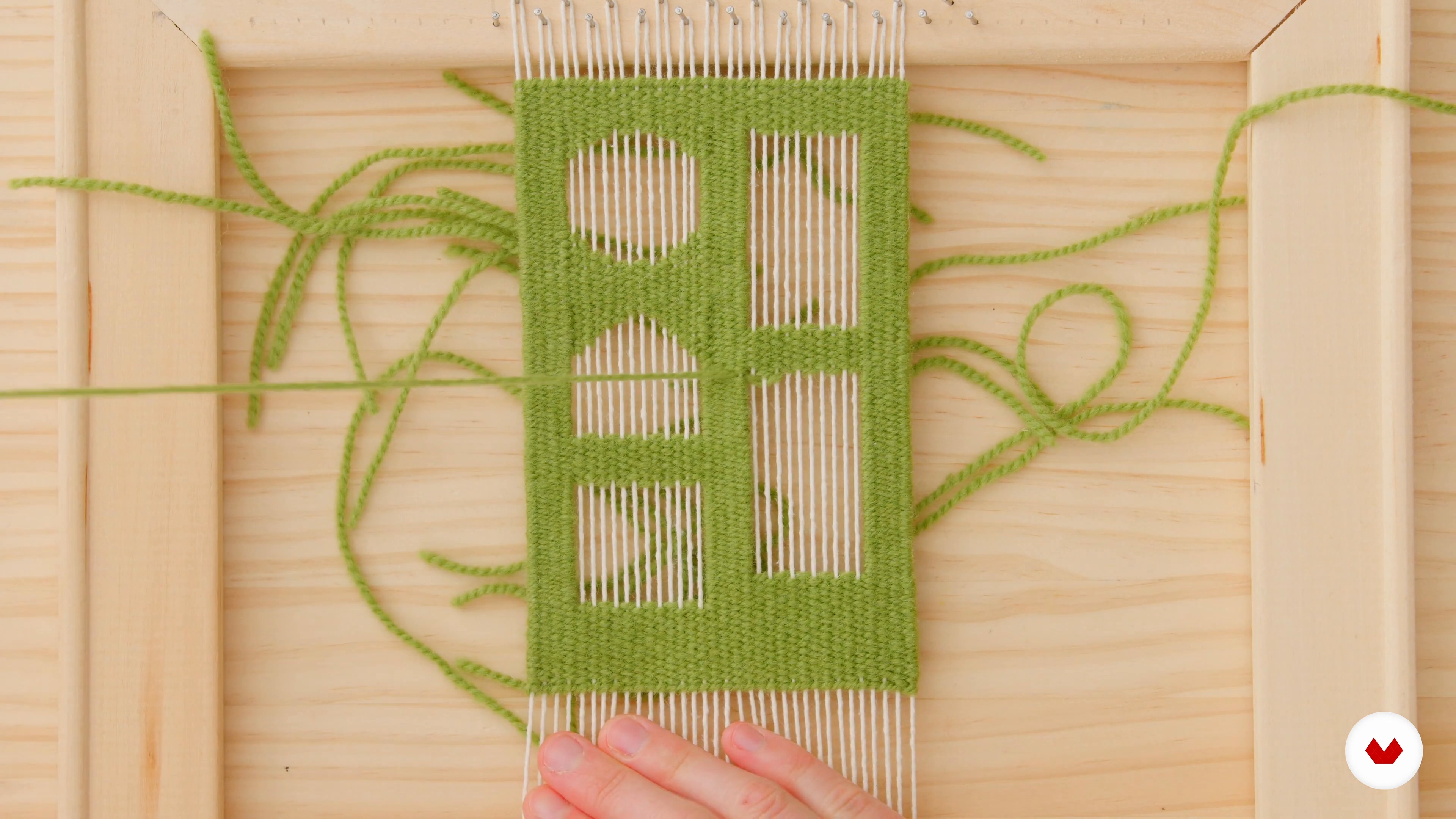
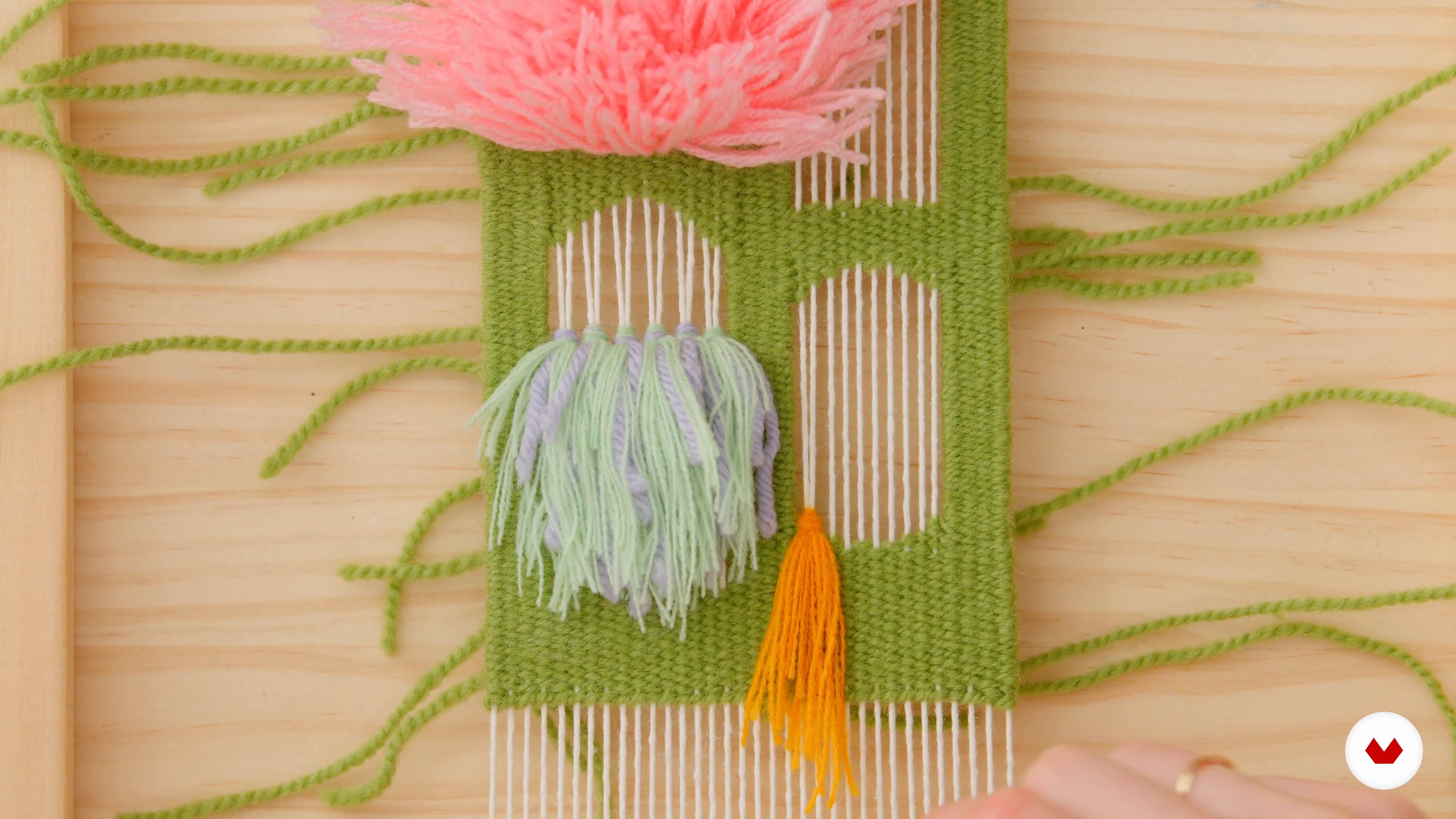
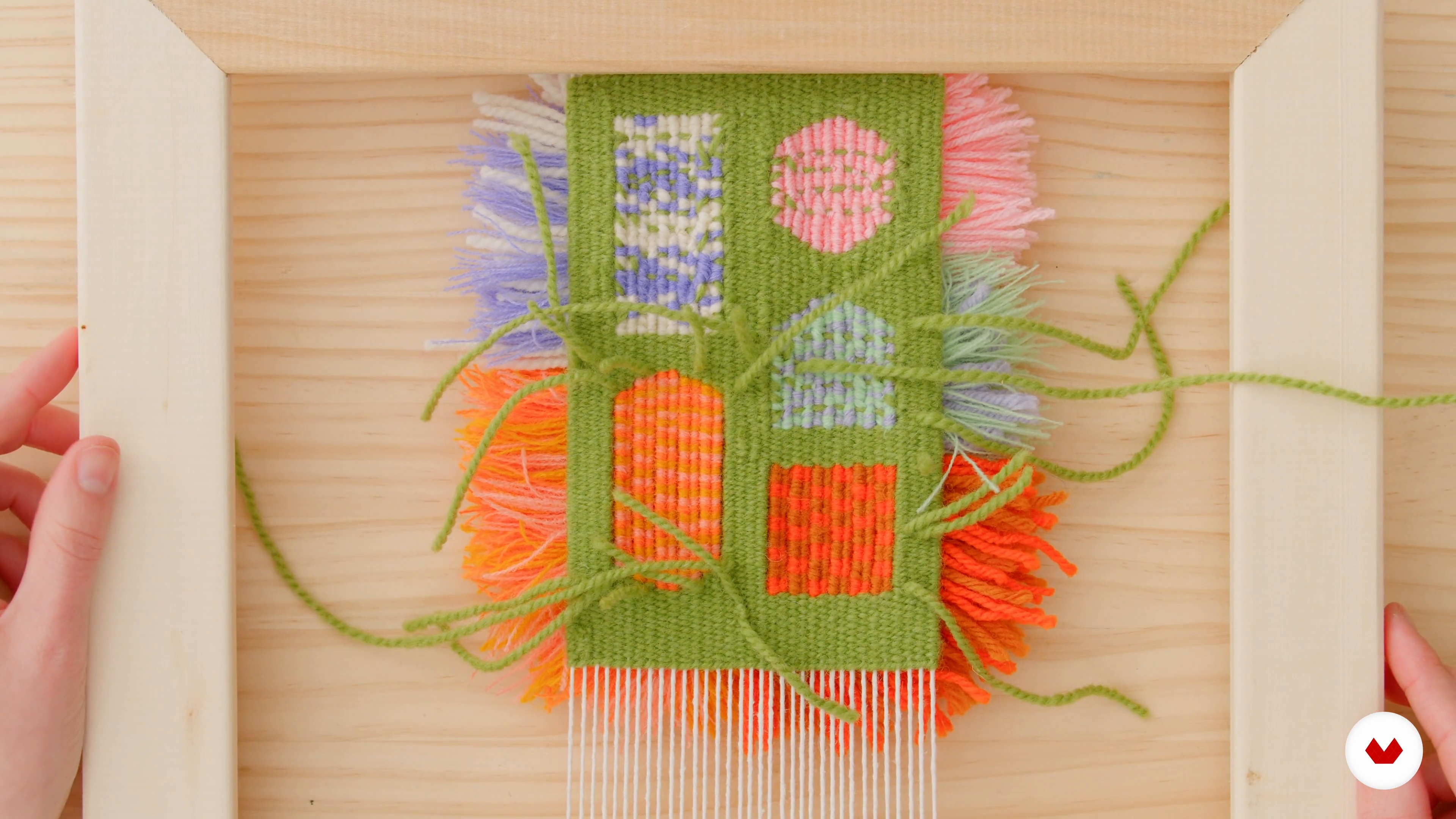
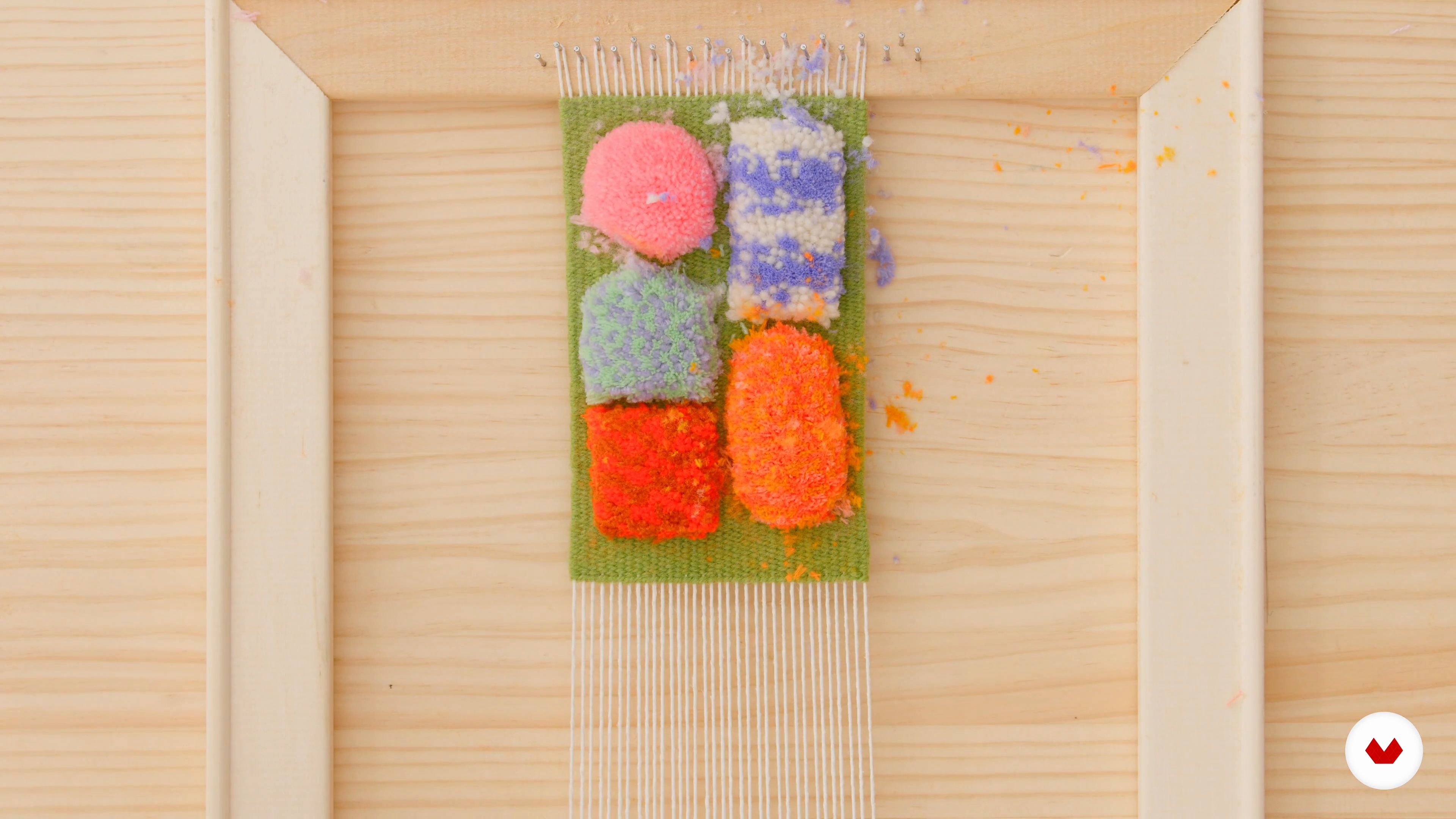
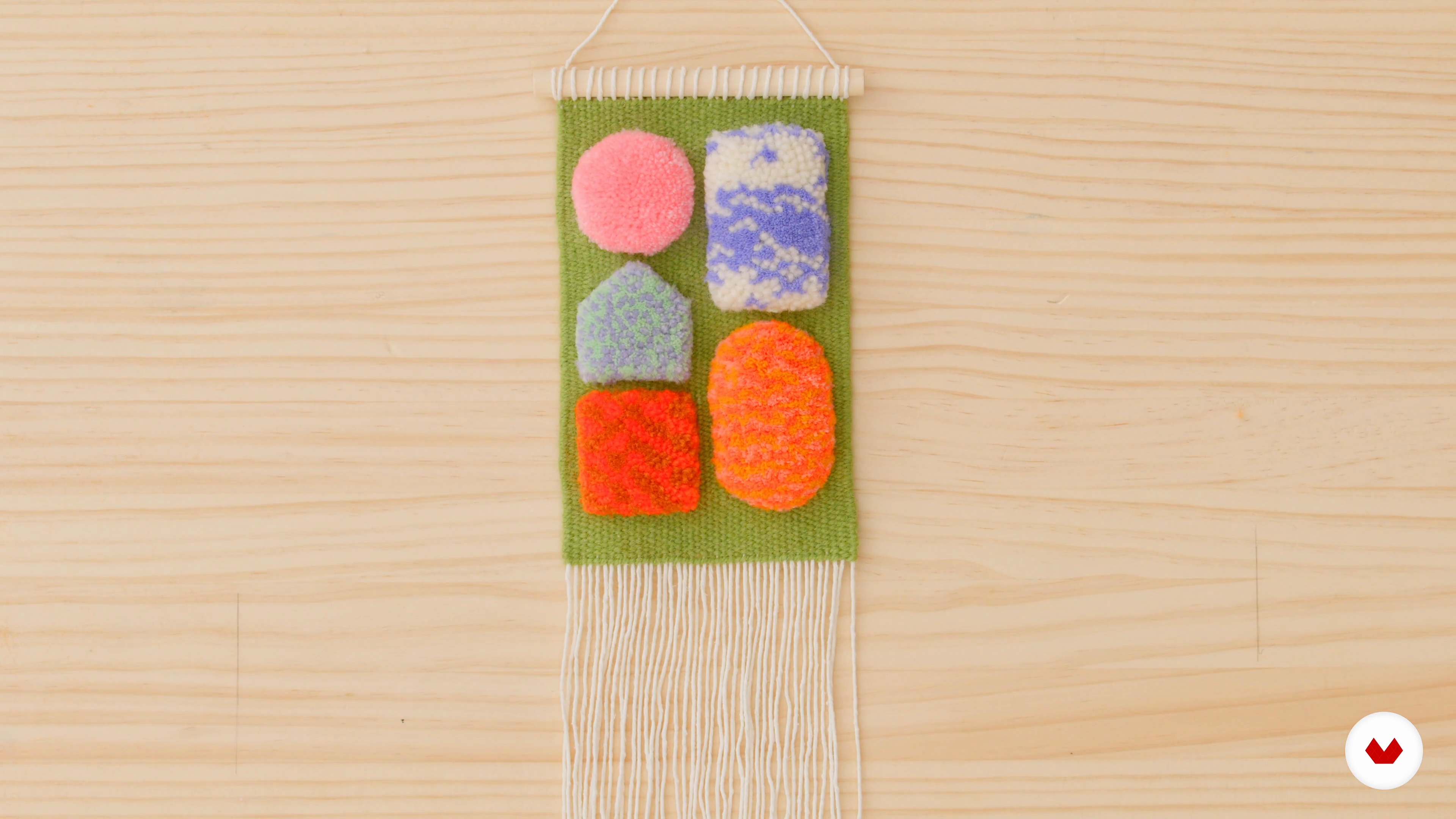
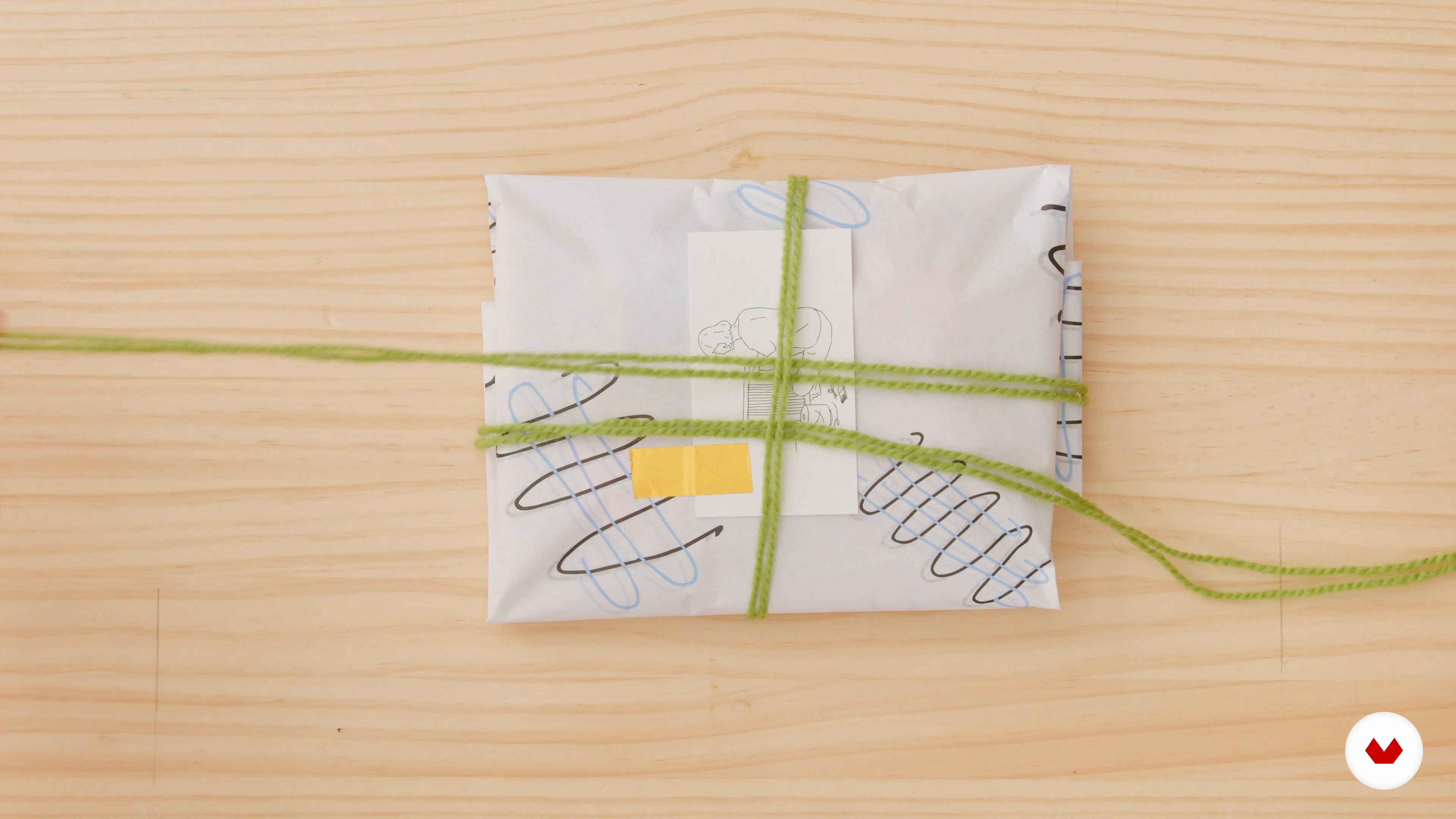
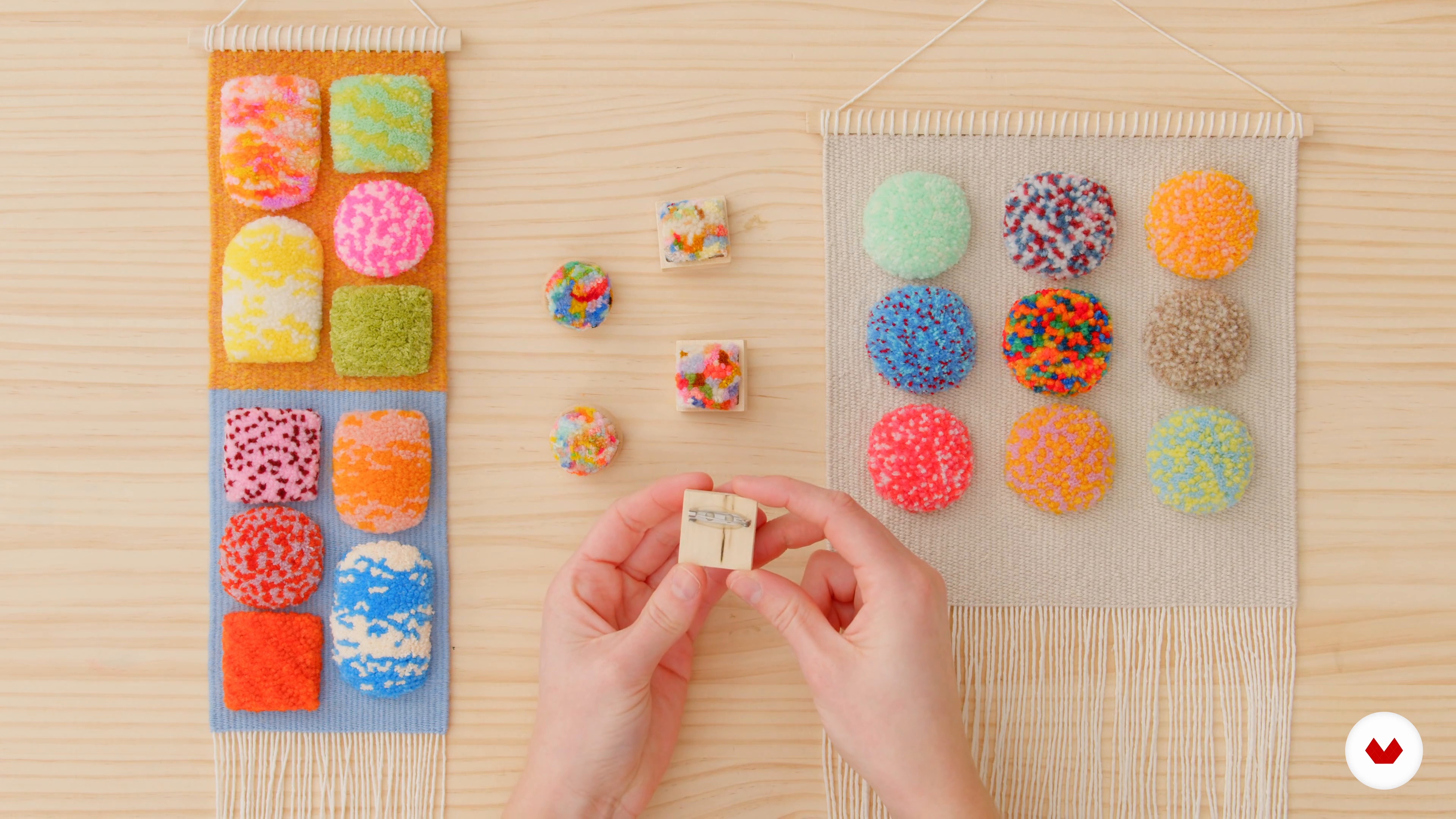
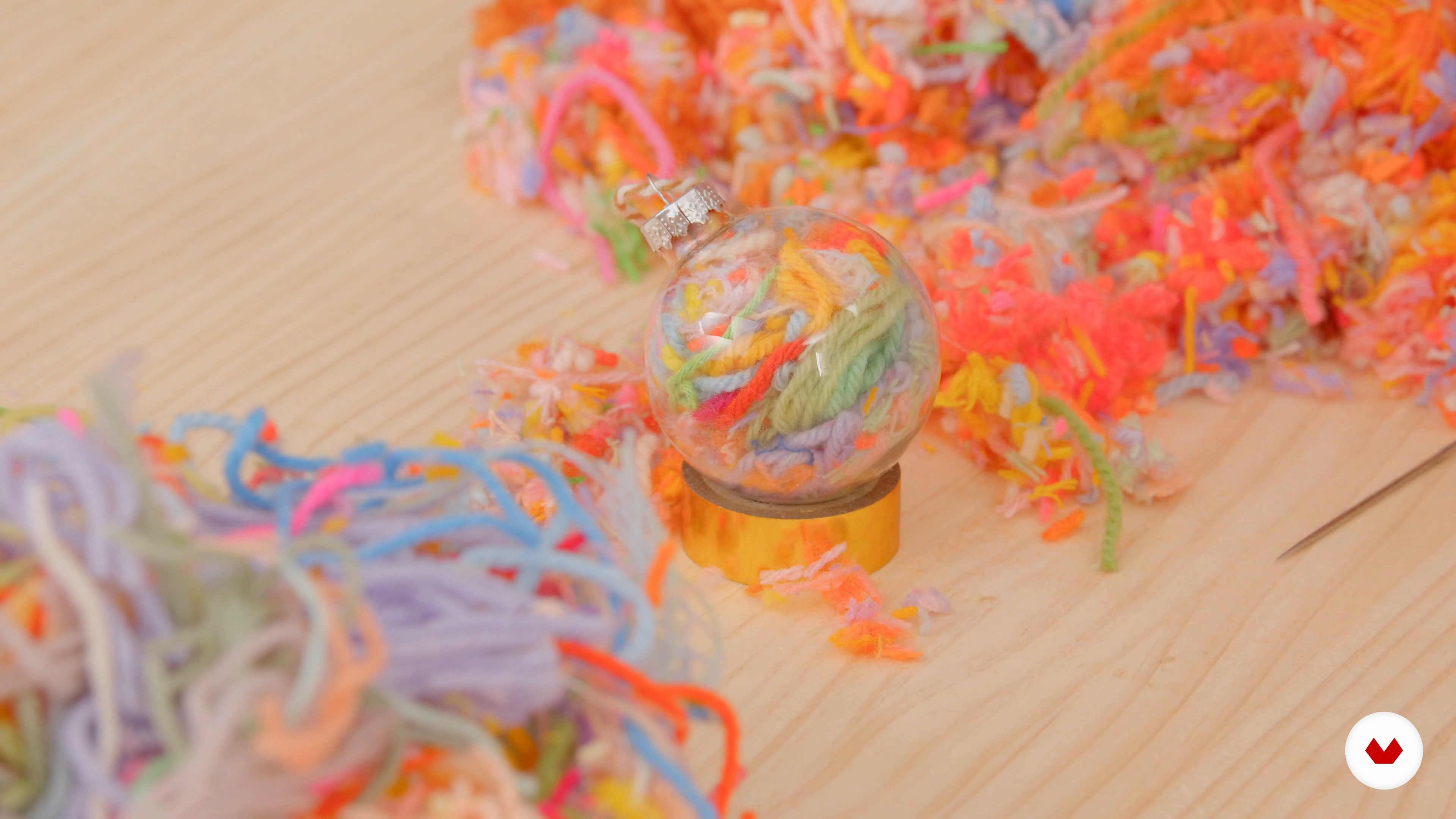
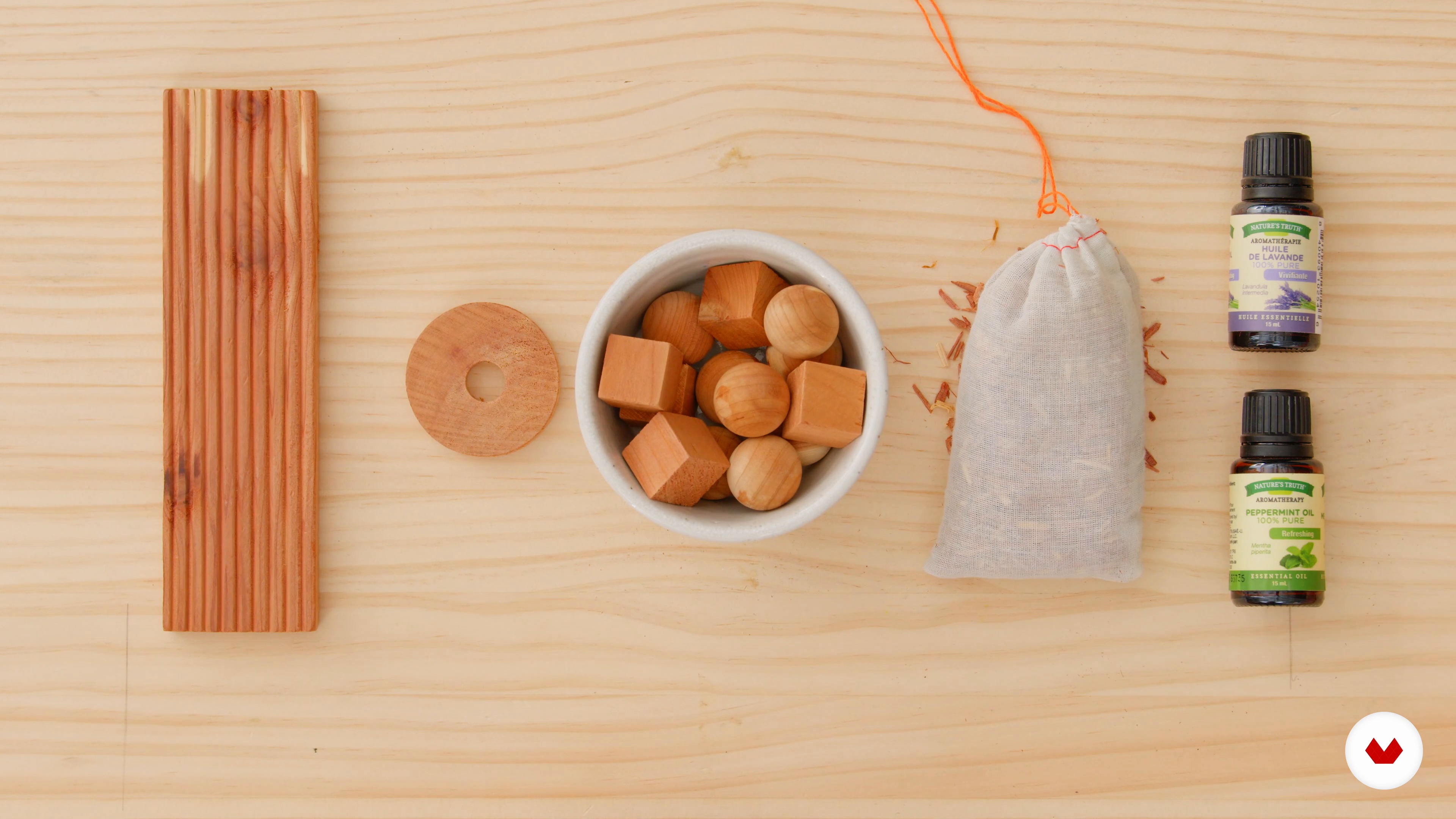

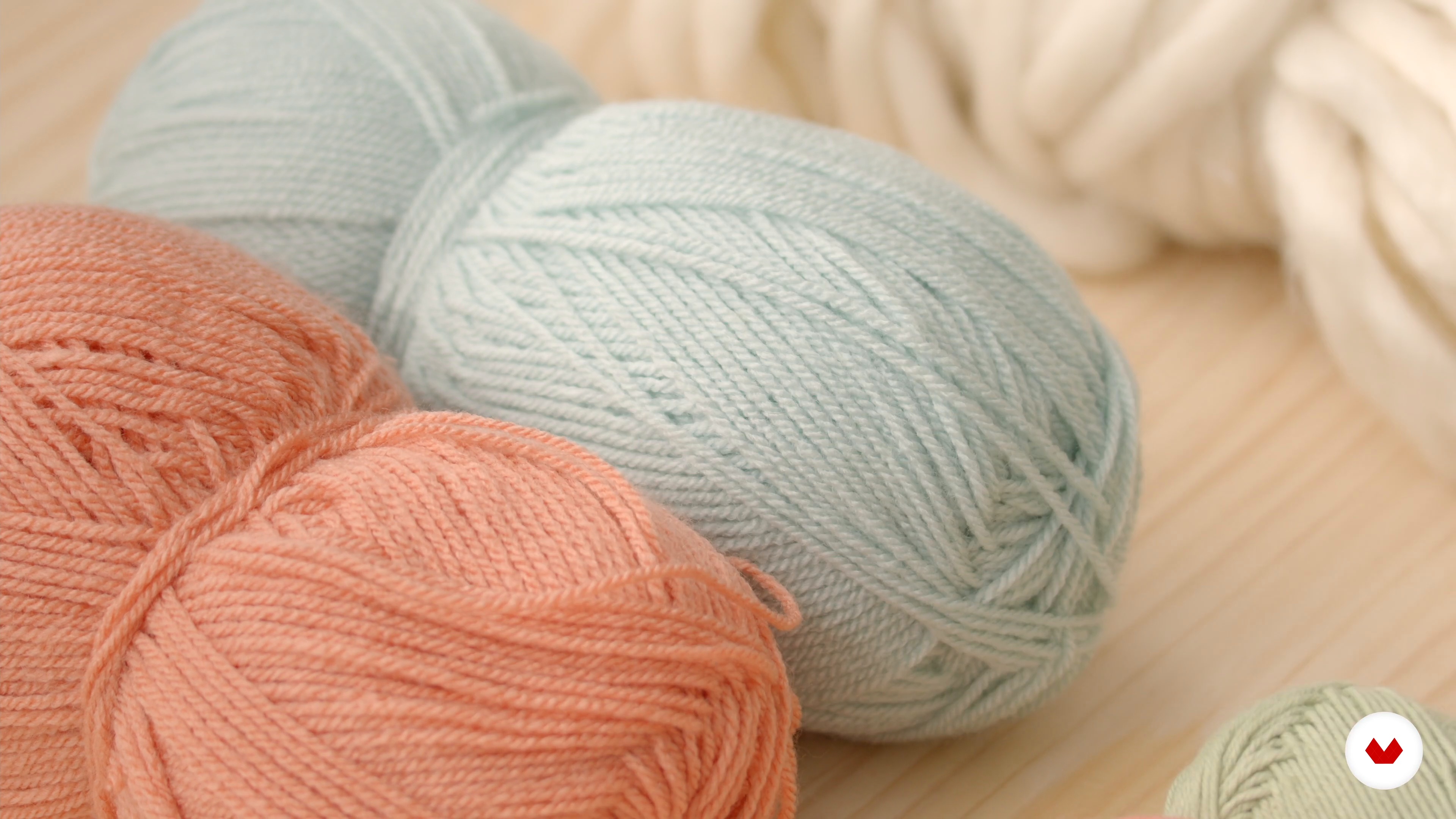
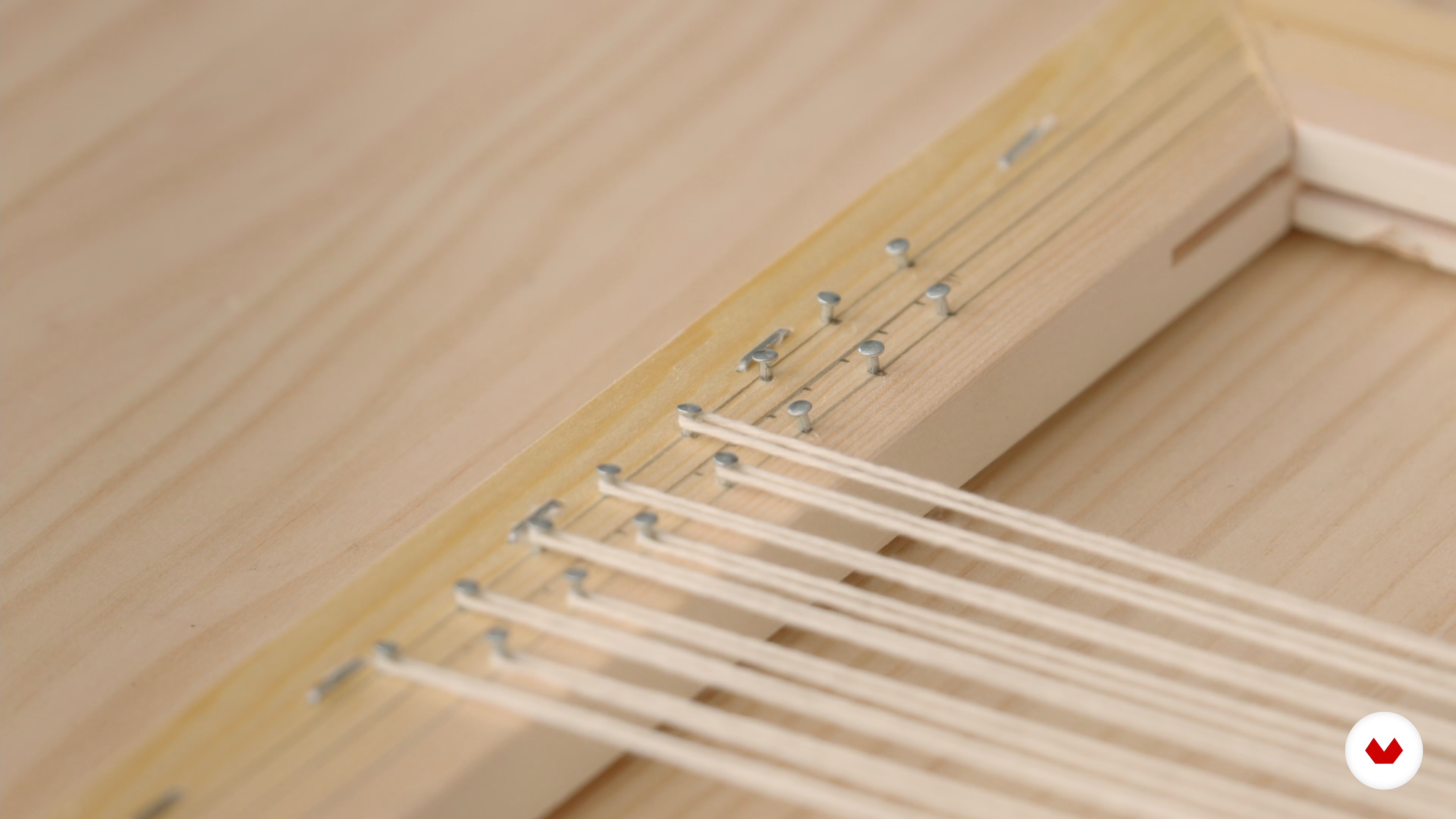
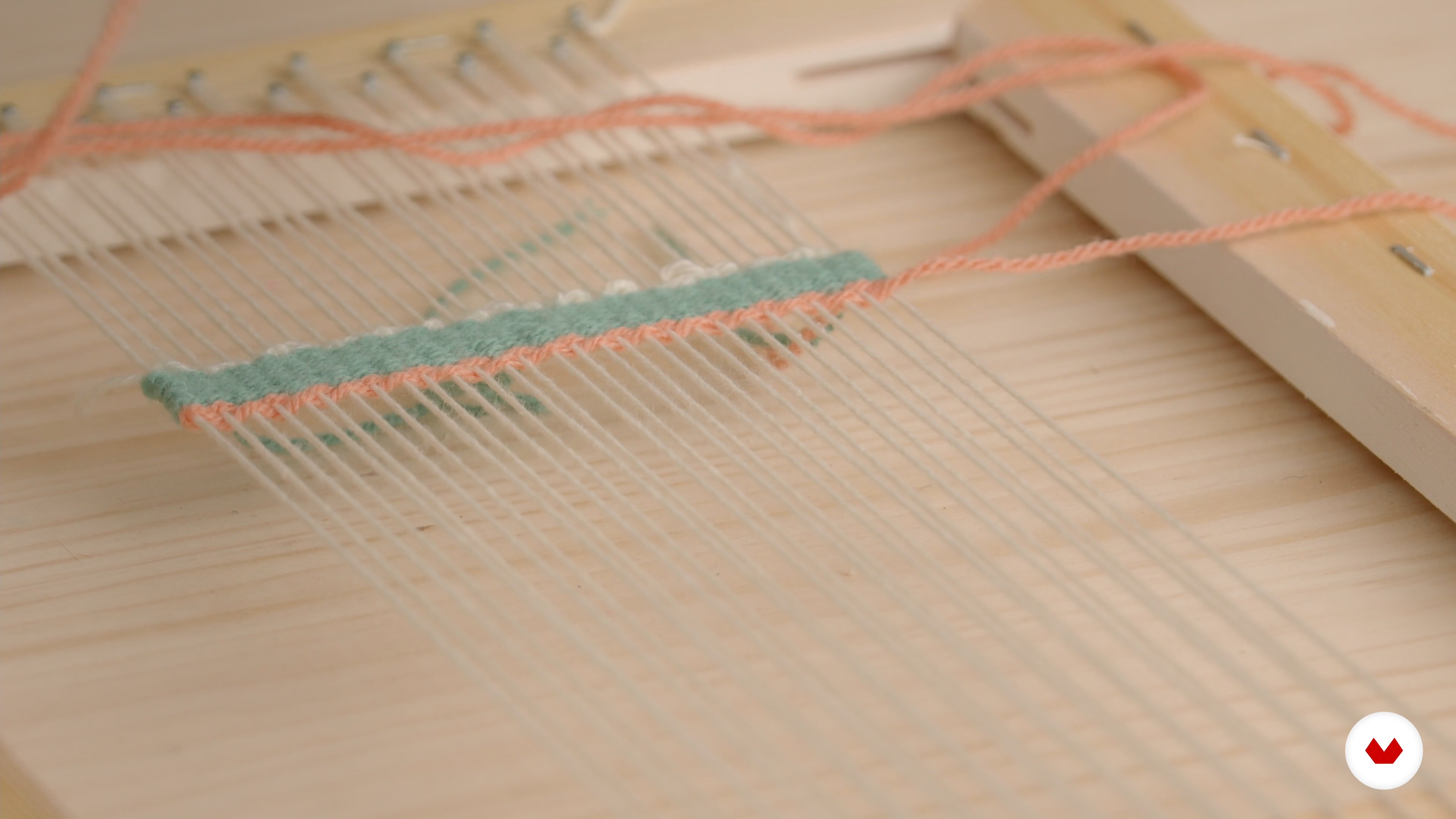
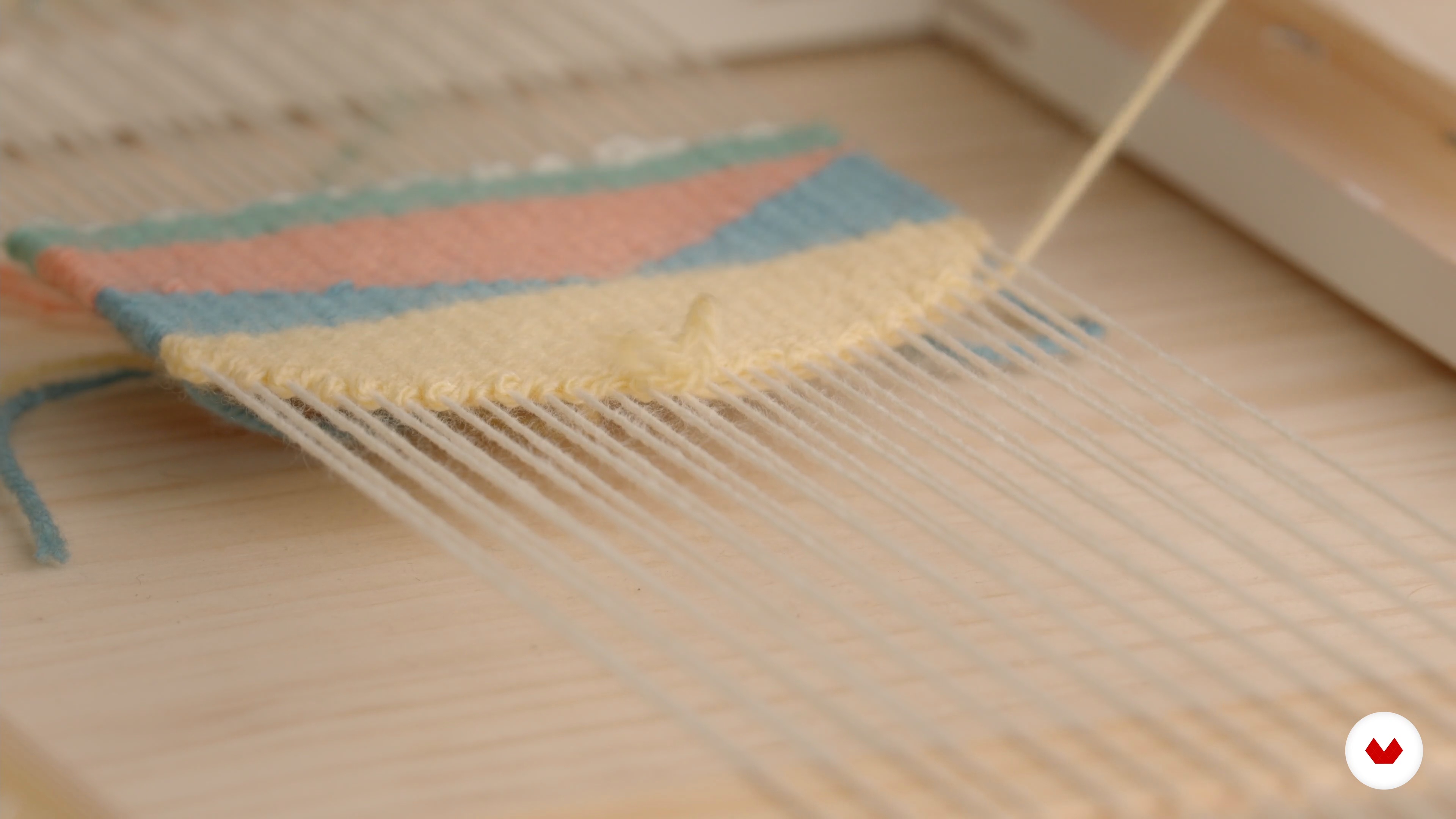
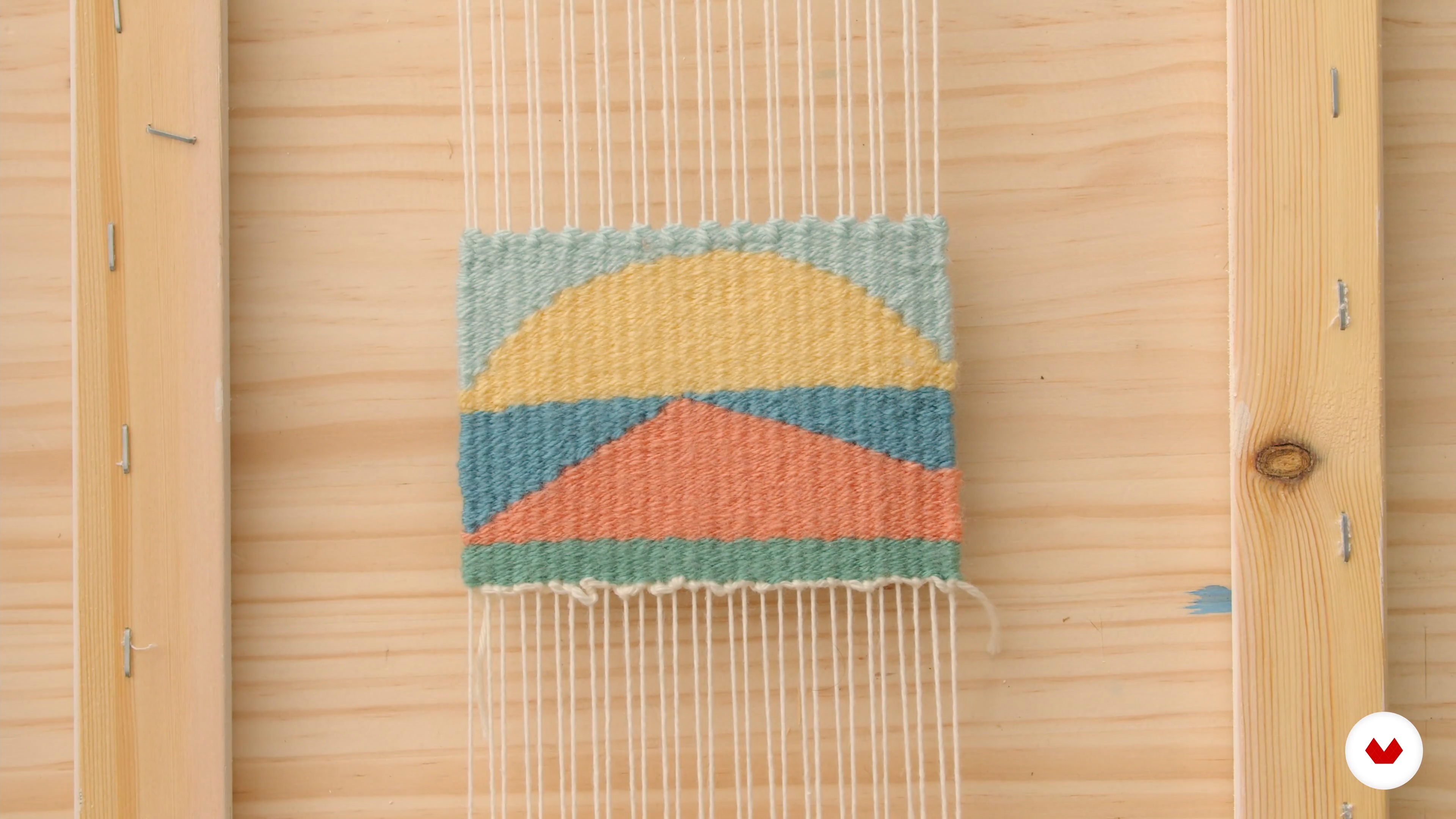
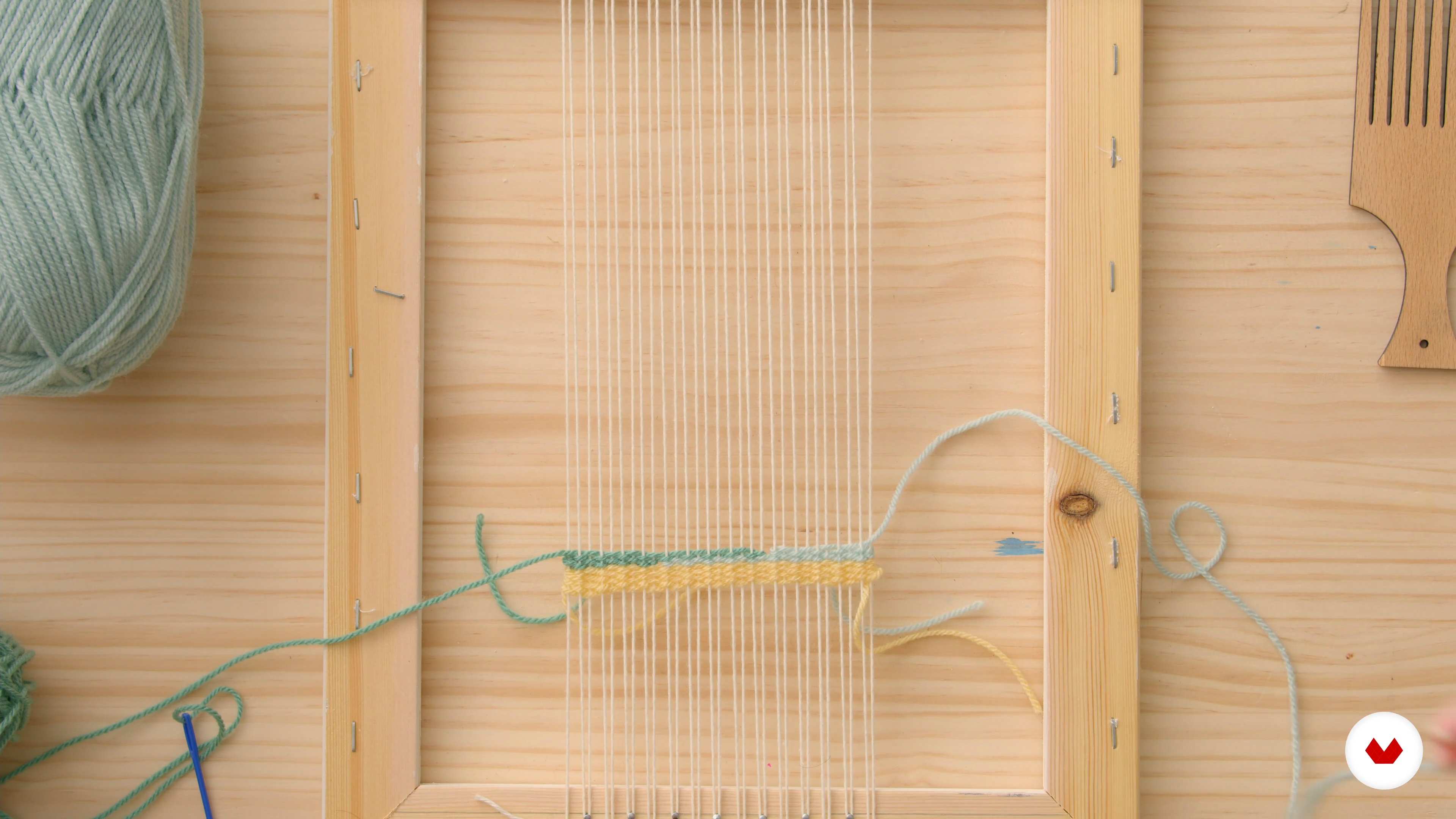
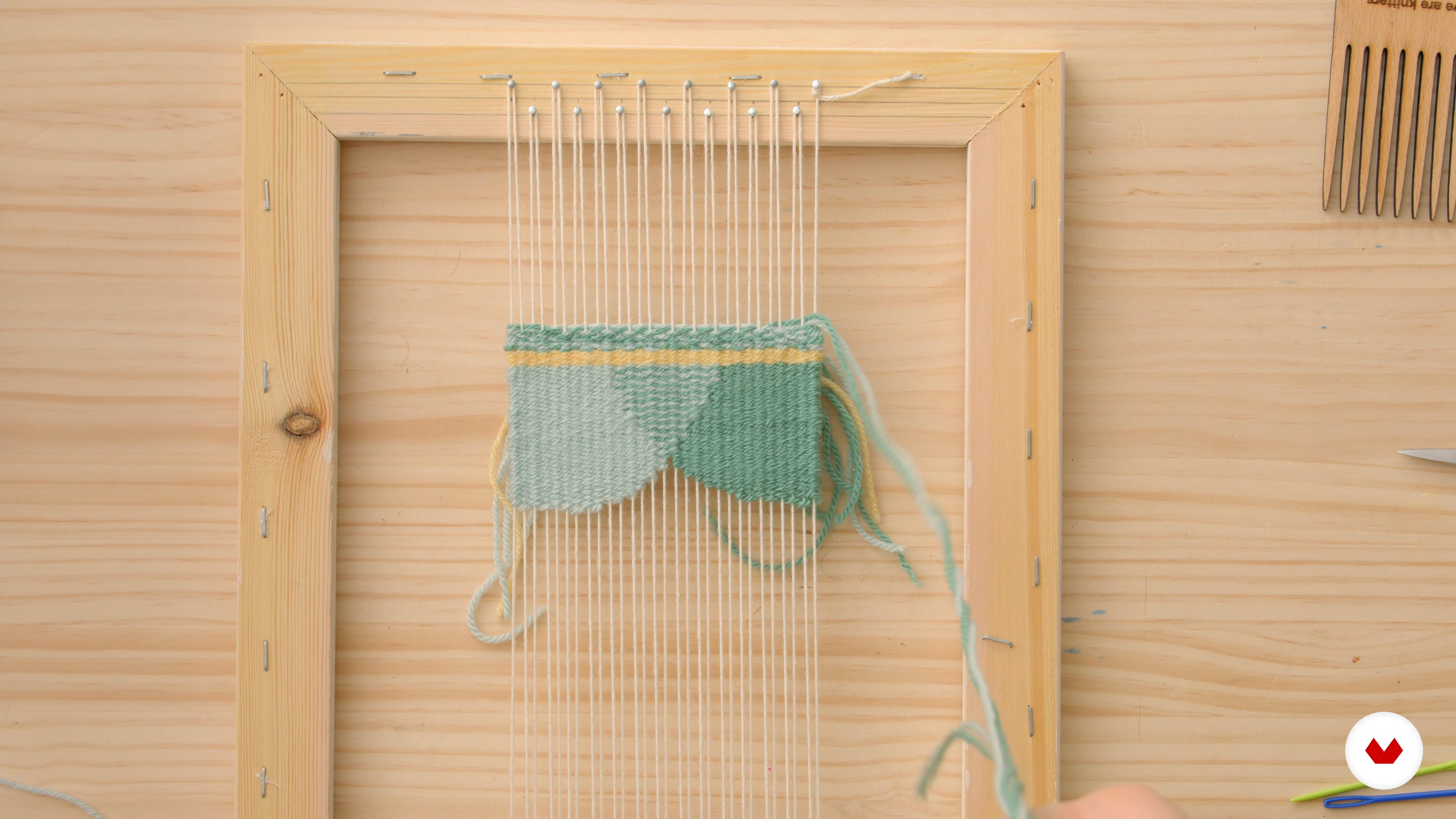
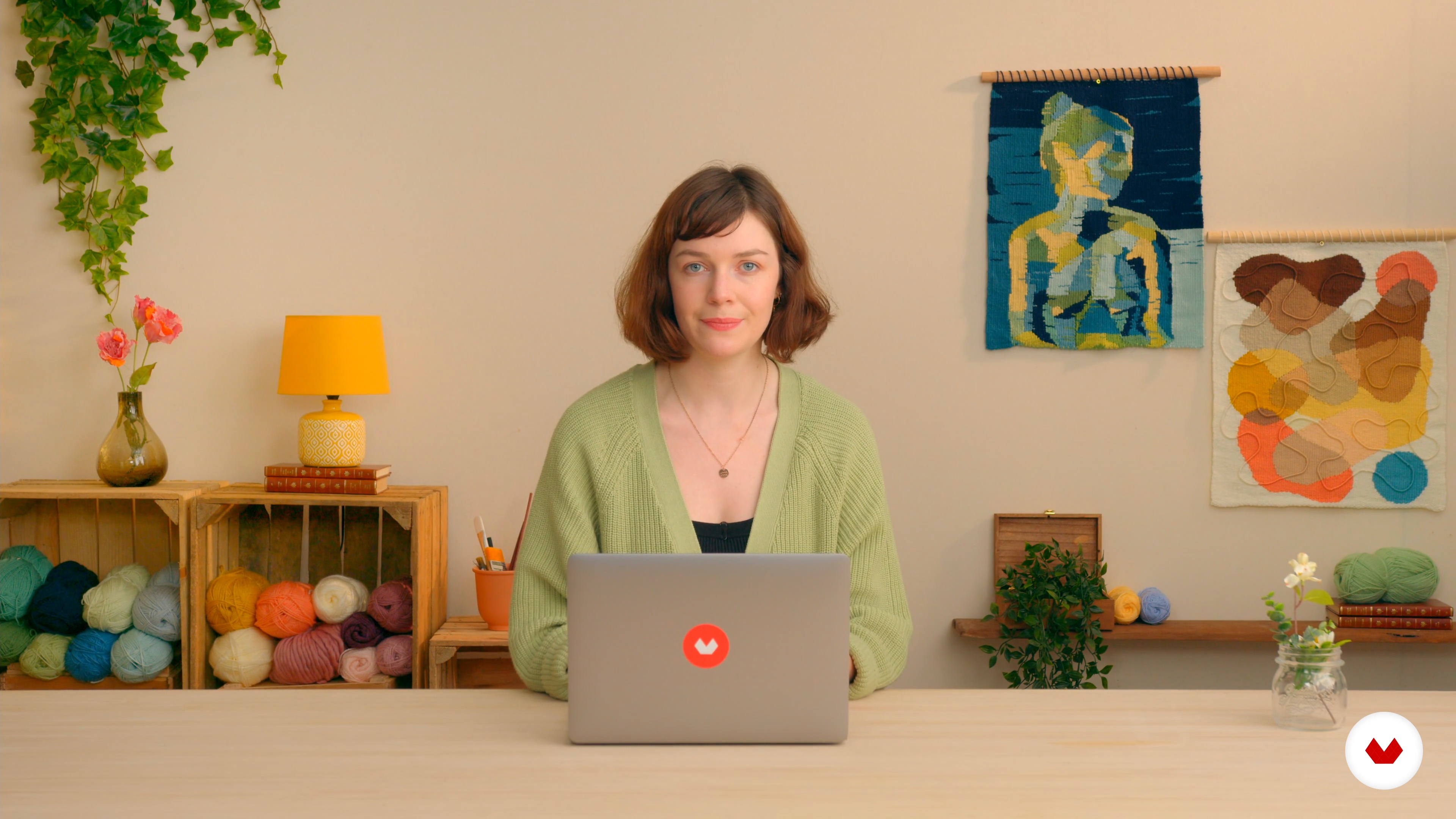
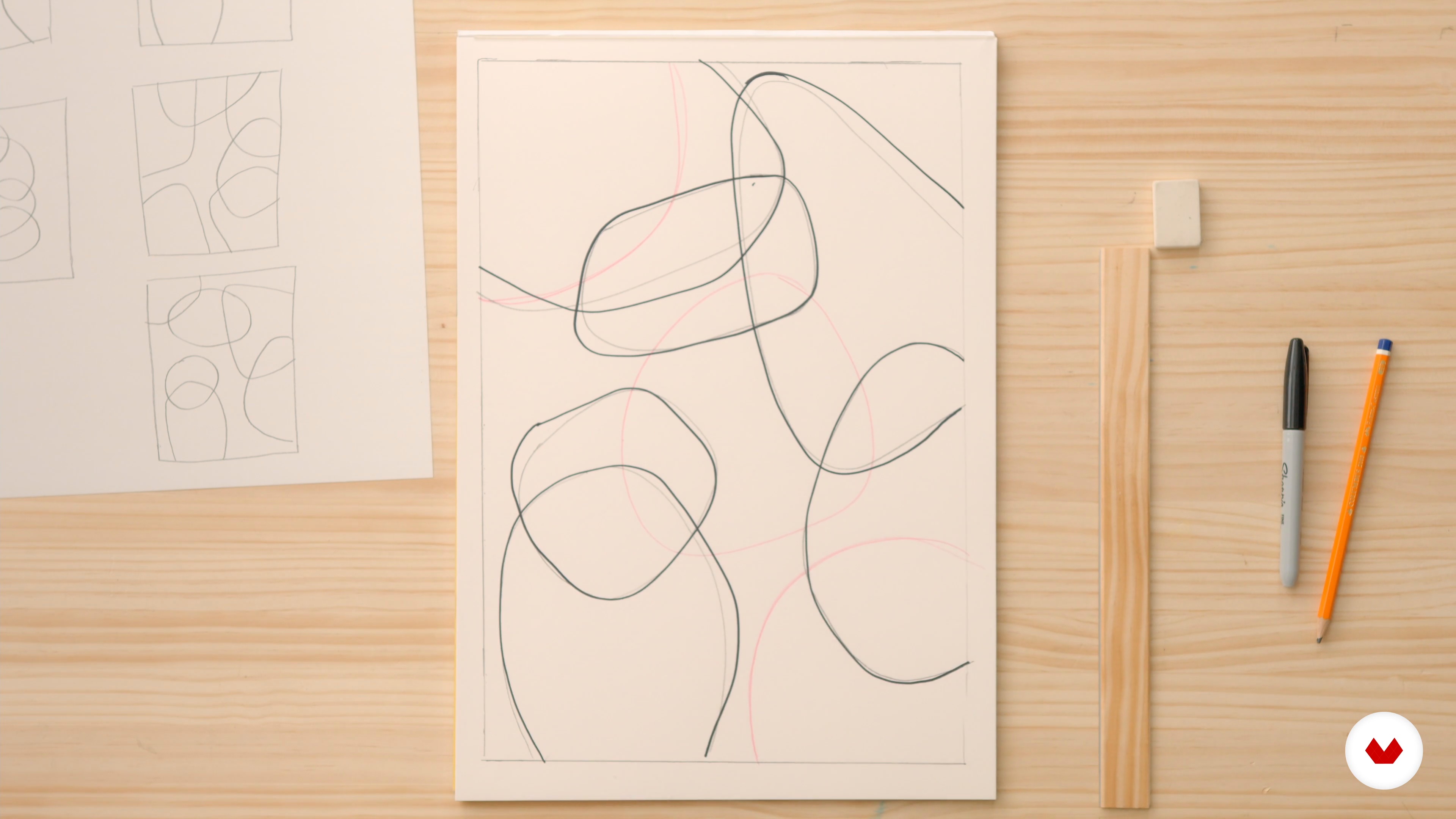
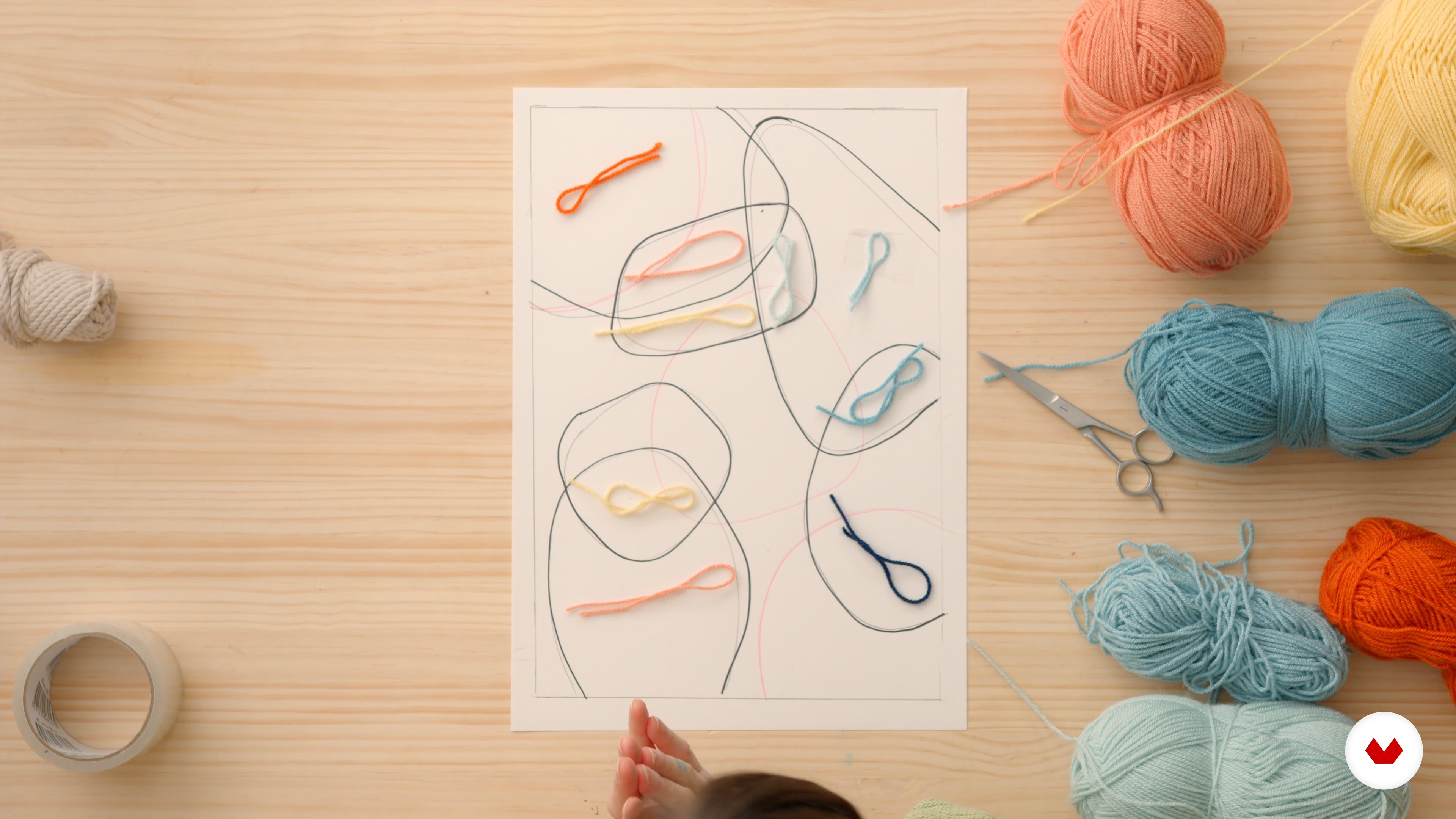
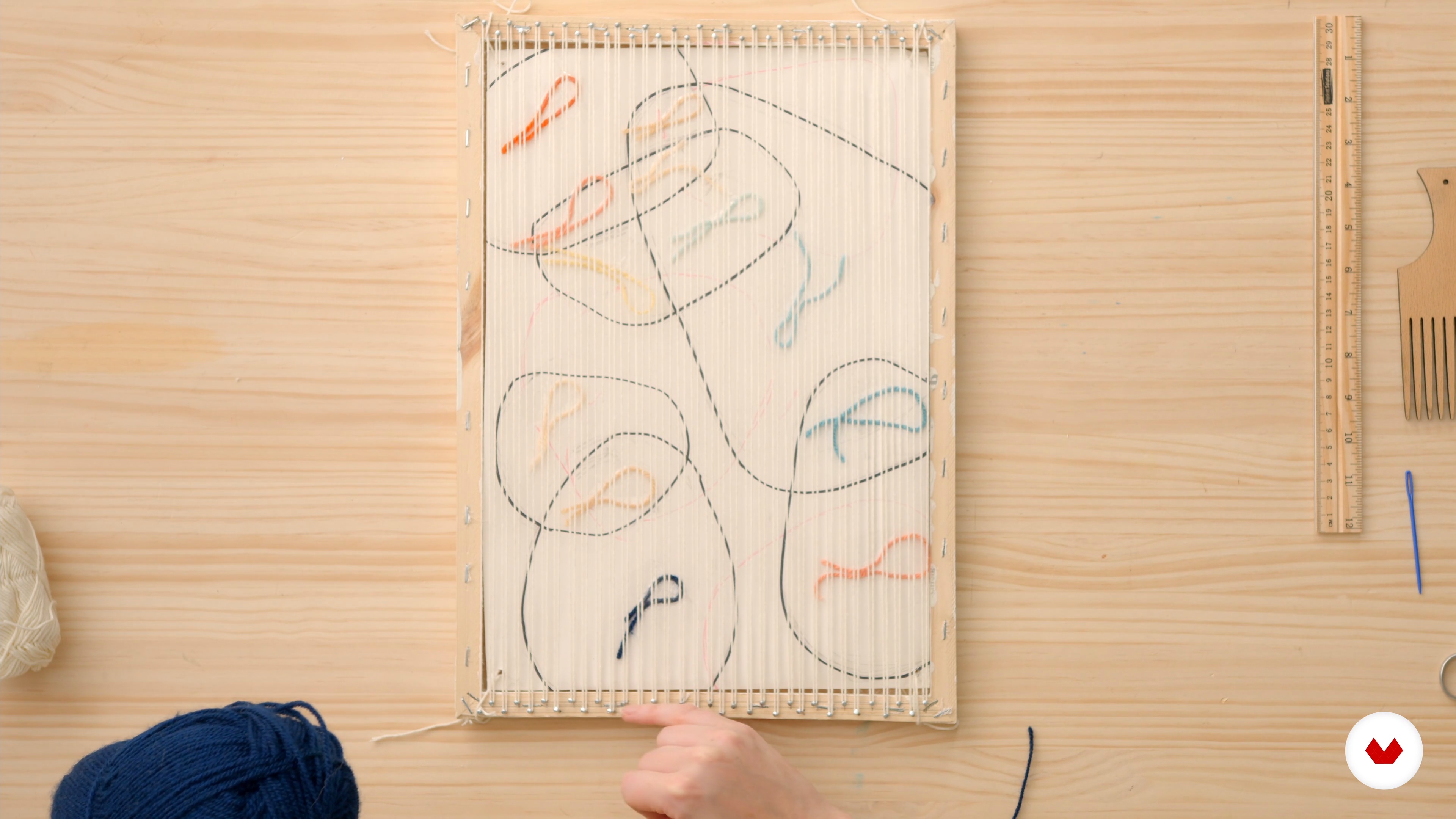
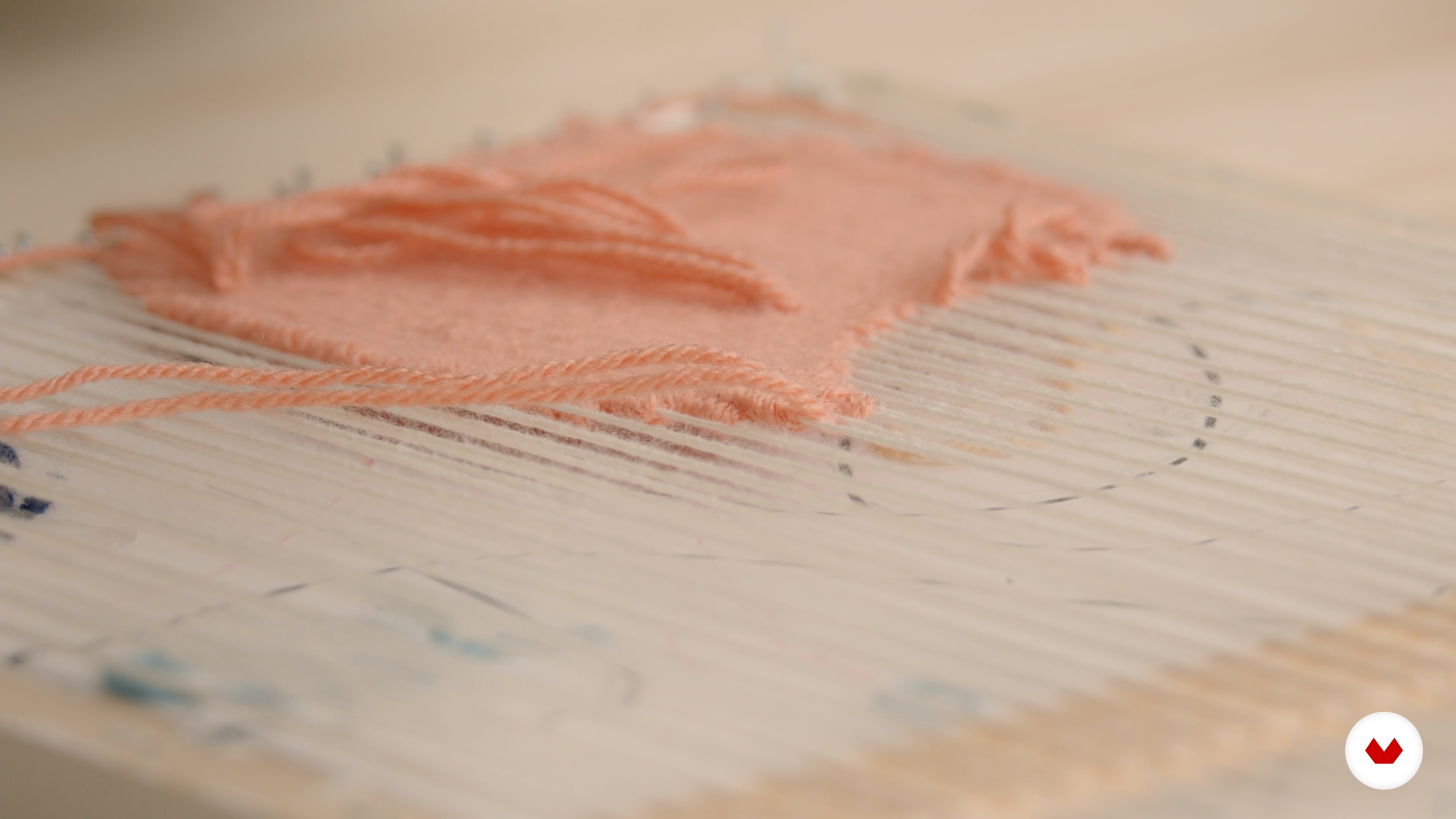
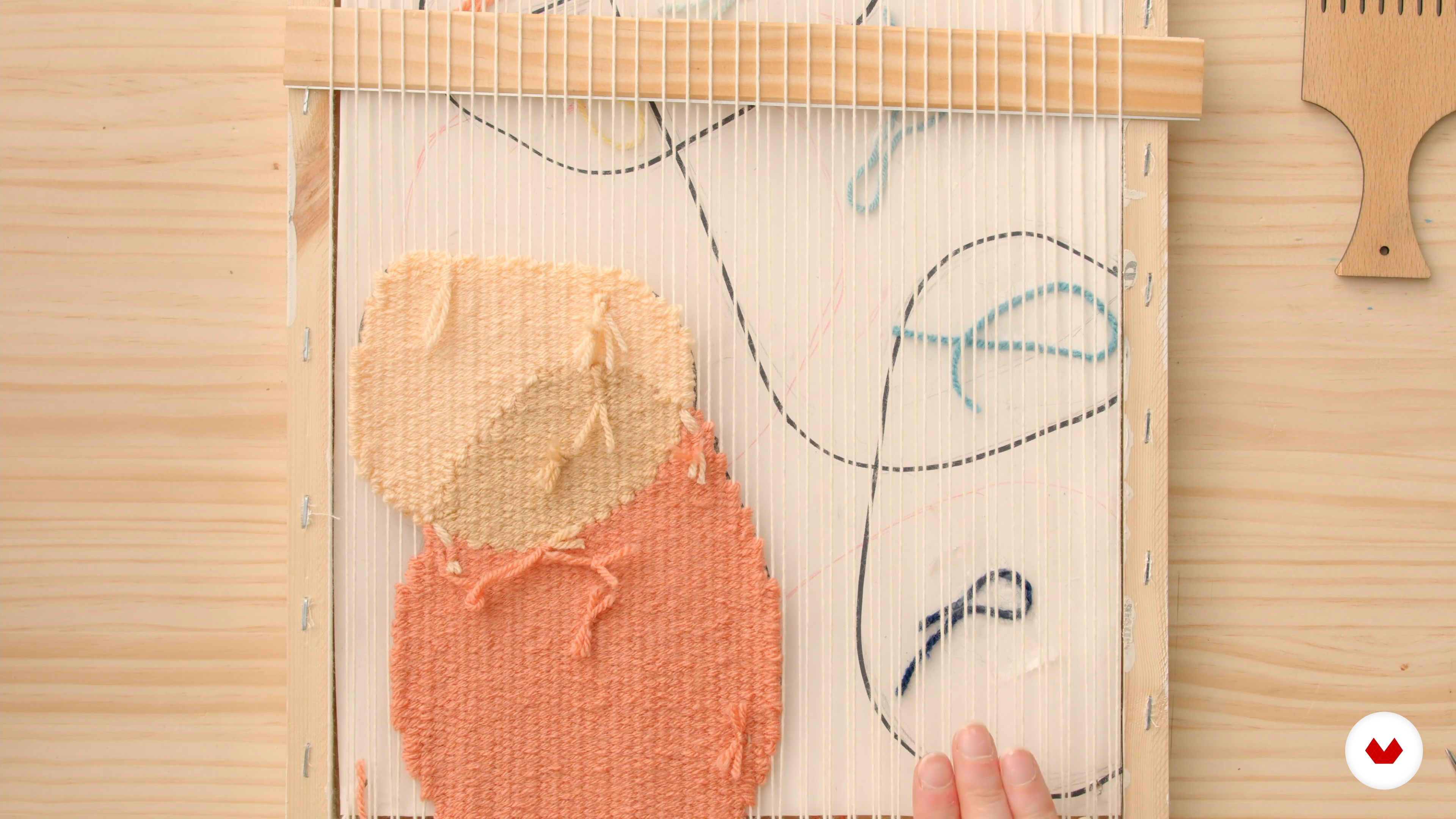
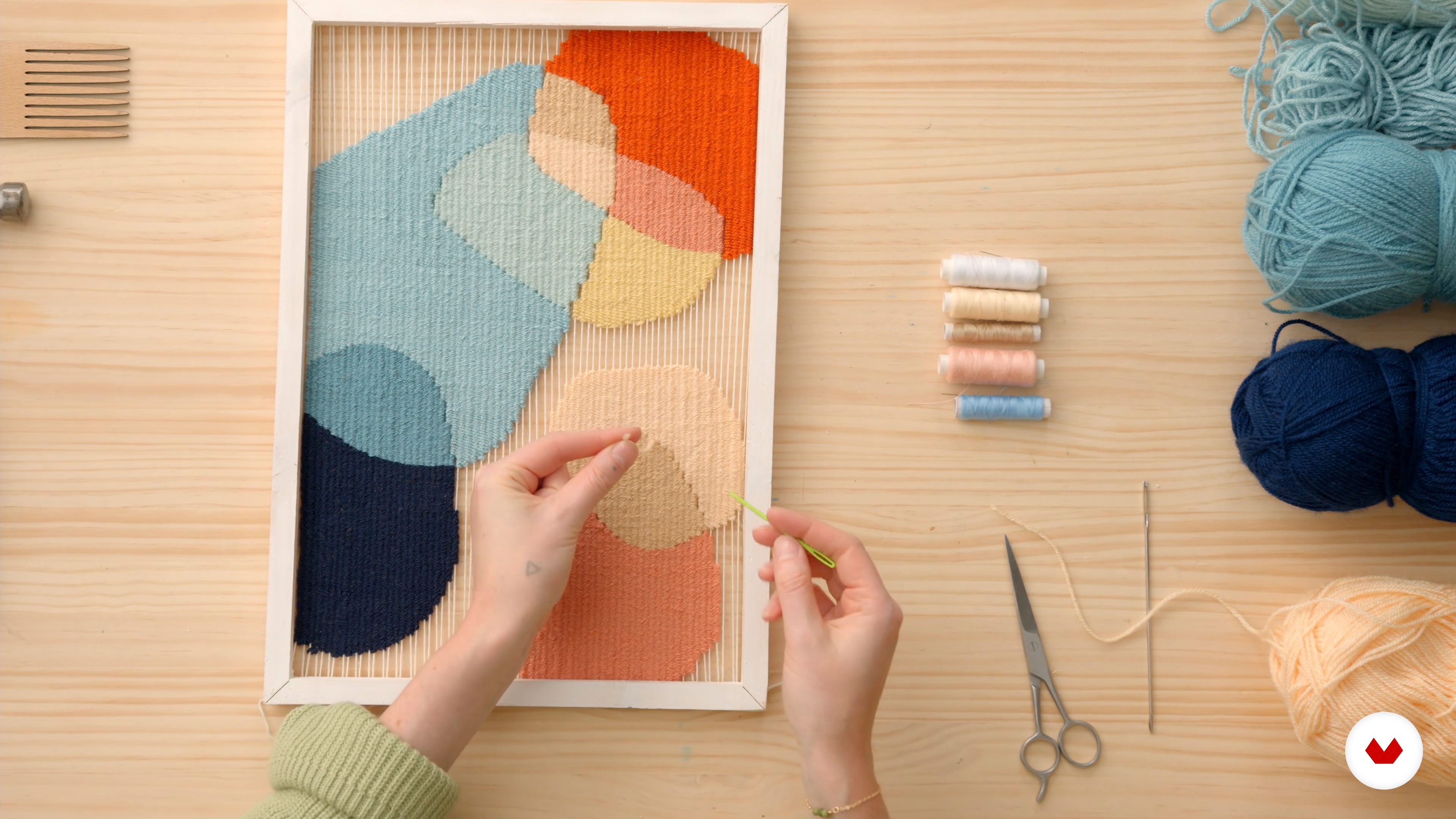
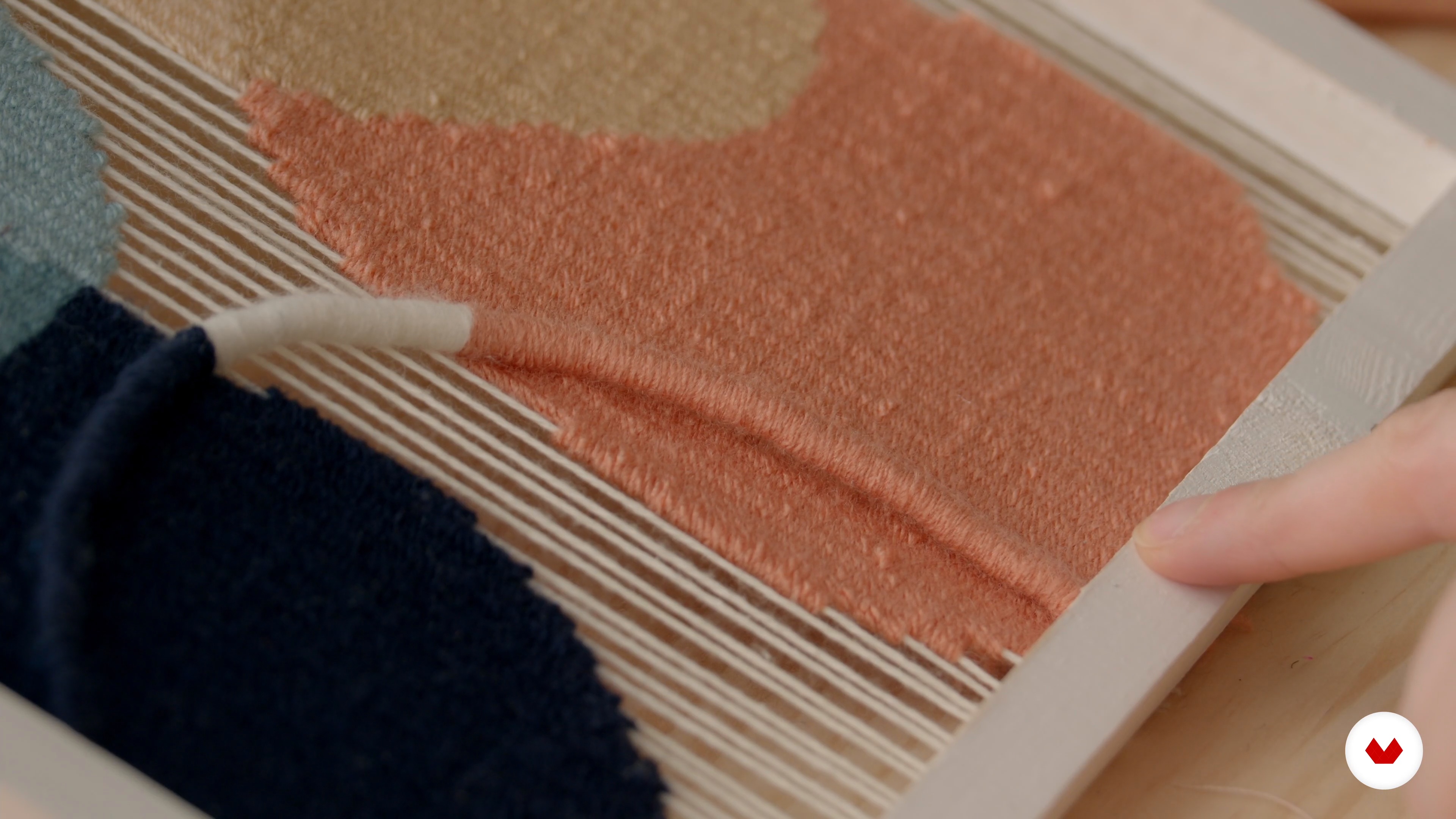
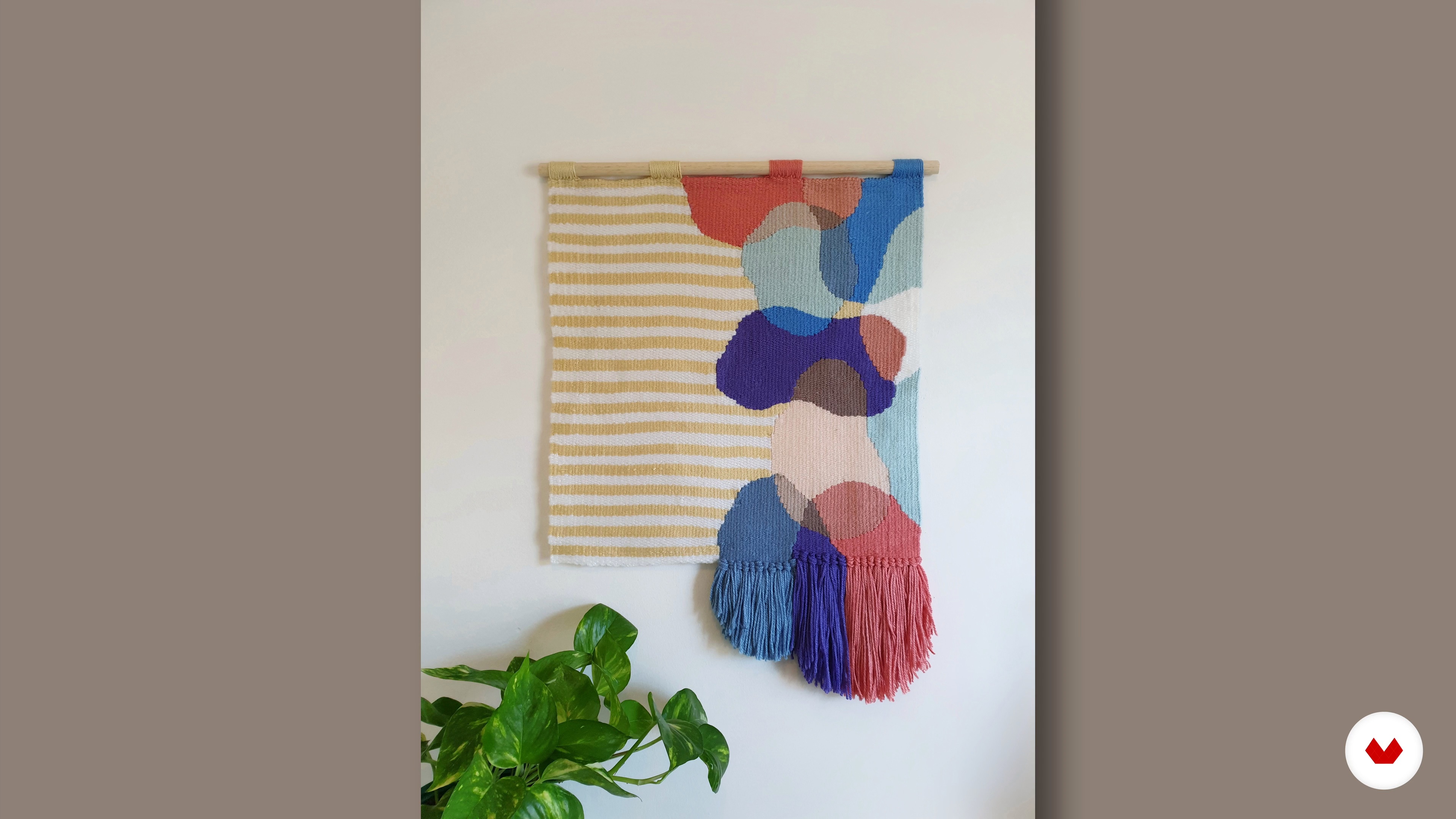
- 60 students
- 100 lessons (18h 27m)
- 116 additional resources (53 files)
- Online and at your own pace
- Audio: English, German, Spanish, Spanish (Latam), French, Italian, Dutch, Polish, Portuguese, Turkish
- Spanish · English · Portuguese · German · French · Italian · Polish · Dutch · Turkish
- Level: Beginner
- Unlimited access forever
What is this course's project?
The project involves creating a cohesive collection of contemporary tapestries, featuring a large piece with relief and texture elements, a colorful circular loom wall hanging, a pattern-focused frame loom piece, and smaller hand-woven specimens, culminating in a professional portfolio.
Who is this specialization for?
Ideal for creative enthusiasts and textile artists eager to explore weaving, pattern design, and 3D textures. This course suits beginners wanting foundational skills and seasoned weavers aiming to expand their technique repertoire and delve into modern tapestry art.
Requirements and materials
No extensive prior knowledge is required, but a basic understanding of weaving and access to a loom, yarn, and basic weaving tools is helpful. Participants should be ready to explore creativity and expand their skills in texture-rich tapestry creation.

What to expect from this specialization course
-
Learn at your own pace
Enjoy learning from home without a set schedule and with an easy-to-follow method. You set your own pace.
-
Learn from the best professionals
Learn valuable methods and techniques explained by top experts in the creative sector.
-
Meet expert teachers
Each expert teaches what they do best, with clear guidelines, true passion, and professional insight in every lesson.
-
Certificates
PlusIf you're a Plus member, get a custom certificate for every specialization course. Share it on your portfolio, social media, or wherever you like.
-
Get front-row seats
Videos of the highest quality, so you don't miss a single detail. With unlimited access, you can watch them as many times as you need to perfect your technique.
-
Share knowledge and ideas
Ask questions, request feedback, or offer solutions. Share your learning experience with other students in the community who are as passionate about creativity as you are.
-
Connect with a global creative community
The community is home to millions of people from around the world who are curious and passionate about exploring and expressing their creativity.
-
Watch professionally produced courses
Domestika curates its teacher roster and produces every course in-house to ensure a high-quality online learning experience.
FAQs
What are Domestika's online courses?
Domestika courses are online classes that allow you to learn new skills and create incredible projects. All our courses include the opportunity to share your work with other students and/or teachers, creating an active learning community. We offer different formats:
Original Courses: Complete classes that combine videos, texts, and educational materials to complete a specific project from start to finish.
Basics Courses: Specialized training where you master specific software tools step by step.
Specialization Courses: Learning paths with various expert teachers on the same topic, perfect for becoming a specialist by learning from different approaches.
Guided Courses: Practical experiences ideal for directly acquiring specific skills.
Intensive Courses (Deep Dives): New creative processes based on artificial intelligence tools in an accessible format for in-depth and dynamic understanding.
When do the specialization courses start and when do they finish?
All specialization courses are 100% online, so once they're published, specialization courses start and finish whenever you want. You set the pace of the class. You can go back to review what interests you most and skip what you already know, ask questions, answer questions, share your projects, and more.
What do Domestika's specialization courses include?
The specialization courses are divided into different modules. Each one includes lessons, informational text, tasks, and practice exercises to help you carry out your project step by step, with additional complementary resources and downloads. You'll also have access to an exclusive forum where you can interact with other students, as well as share your work and your final project, creating a community around the specialization courses.
Have you been given a specialization courses?
You can redeem the specialization courses you received by accessing the redeeming page and entering your gift code.







